
For the past two years, I’ve been putting off visiting Hiroshima, purely because of its grave history. Finally making the journey, however, has made me realise that a place isn’t defined by its past, rather, what it stands for today.
If like me you were brought up on British sitcoms like Monty Python and Faulty Towers, the line “Don’t talk about the war” will probably start a bubbling rise of uncontrollable sniggering. But in all seriousness, as a Brit with Czech ancestry who’s lived half their life in Australia (all three countries either antagonists or victims of evil), not talking about the war is pretty much the done thing. The Second World War, like all wars, was a time of huge upheaval, chaos, senseless murder and atrocities committed by many. Whilst the past should absolutely not be forgotten and those pivotal in past evils not be forgiven, today we should try and focus on the positives.
During my recent four-day trip to Hiroshima, I had seven cars lined up to shoot and a trip to the Mazda Museum booked. But before I show you around the museum, let’s first take a little look at the city itself.
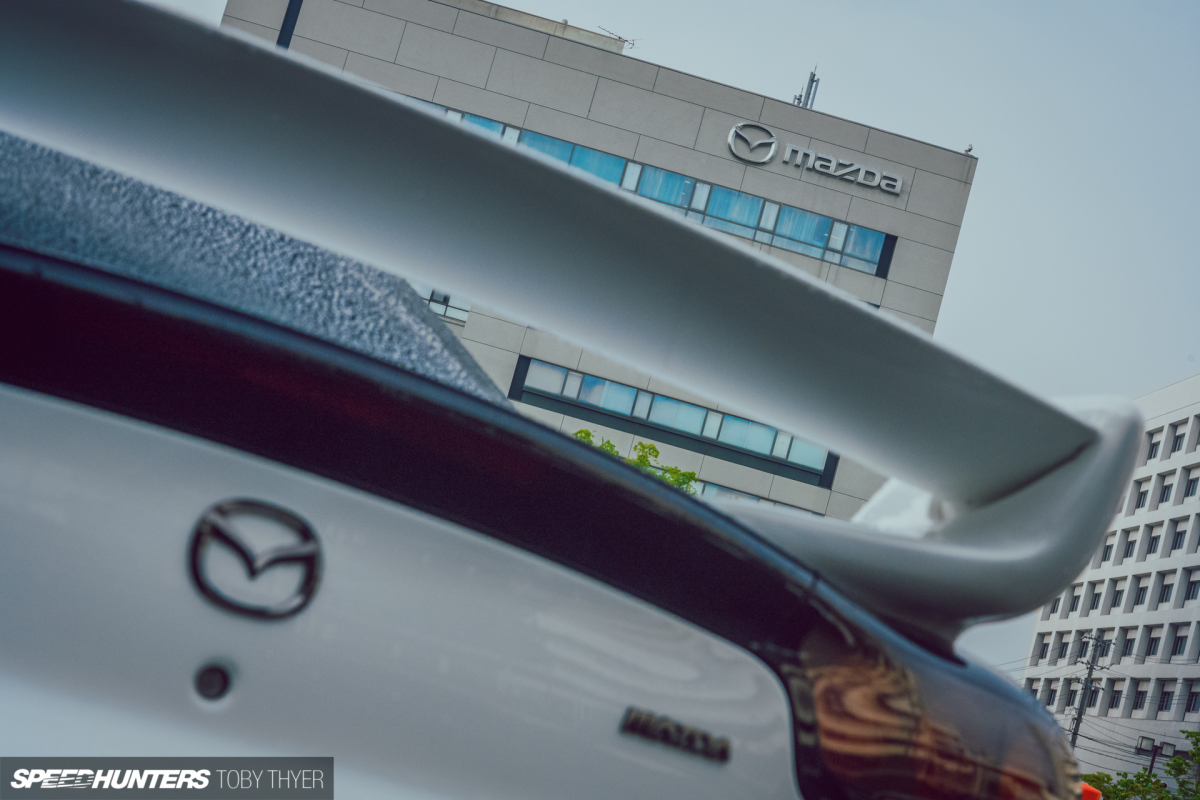
After a four-hour, 300km/h+ Shinkansen journey and a very hot and sweaty walk to my hotel, the first thing I did in Hiroshima was pay a visit to the Atomic Bomb Dome Peace Memorial, right in the heart of the city.
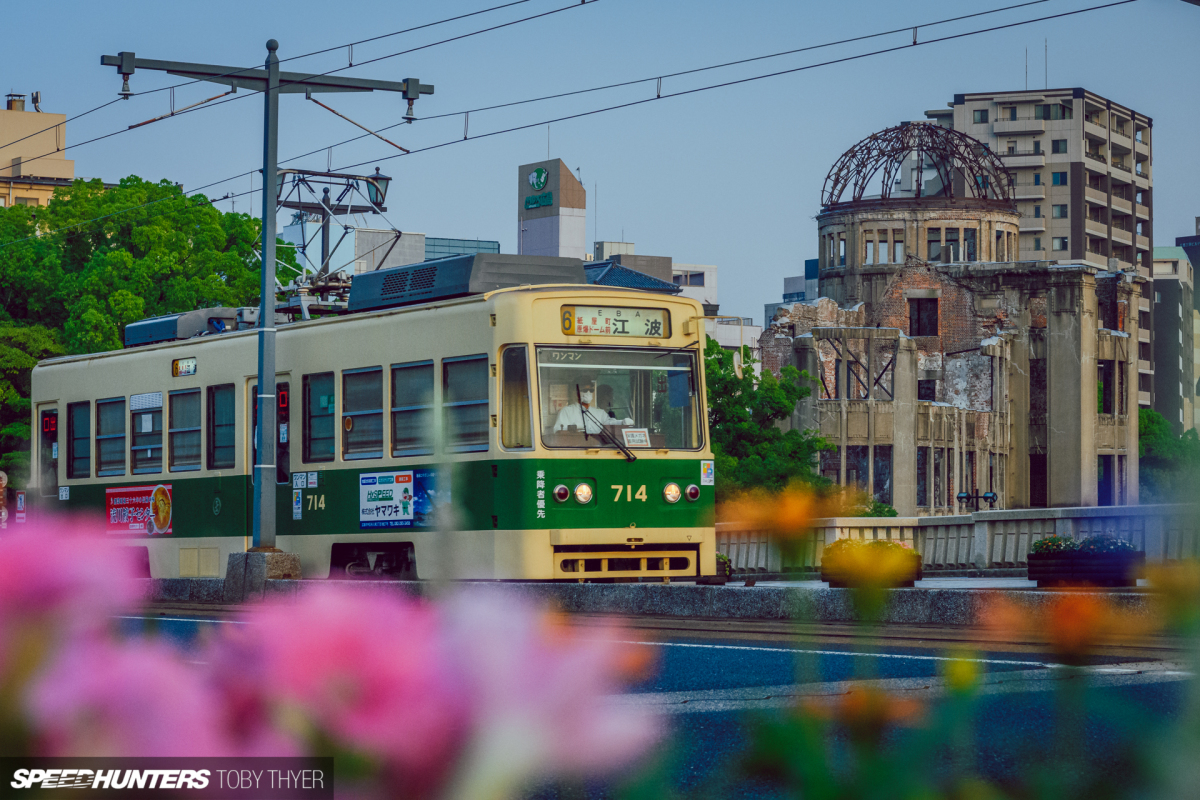
It was a few degrees warmer than Kanagawa and the humidity was palpable.
Walking around, it was much like any other Japanese city: full of great places to eat, with little bars tucked away everywhere and a balanced mix of new and old.

Until of course you notice, there aren’t any really old buildings. Not like Kyoto and Tokyo or any other city not obliterated by an atomic blast.
Trams trundle through the broad streets, themselves a constant reminder of the extensive, modern city planning which took place when the city was rebuilt.
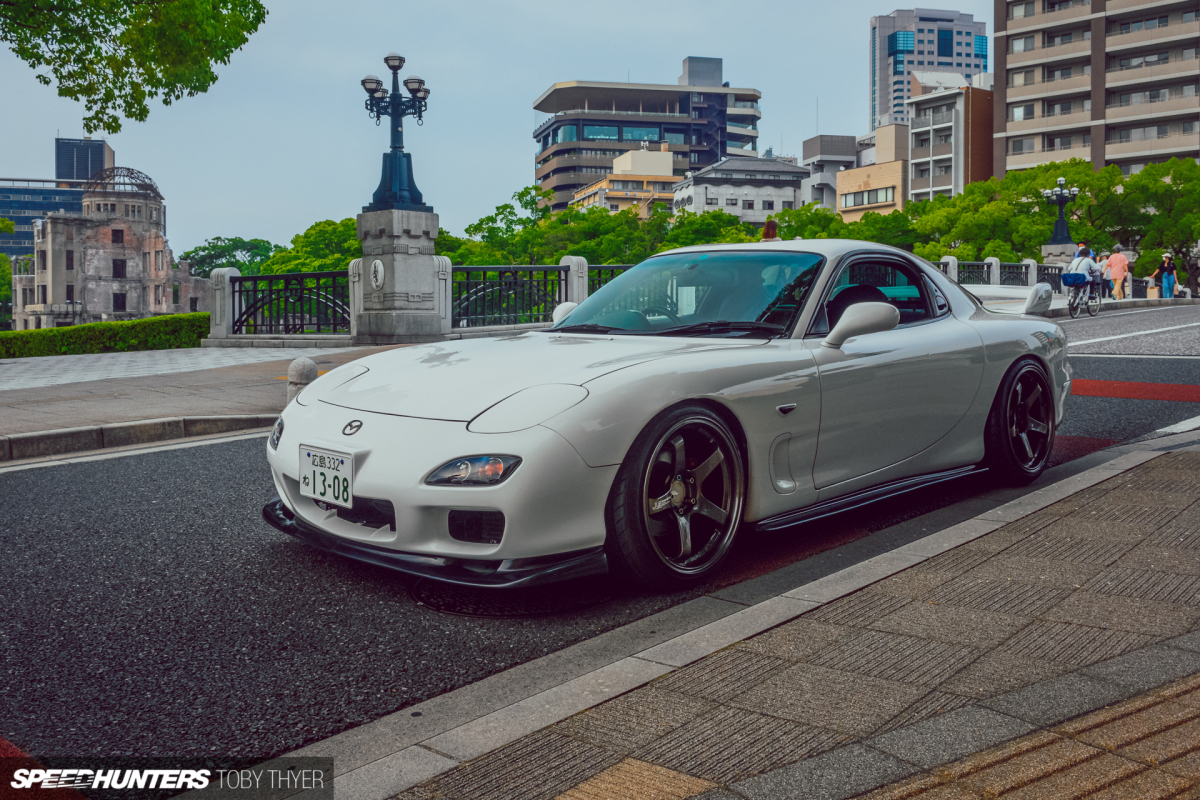
Across the road from the dome is Orizuru Tower, a mixed-use building with an observation deck at the top. If you didn’t know any better, you might just enjoy the view and buy a coffee or souvenir, but on this site once stood the central Hiroshima Mazda dealership.
From here, we begin to understand how integral the Mazda brand has been to Hiroshima’s post WWII.
The structure is one of a handful of buildings across Hiroshima’s 10km-square blast zone which remained partly standing after the bomb went off just 490ft above the dome itself on August 6, 1945. At the time of the blast, the grand building was used as a product exhibition hall to promote local art, as well as to showcase local industry and technology. It was actually designed by Czech architect Jan Letzel, a fact that made my mum very proud when I told her about it.
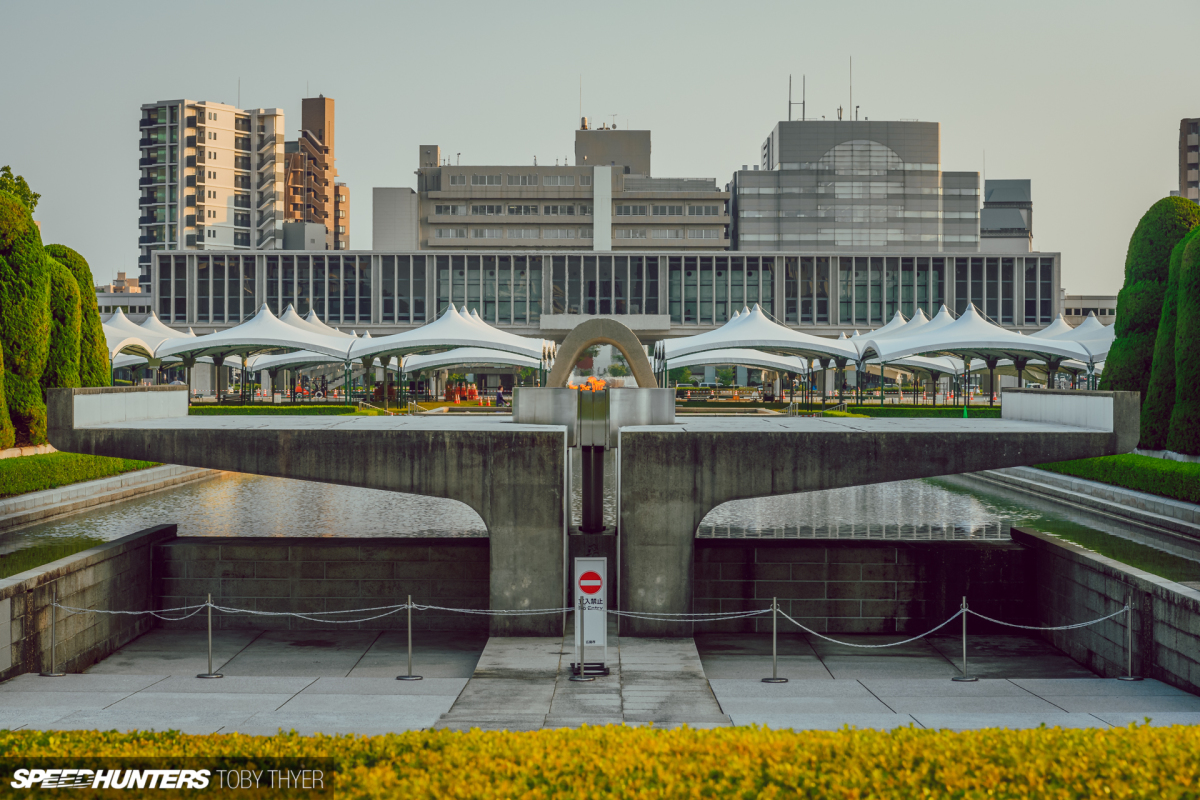
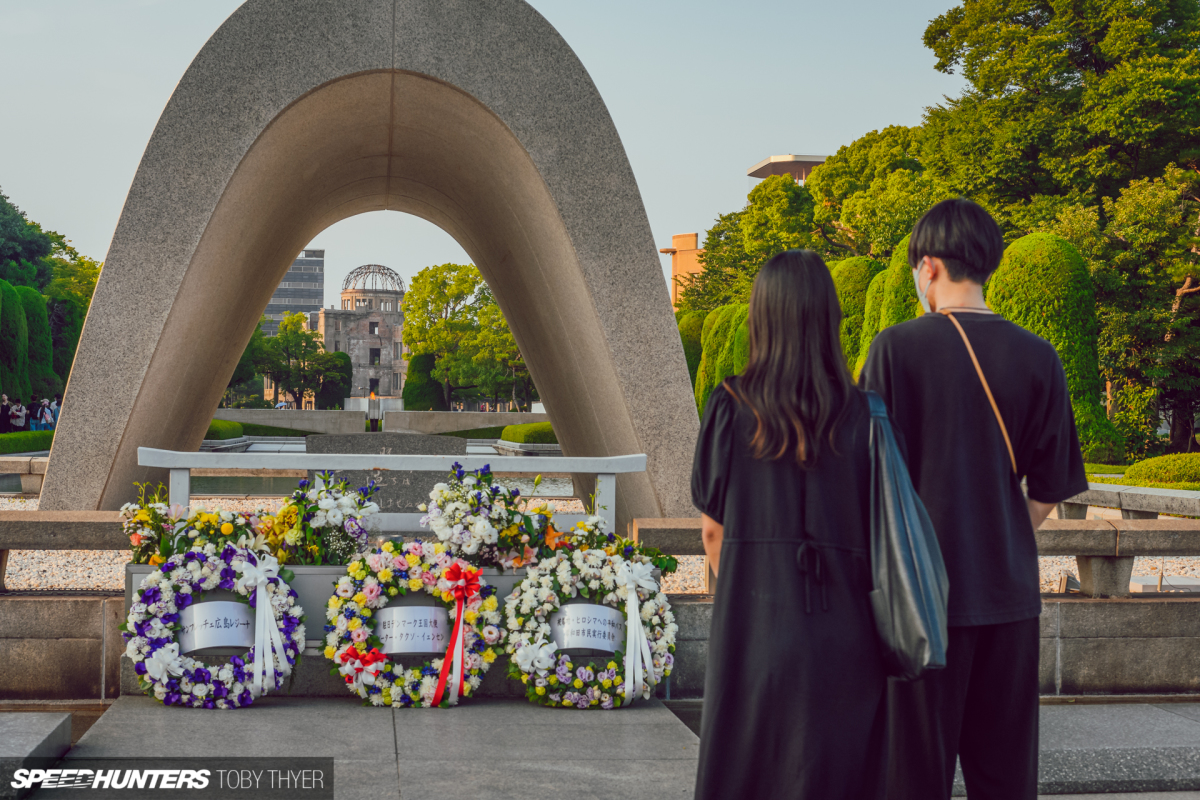
Today, the area beneath ground zero is covered in beautiful parks and monuments. The city is intersected by six river estuaries, which means you’re always in earshot of the soothing sounds of water flowing out to sea. It’s a place to give thanks for the peace we have, and to pray for the hundreds of thousands of lives lost in the Pacific War.
There is a definite sense of calm walking along the rivers and through the parks, and little cafés dot the river banks alongside plaques which show how things looked immediately after the blast. It’s difficult to comprehend how an entire city was flattened in a matter of seconds.
A few weeks later, I’m still coming to grips with the events of those troubled times and the repercussions still felt today. It really was quite upsetting.
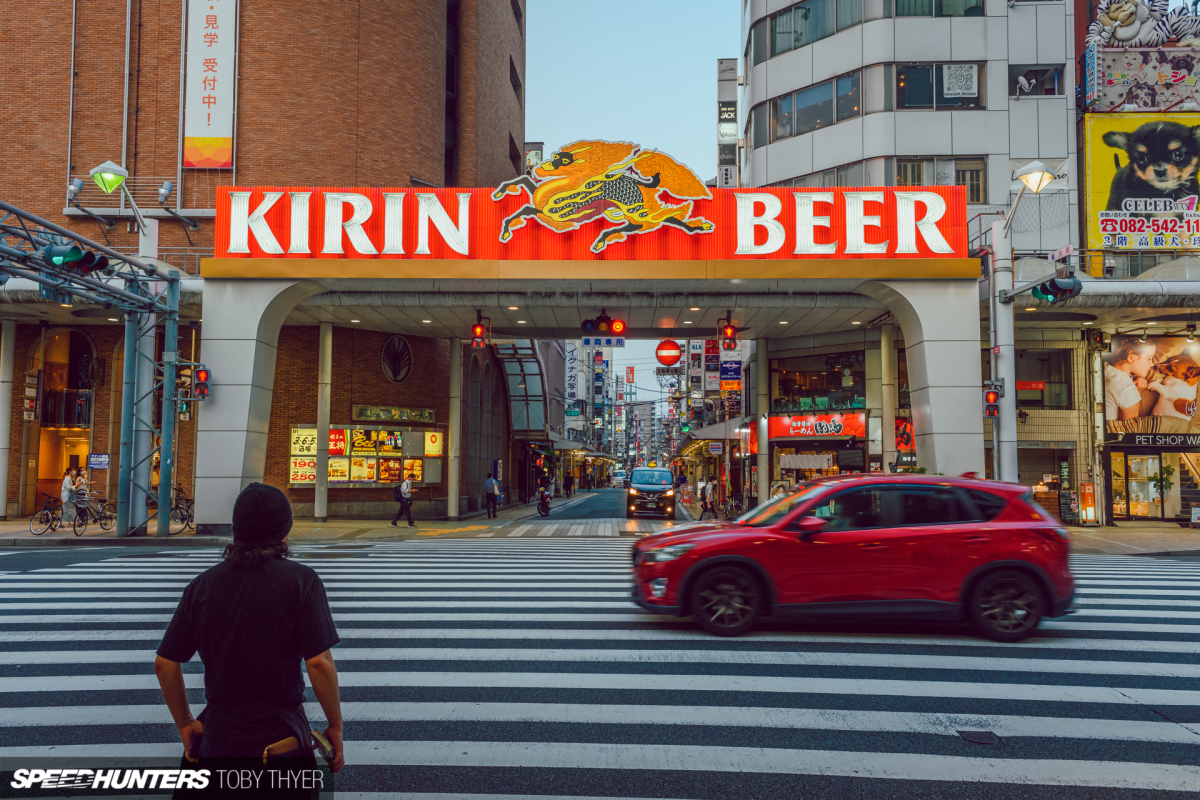
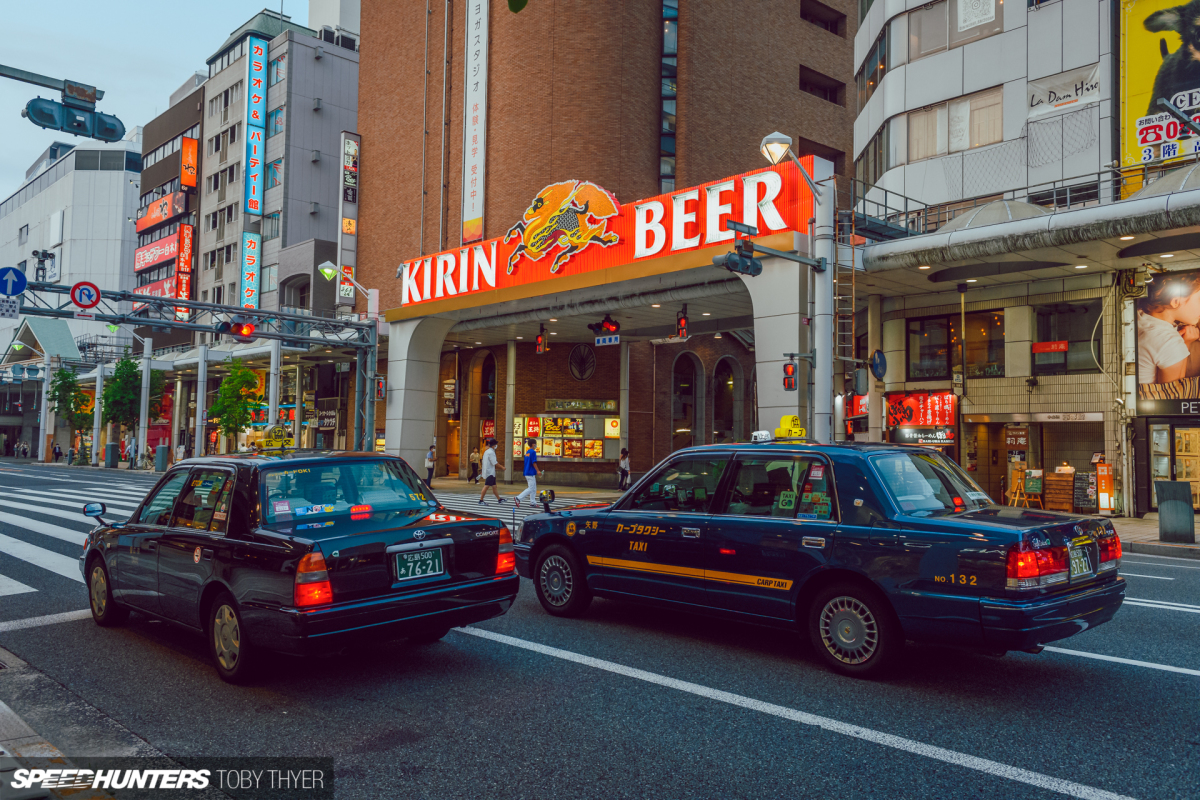
The devastation of war left Hiroshima, and Japan as a whole, in literal and economic ruin. But as you can see, the people of Hiroshima soon rebuilt their city with the help of the Japanese government and a small motorcycle manufacturer named Toyo Kogyo.
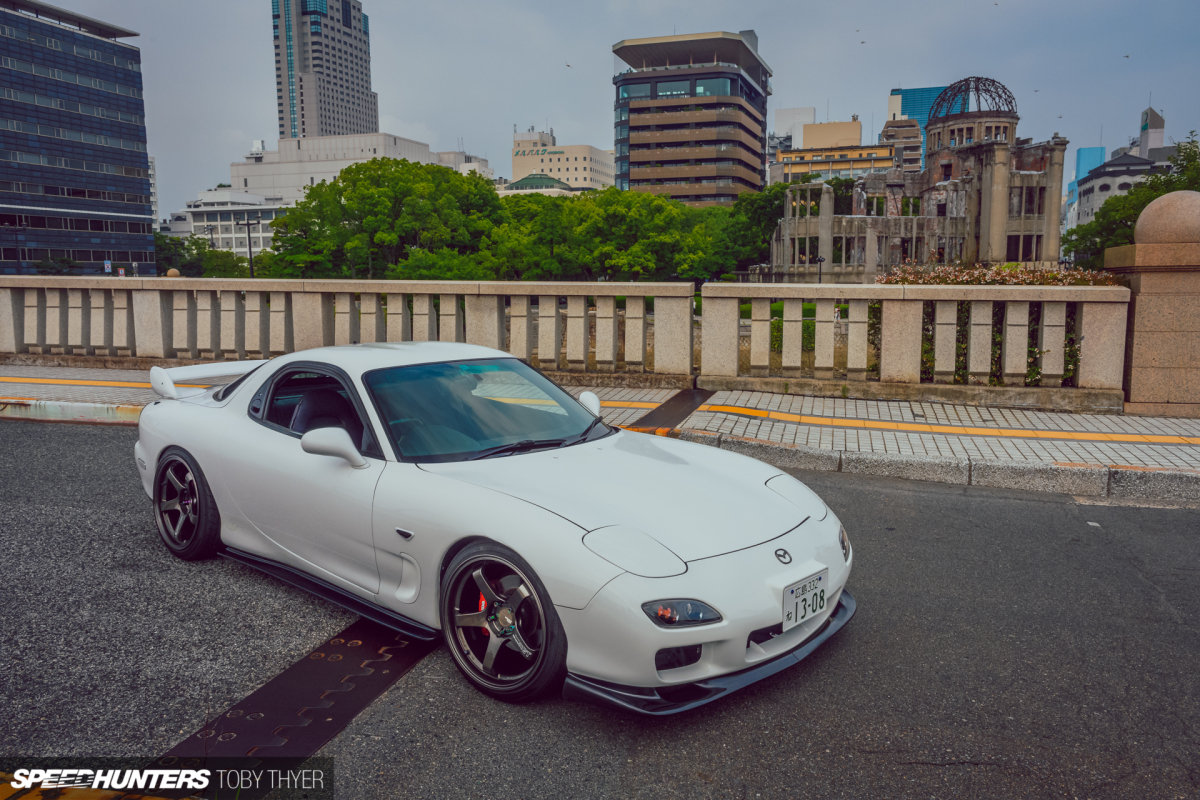
That little bike company would eventually become Mazda.
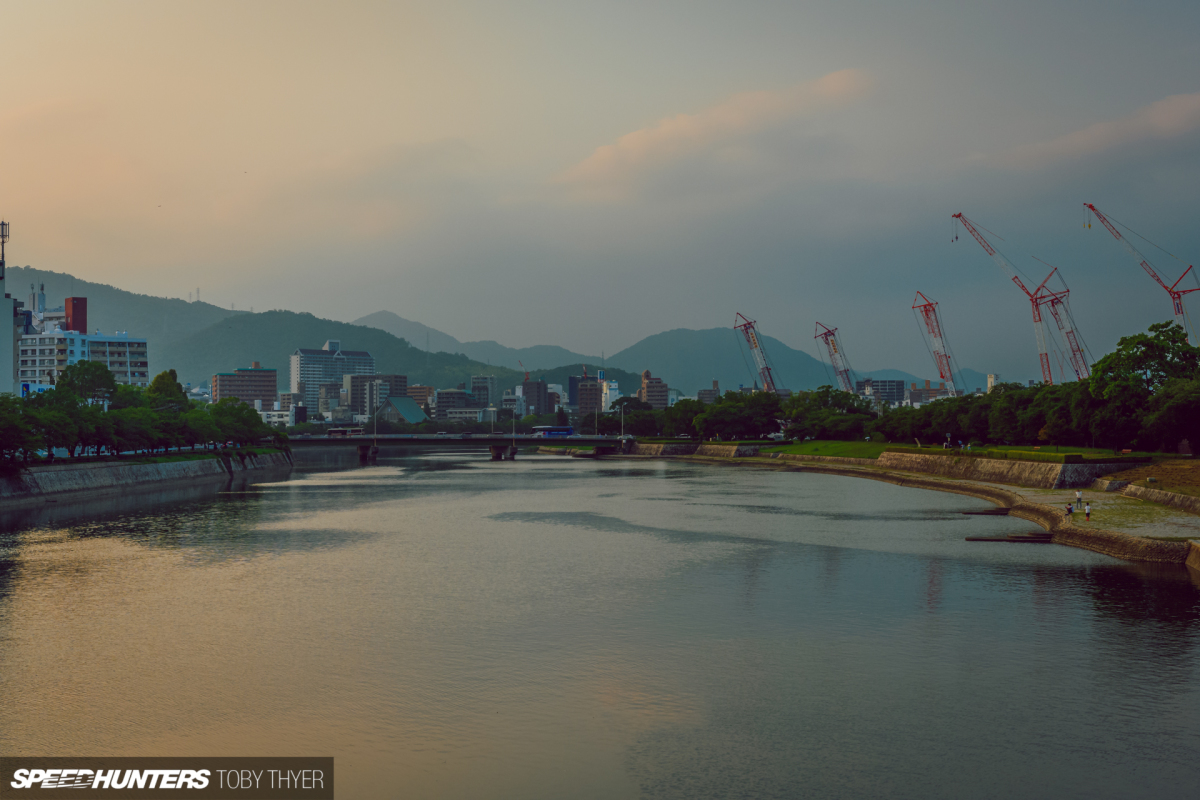
After a solemn yet inspiring first day in Hiroshima, I was looking forward to a private media tour of the Mazda Museum. I was excited to see the origins of a brand that today has a dedicated fanbase all over the world.
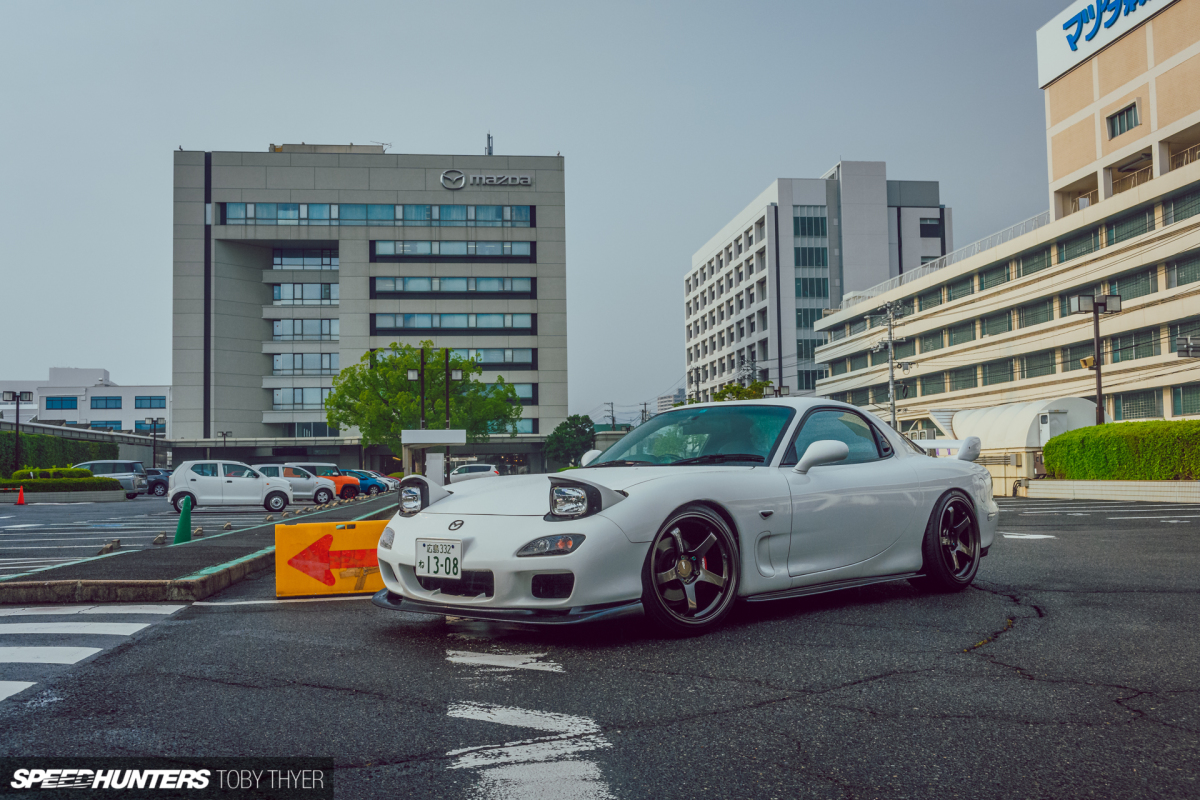
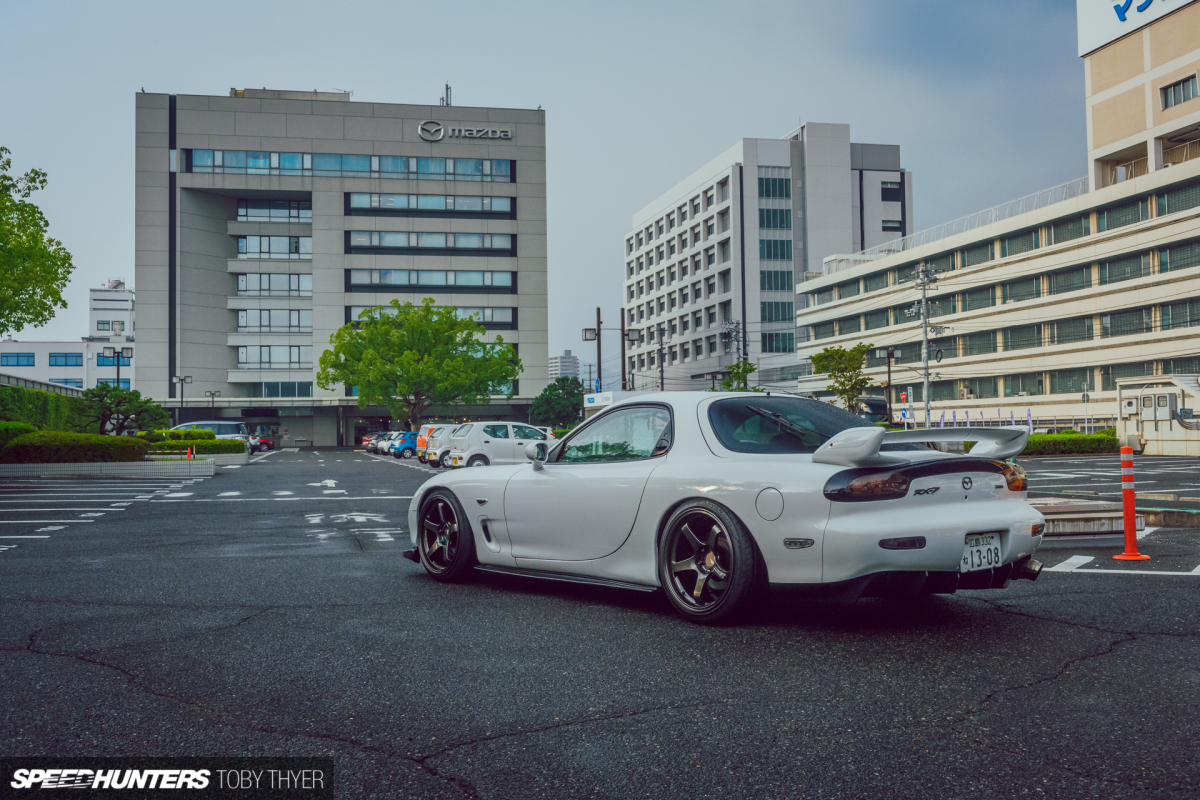
I also wanted to see how the Mazda name and the company’s founding father, Jujiro Matsuda, was connected to the history of Hiroshima.
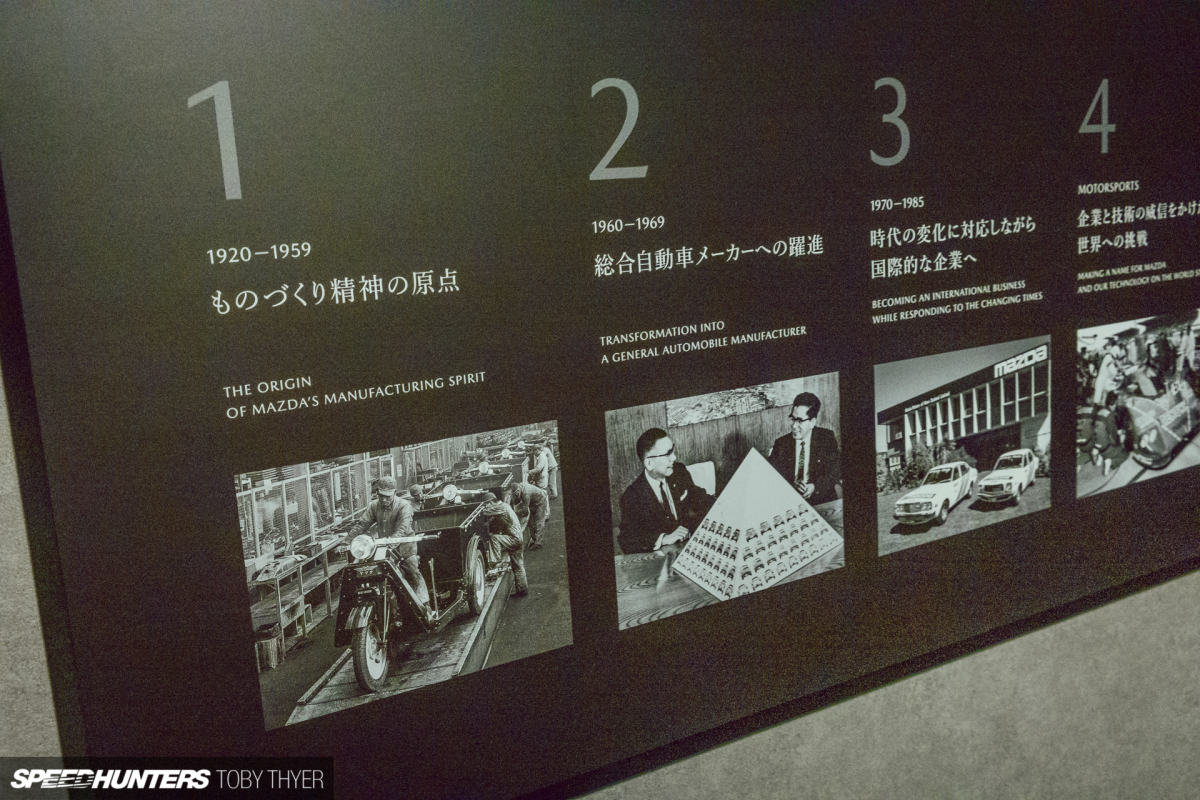
As it turns out, the day of the bombing was also Matsuda-san’s 70th birthday. Being a special day, naturally Matsuda-san wanted to look sharp, so he headed to his local barber shop for a cut and shave. Feeling fresh, he got into his chauffeured car around 8:00am and headed back to Mazda HQ.
At 8:15am the bomb hit, flipping the car over and throwing both its driver and Matsuda-san onto the street. Miraculously they both survived and, as they say, the rest is history.
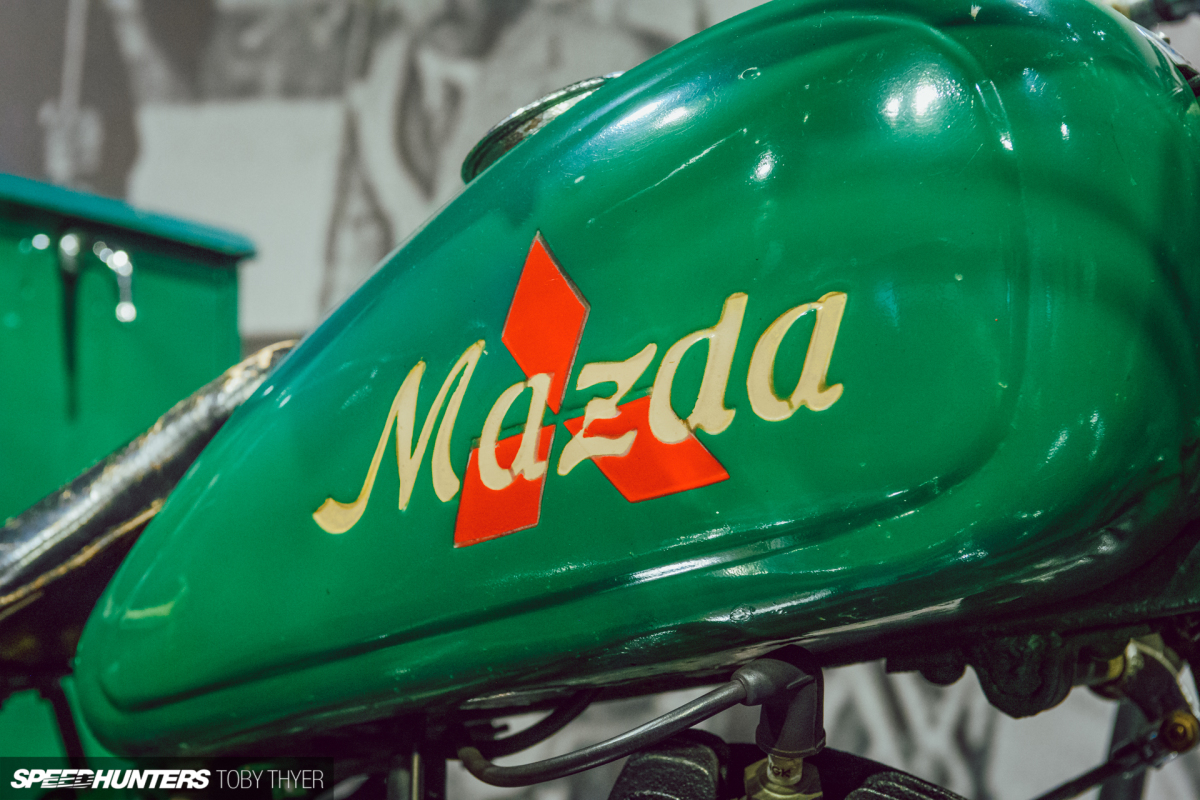
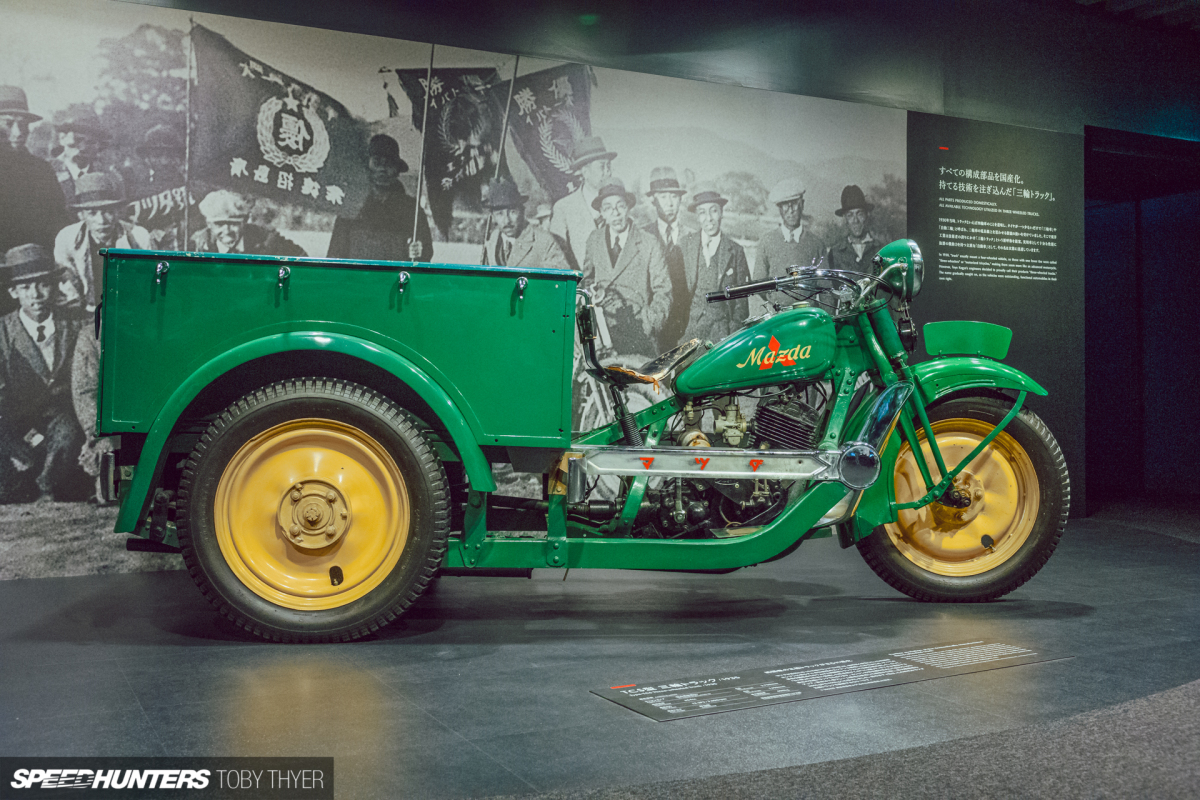
And what a history it has been.
Not only did Mazda open their offices to rehouse the Hiroshima prefectural government, but they made rebuilding the city physically possible with their MazdaGo three-wheeled trucks. They offered these trucks at affordable prices and tens of thousands were produced to support the city’s rebuild. It took Mazda just four months to get production back up and running after the bombing.
As well as offering medical supplies to the survivors and aiding in the reuniting of families, perhaps the biggest contribution Mazda made to Hiroshima’s rebuild was more symbolic. The industrious strength that the automaker showed its people boosted morale, and served as an inspiration for all to bounce back.
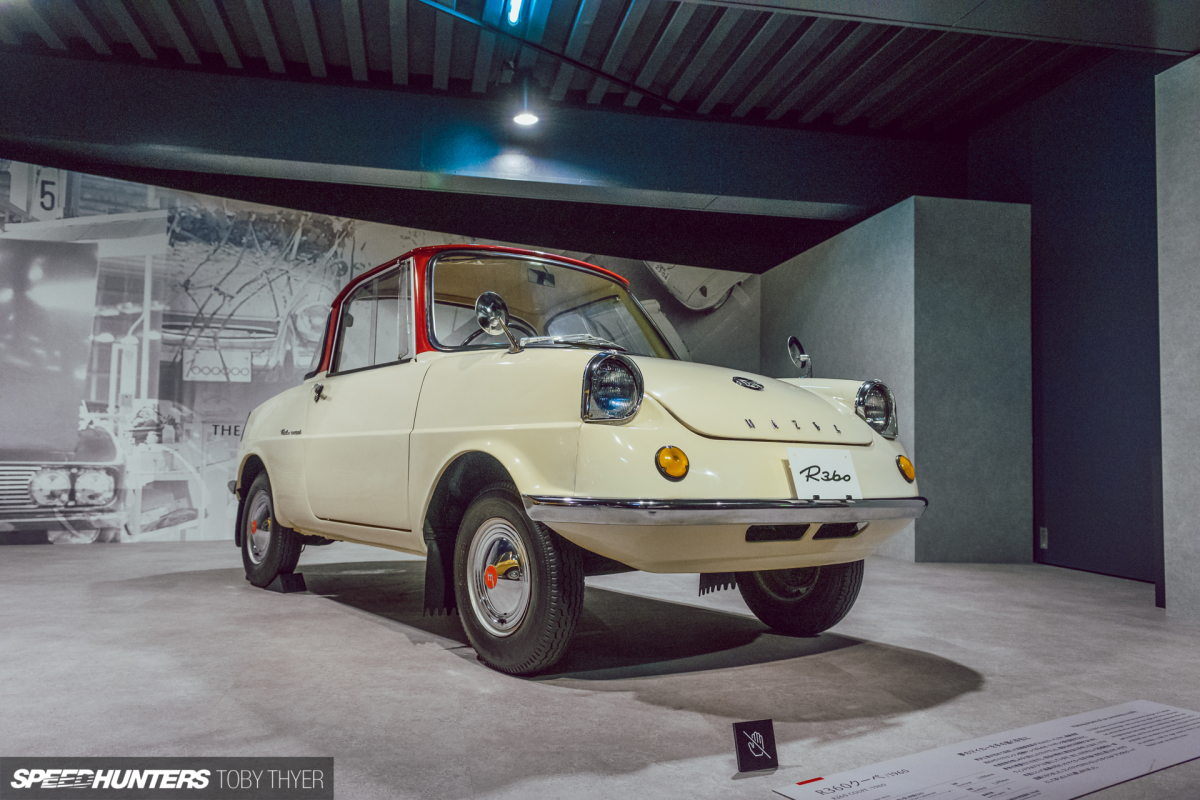
After the war, Mazda continued to boost economic growth in the region. In 1960, they produced their first car, the R360…
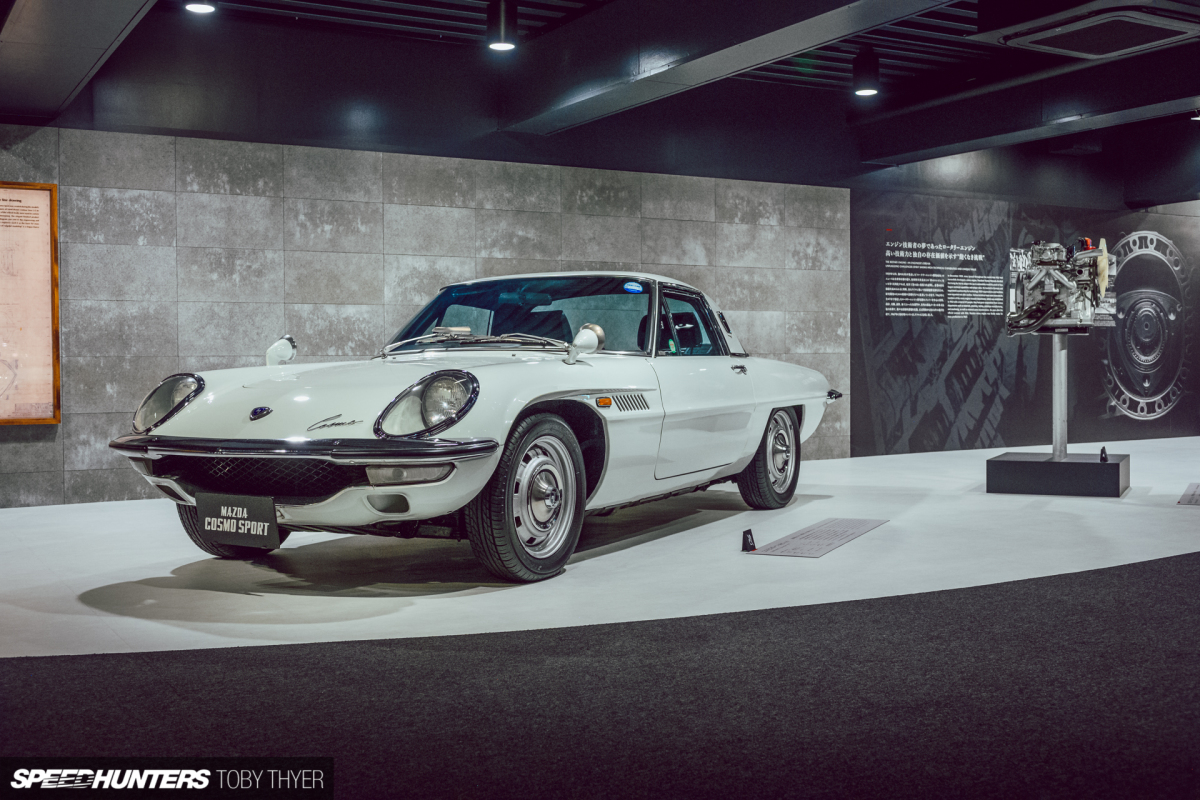
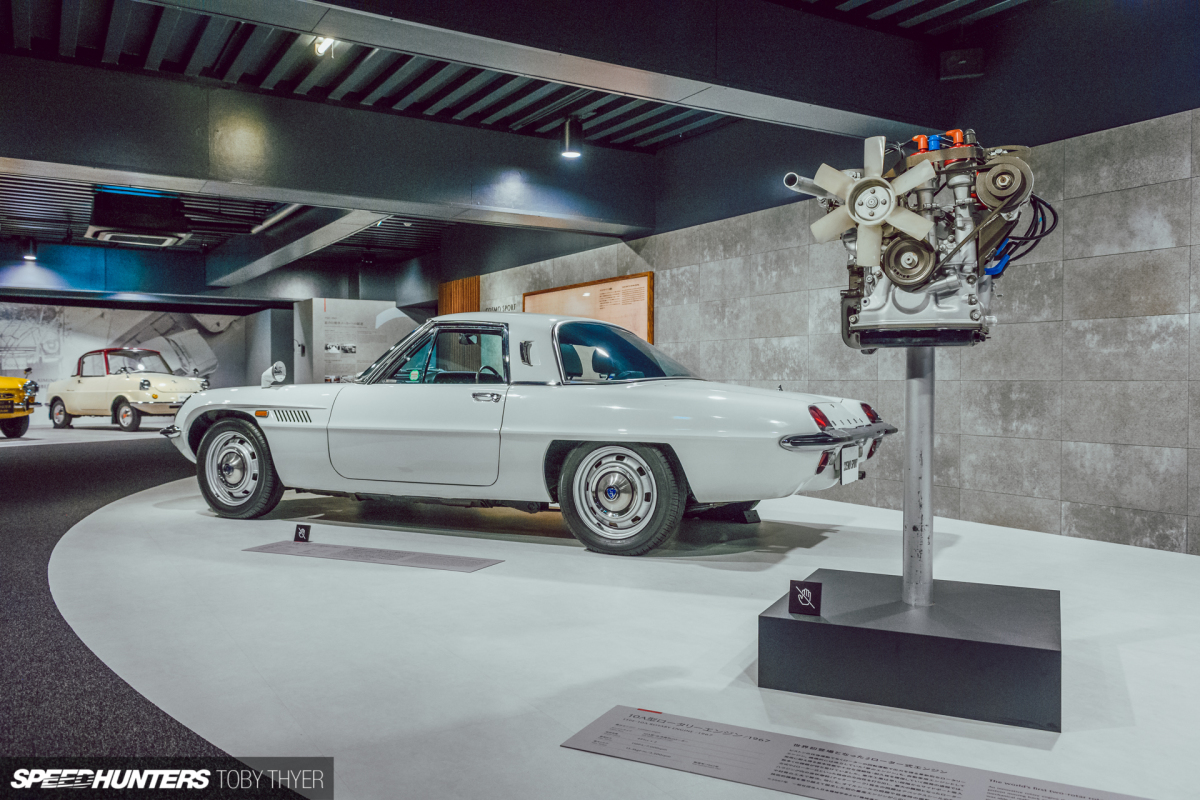
…Followed just seven years later by the stunning rotary-powered Cosmo Sport.
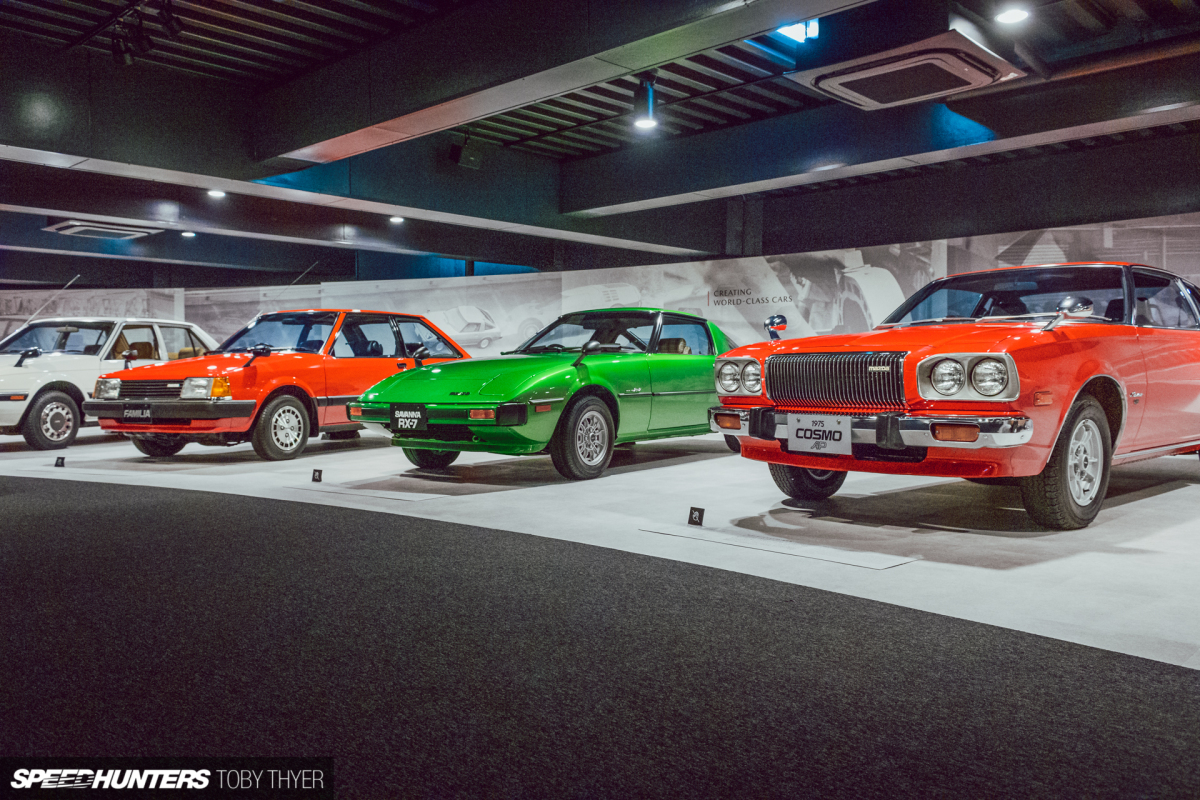

Mazda had been inspired by the German-developed Wankel rotary engine and, wanting to stand out from their competitors, took it upon themselves to develop the spinning Dorito extensively. It was pretty special walking around the museum, surrounded by pristine heritage vehicles from Mazda’s greatest hits collection.
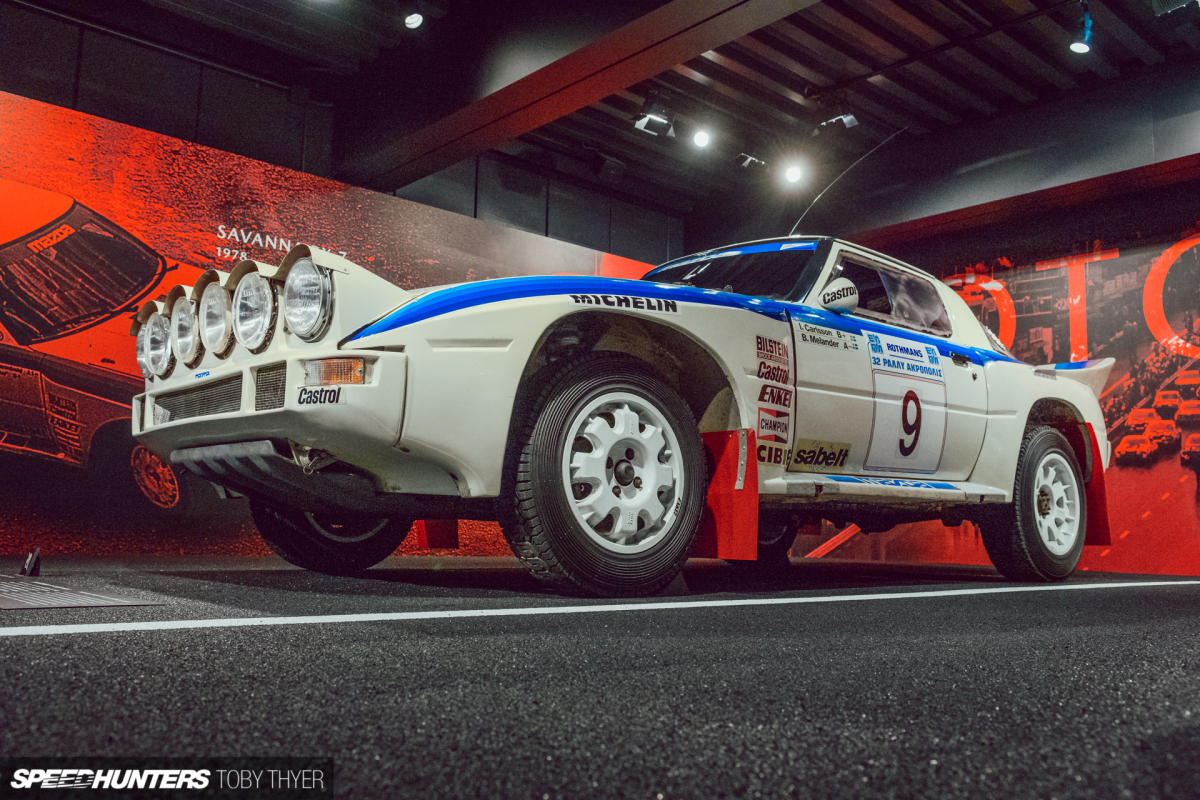
The museum-quality FD3S RX-7 was nice, but nothing will ever be cooler than a Group B-spec works SA22C RX-7 rally car full of pop rivets.
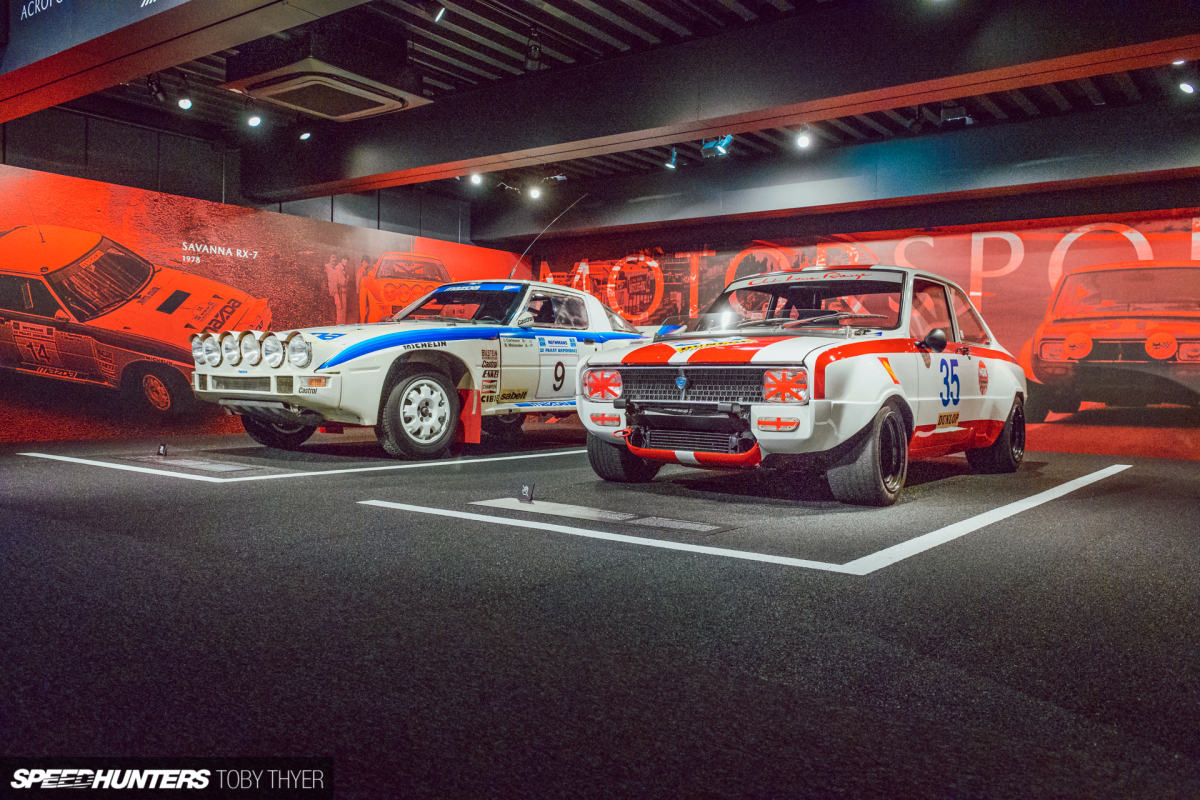
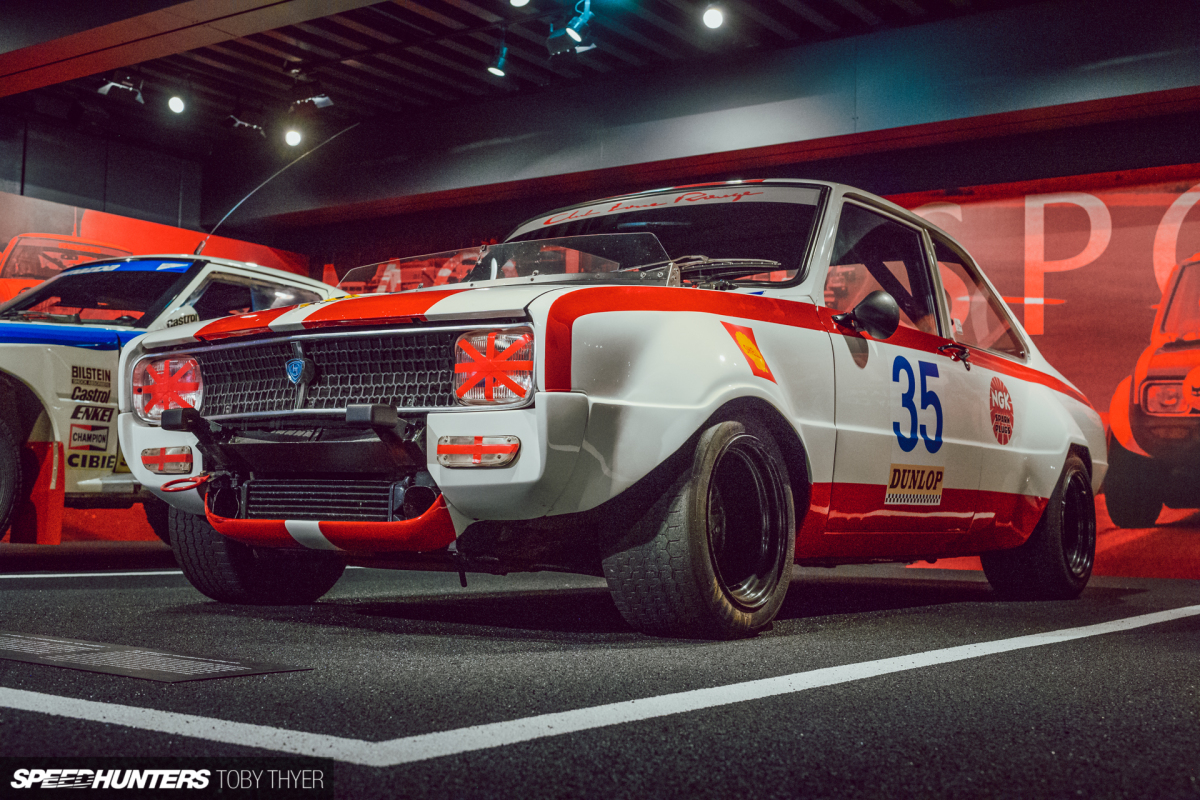
Or a wide-body R100 touring car for that matter.
Then there was a bit of V12 engine porn before the main event…
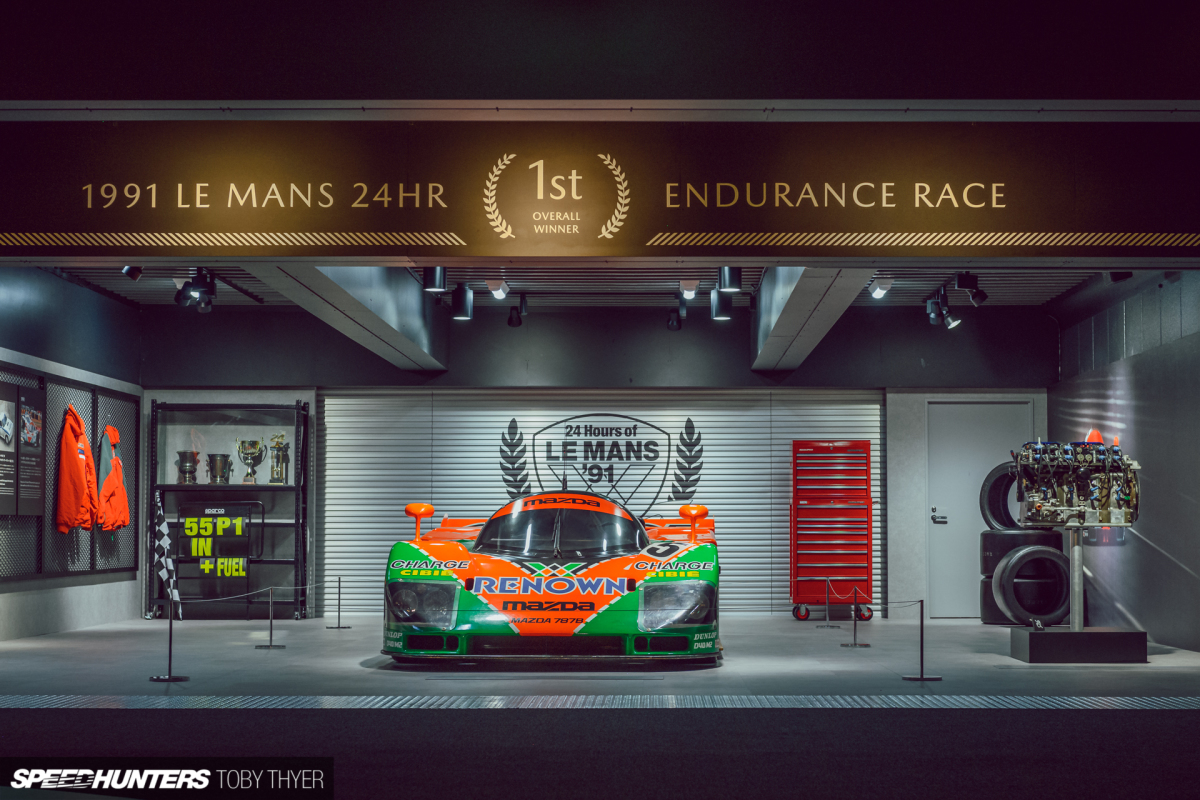
…The first and only rotary-powered car to win the gruelling Le Mans 24 Hour endurance race, the 787B. Not only that, but Mazda was the first Japanese team to take victory at Le Mans; the next would be Toyota Gazoo Racing 27 years later.

Unfortunately, this is not the exact car that crossed the finish line in 1991. I’m sure some of you will spot the differences between this and the real thing; apparently the monocoque is constructed differently, as well as numerous other cosmetic elements.

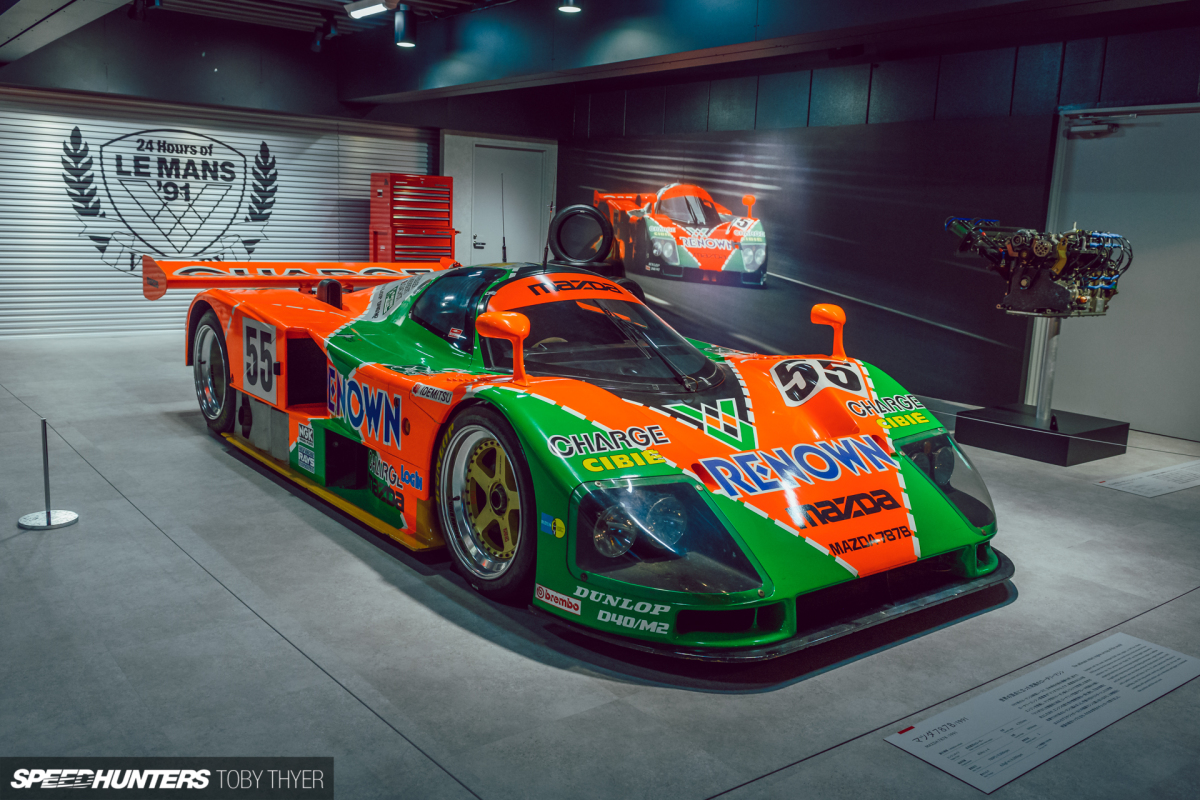
Even though it’s not the Le Mans-winning car, it was very cool to be able to get up close to something put together by Mazda themselves. The 787B was a truly remarkable machine.
Considering the value of the original to Mazda and the cultural significance to fans alike, I dare say the Le Mans car is locked deep underground in a secret bunker, but I couldn’t get a definitive answer from my guide on this day.
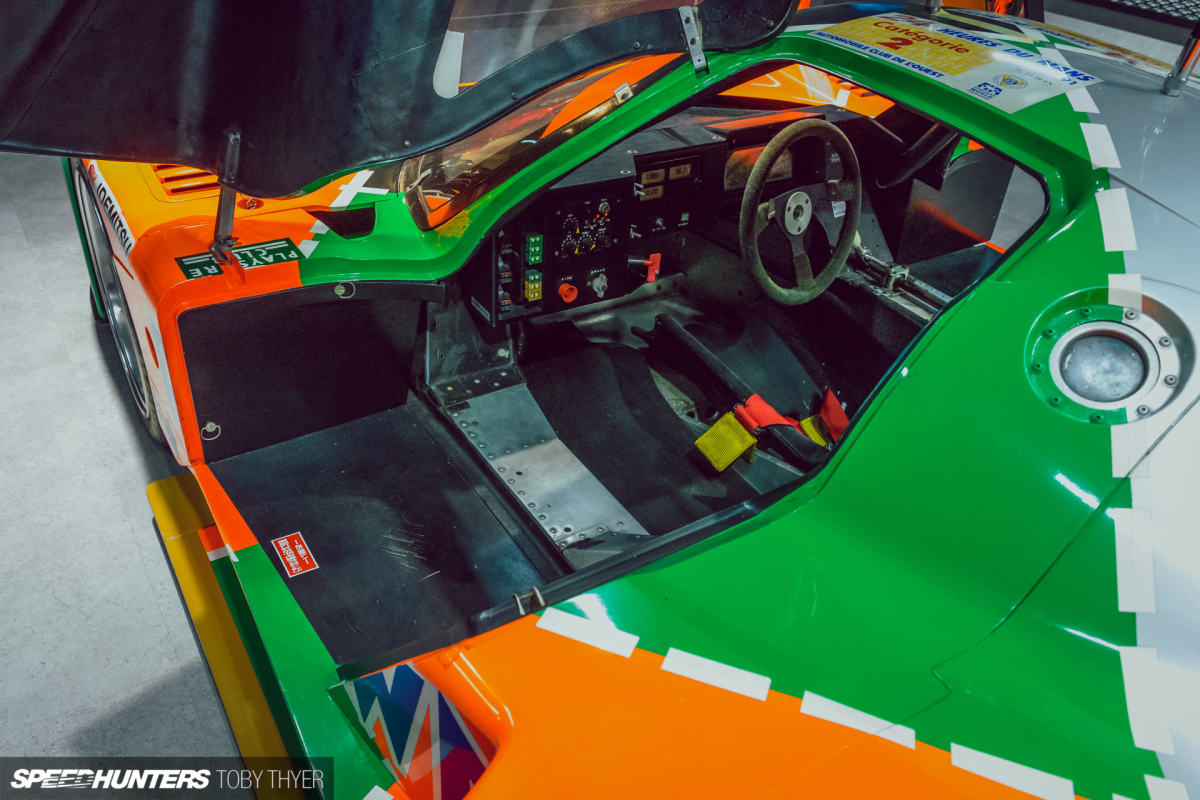
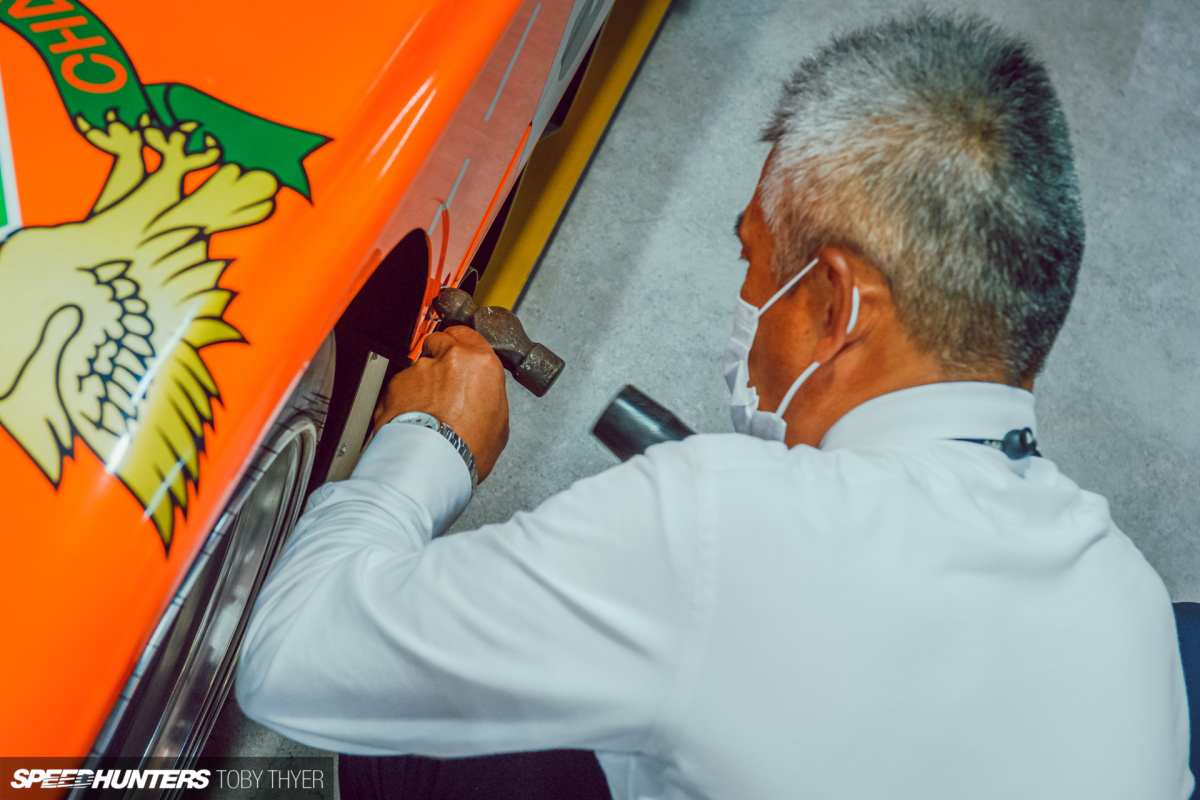
I’ll admit, I didn’t realise it wasn’t the Le Mans-winning 787B until I asked to see the engine. As one of the museum staff members battled to unlock the sweeping cover, he suddenly asked: “Why do you want to see inside? It hasn’t got an engine.”
They did of course have a four-rotor engine on display, however this is not an R26B, but an earlier 13J engine as used in the 767B. Although, this engine does appear to have the variable RPM-controlled intake stacks which were carried over and improved on the 26B, it’s clear that this display motor is missing the vital third spark plug on each rotor, something which improved fuel economy greatly for the Le Mans win.
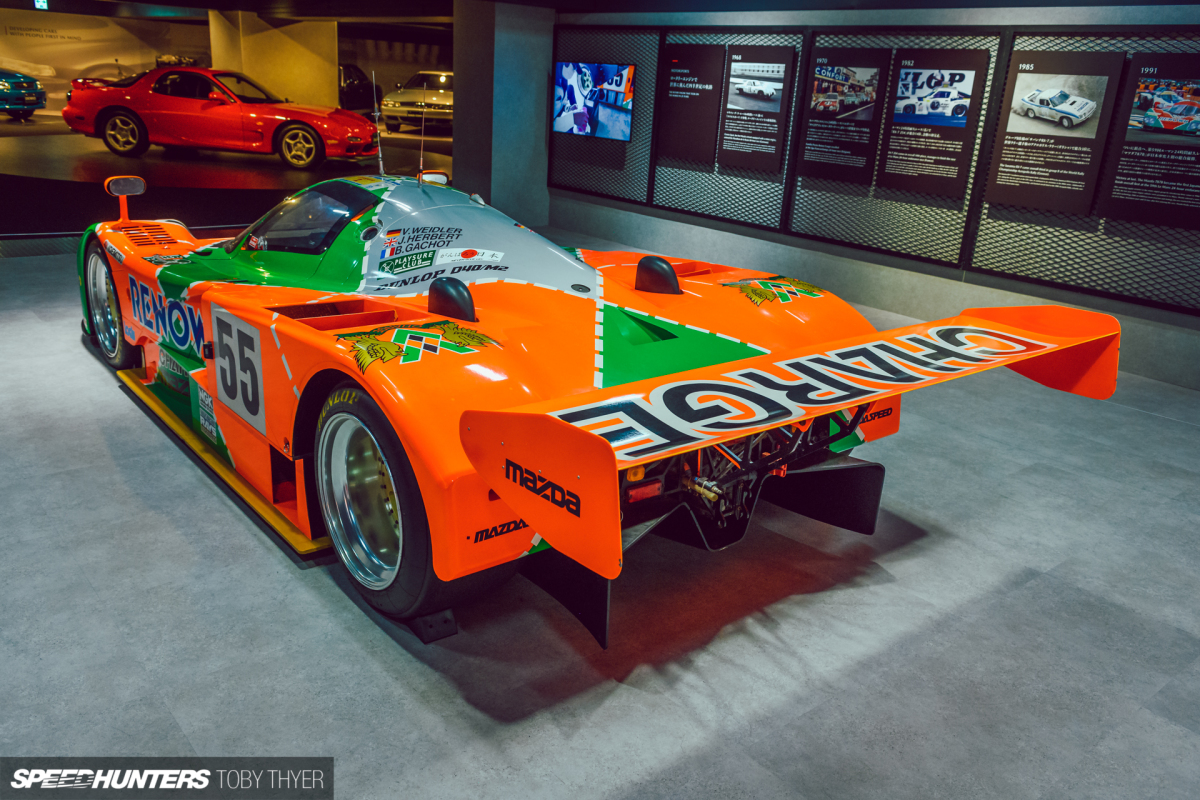
It was a little bit disappointing not to see the actual gear used at Le Mans, but all was not lost, because on the next day, at a different museum, I did manage to find not one but two original cars from the same era. You’ll have to wait a little longer to see those though…
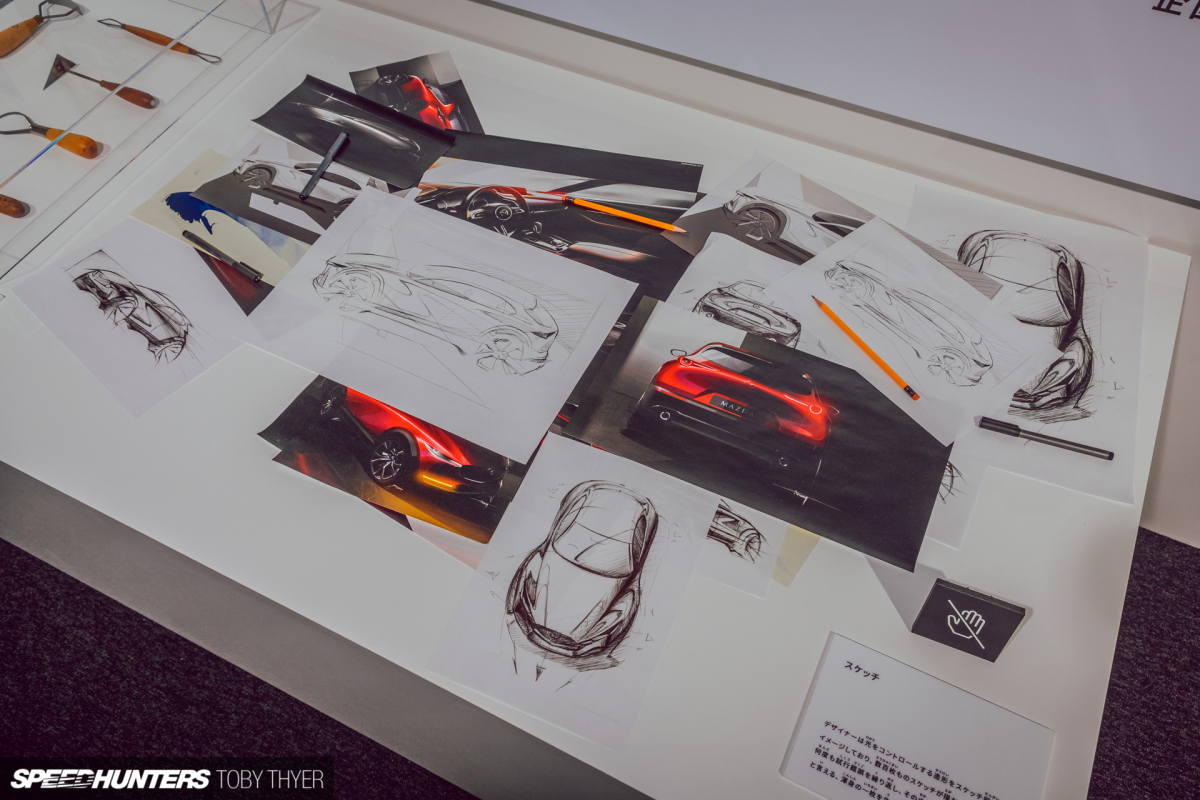
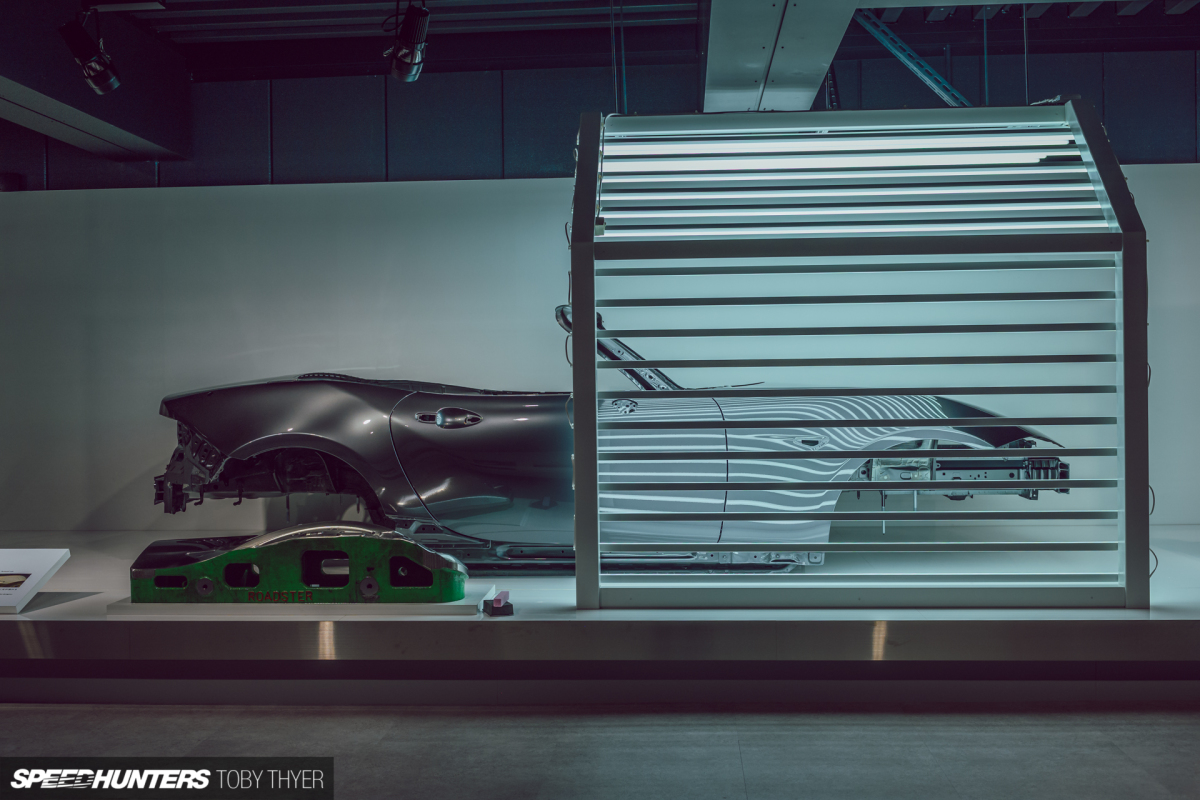
After the race cars, the tour continued on to a part of Mazda’s assembly line (which I can’t show you for privacy reasons) and then on to showcase some of the technology used today in the manufacturing process. What I found most interesting was Mazda’s focus on takumi, or artisanal crafts, and how they incorporate the human element of design into their cars.
There’s no doubt, Mazdas are really quite beautifully designed. Even their modern cars have great proportions and good design. When you compare an FD3S RX-7 with a Skyline GT-R of the equivalent vintage, I think you’ll agree that the Mazda’s lines are far more elegant.
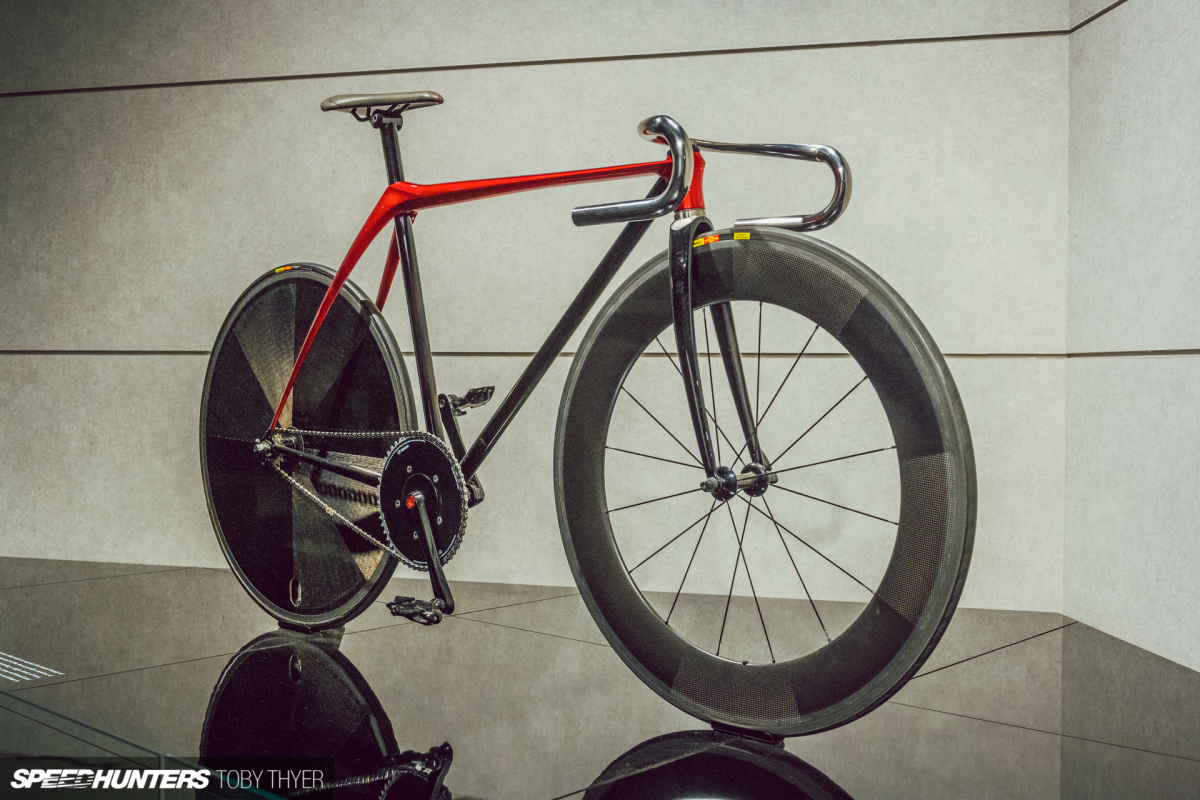
Even their bikes look good.
The other artisan-inspired technology used across the Mazda range is their takuminuri paint technique. Basically, they have found a way to bring the paint finish of a skilled craftsmen to the masses by programming some very clever robots.
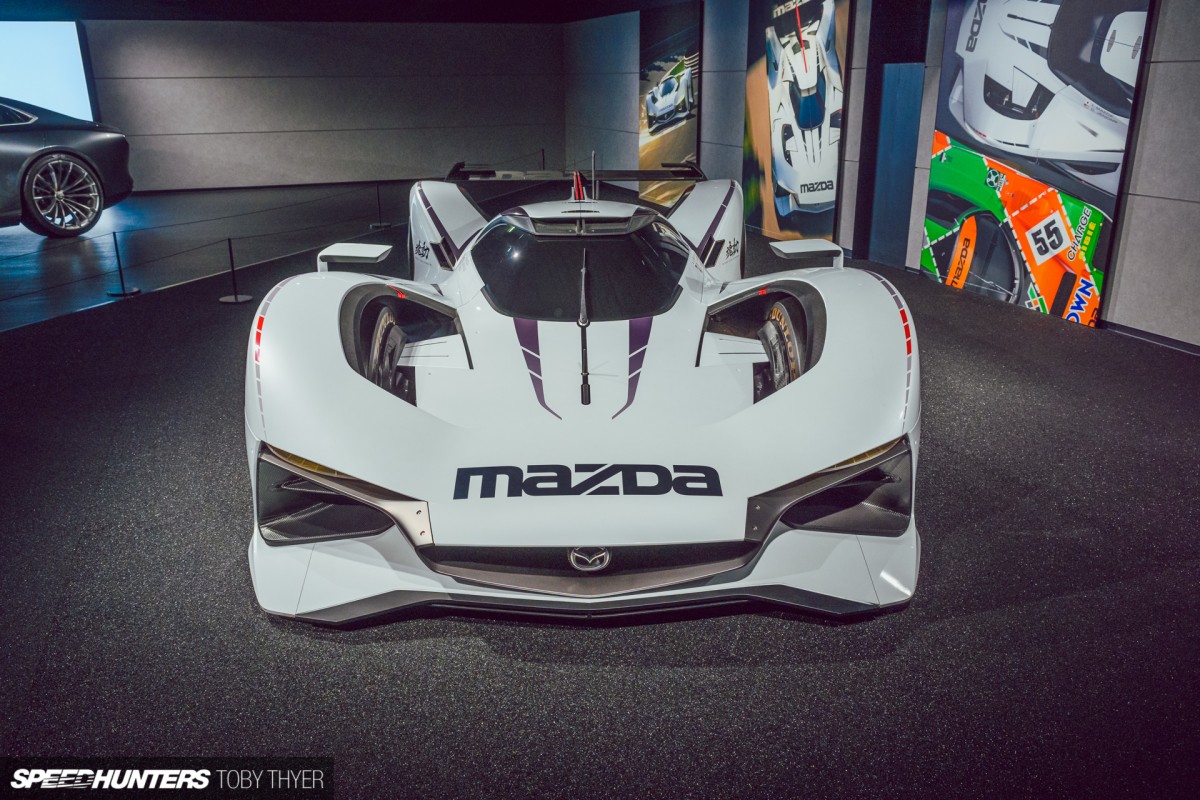
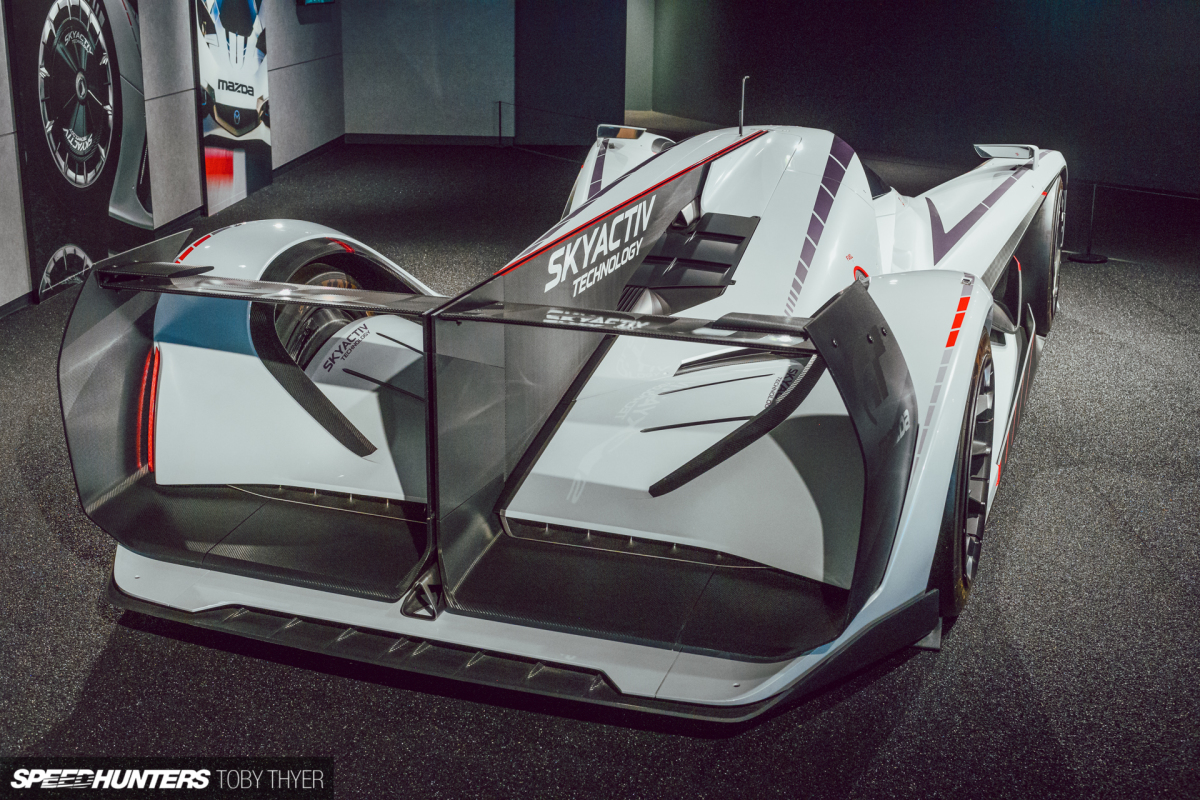
Perhaps inspired by the devastation of war and the resulting rebirth of Hiroshima as a new city, Mazda seem to be a company focused on the future. They have pioneered new technologies and haven’t been afraid to be different. Like Porsche and the rear-engined 911, they pushed on with a crazy idea and made it work.
They didn’t just make the rotary engine work though, they took it one step further and made it brilliant.
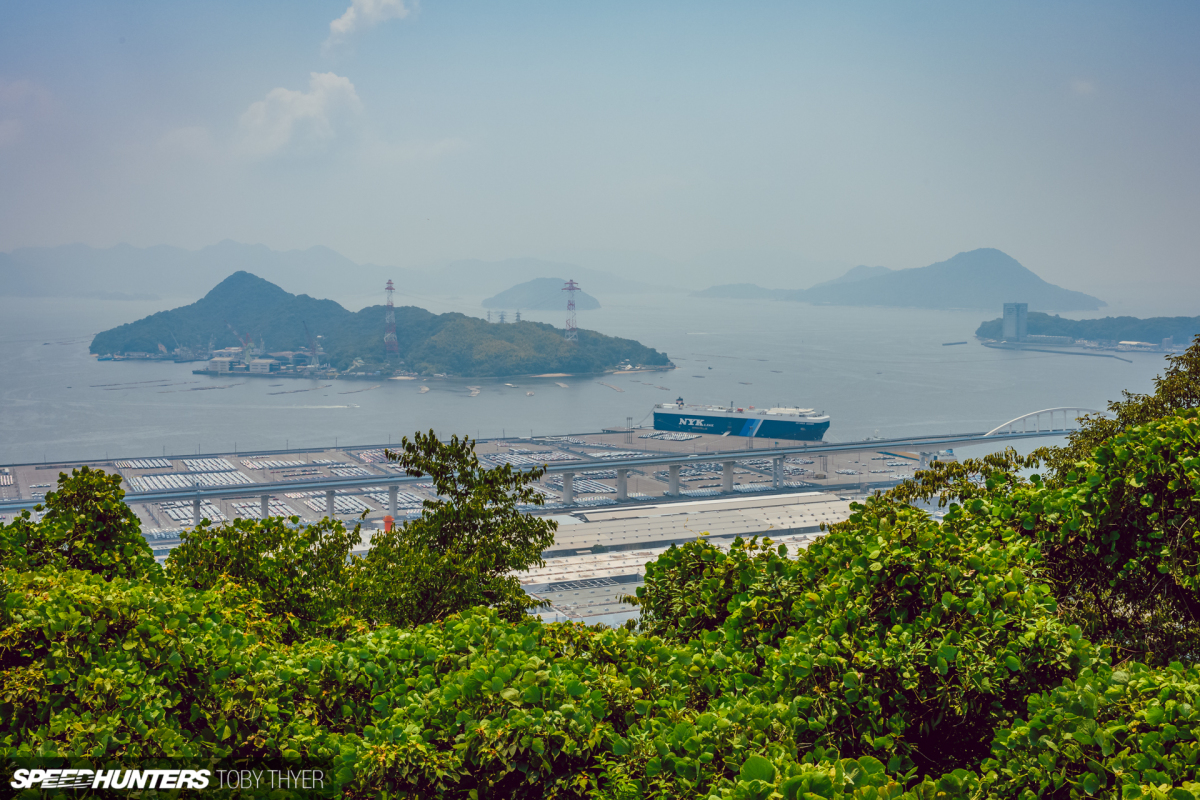
Looking out across the city of Hiroshima, the Mazda factories and shipping port fill a huge area of land. Mazda is big part of the city, not just in square kilometres, but also in the hearts of the people.
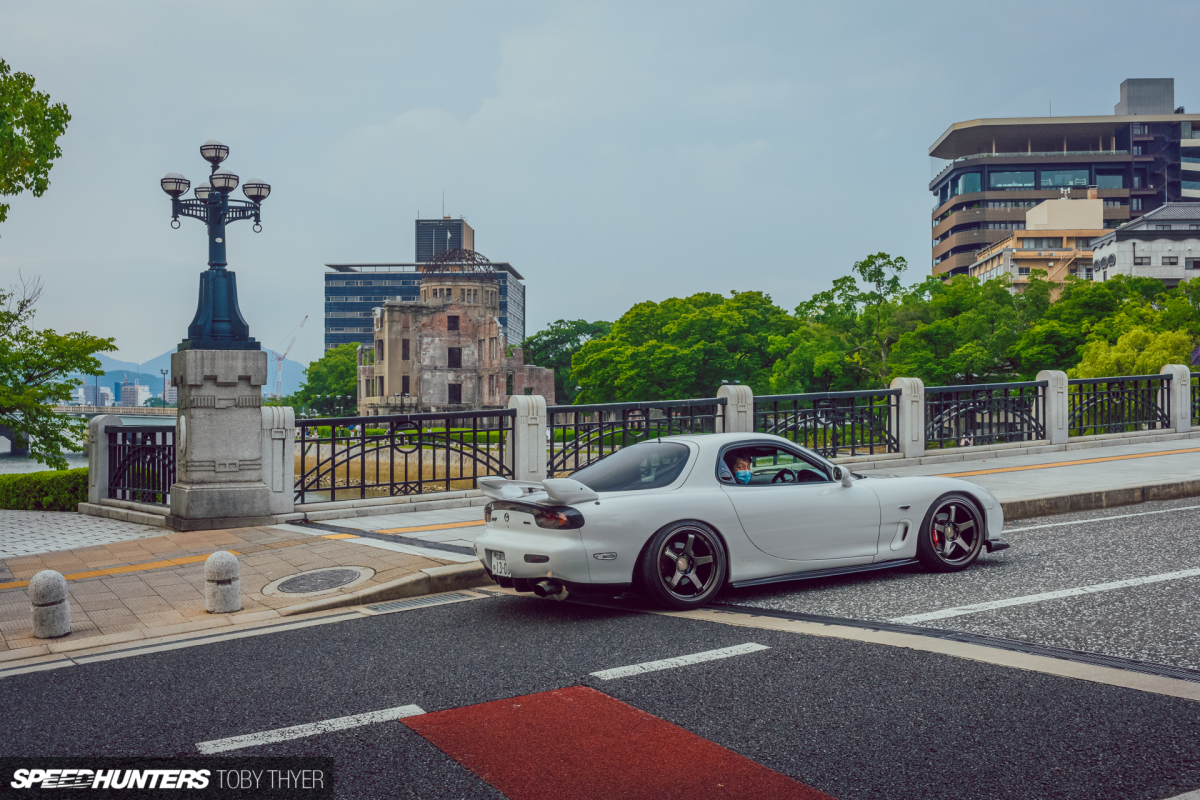
I’m glad I made the pilgrimage to experience the city of peace, a living memorial to the tragedies of war. Mazda has definitely gained extra brownie points in my books too. What a fantastic company with a very special history.
Thank you, Jujiro Matsuda.
Toby Thyer
Instagram _tobinsta_
tobythyer.co.uk
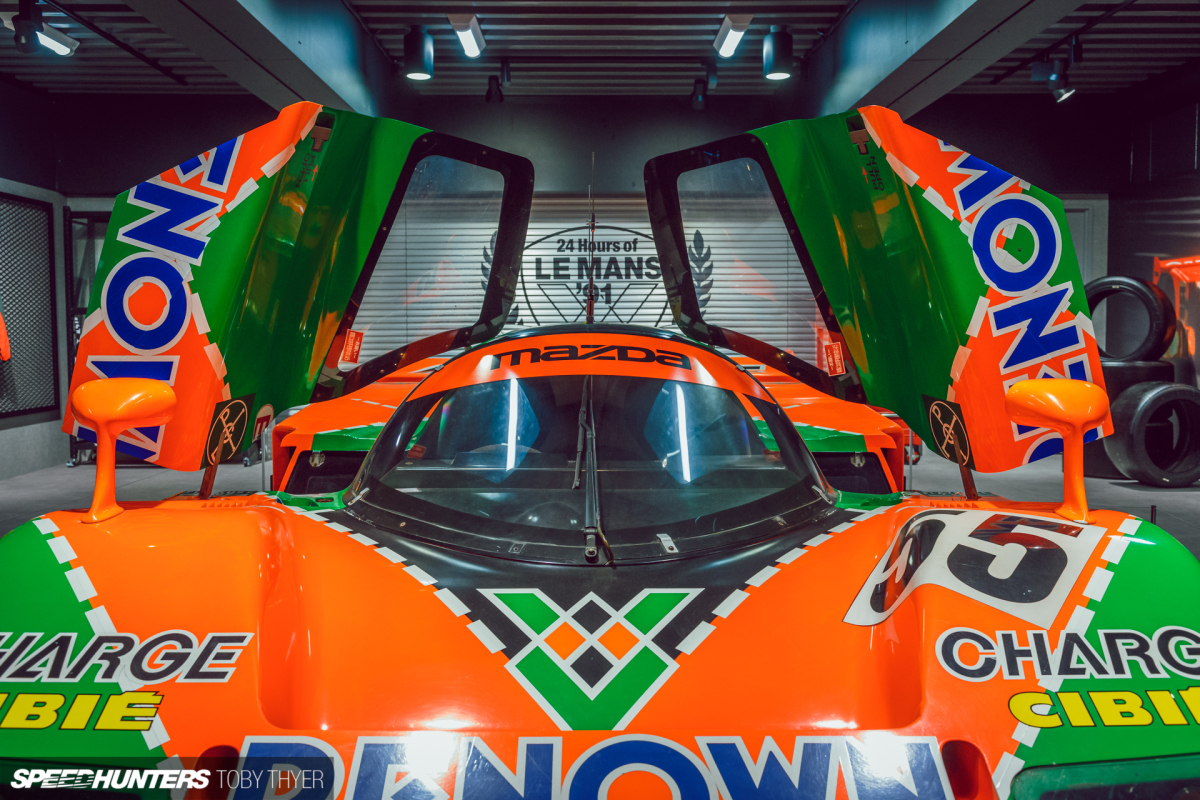
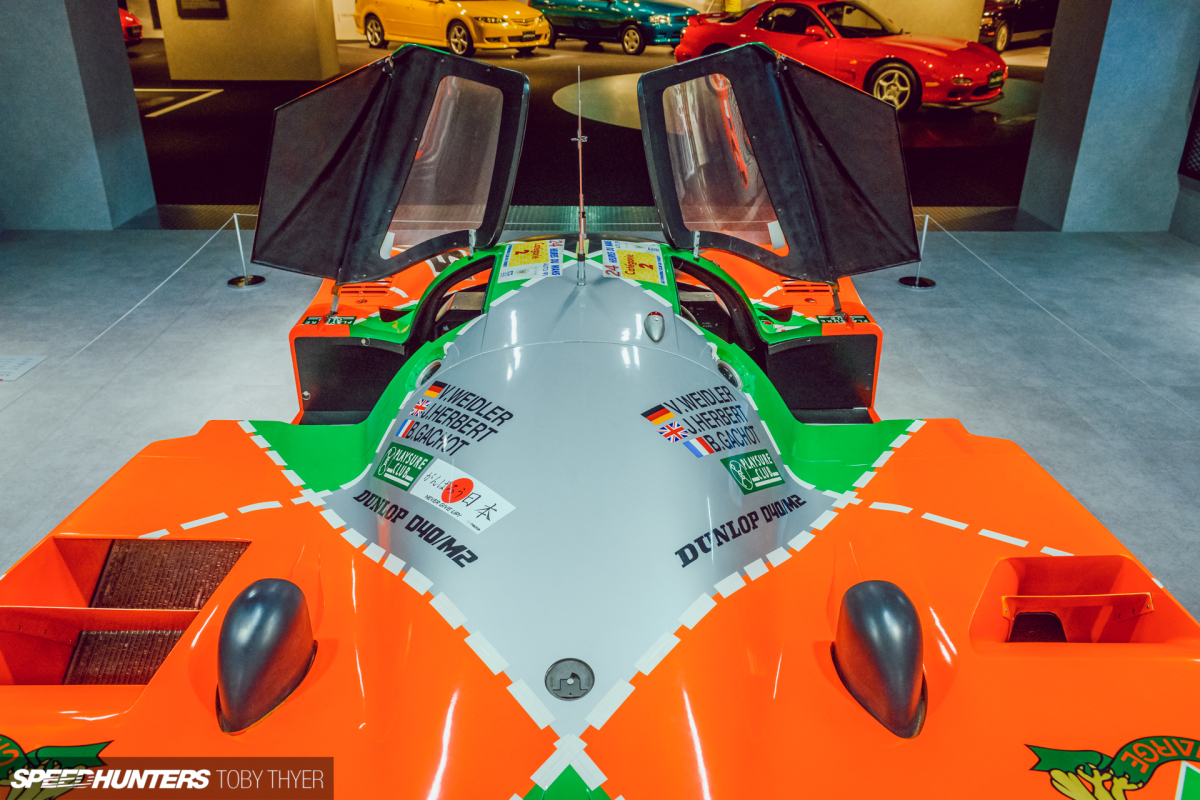
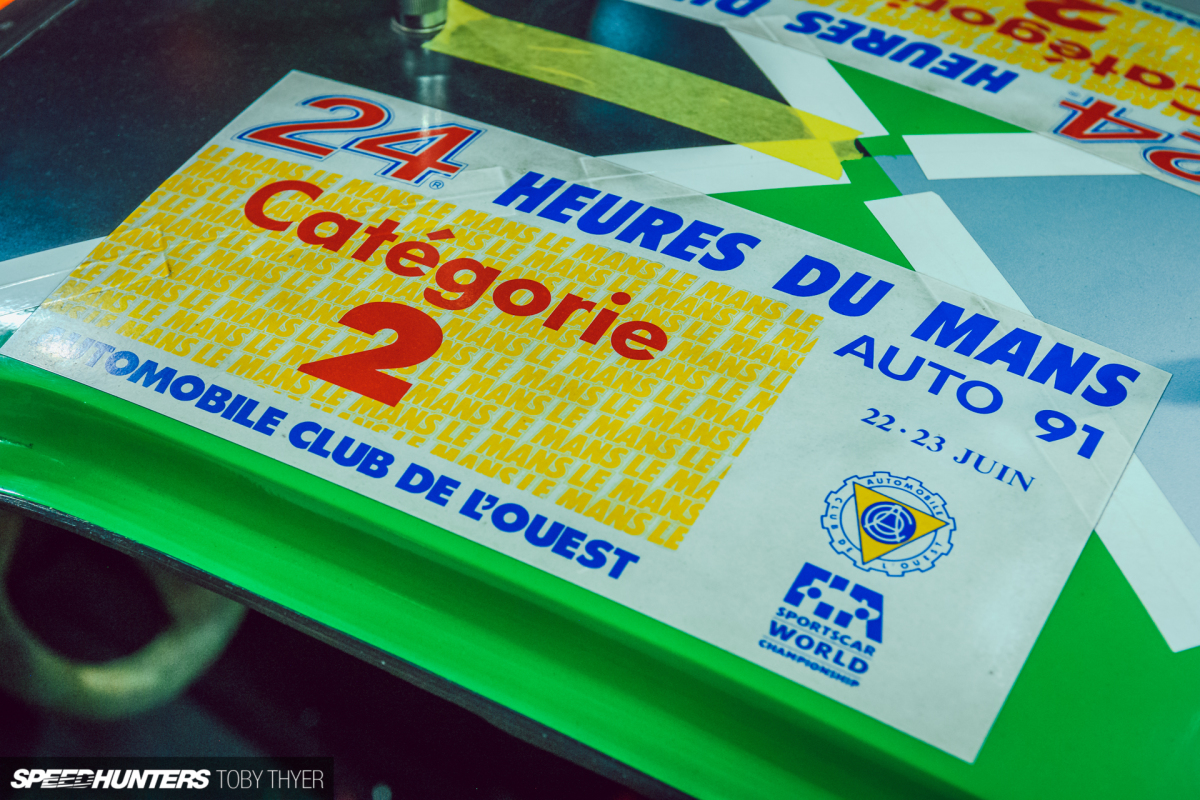
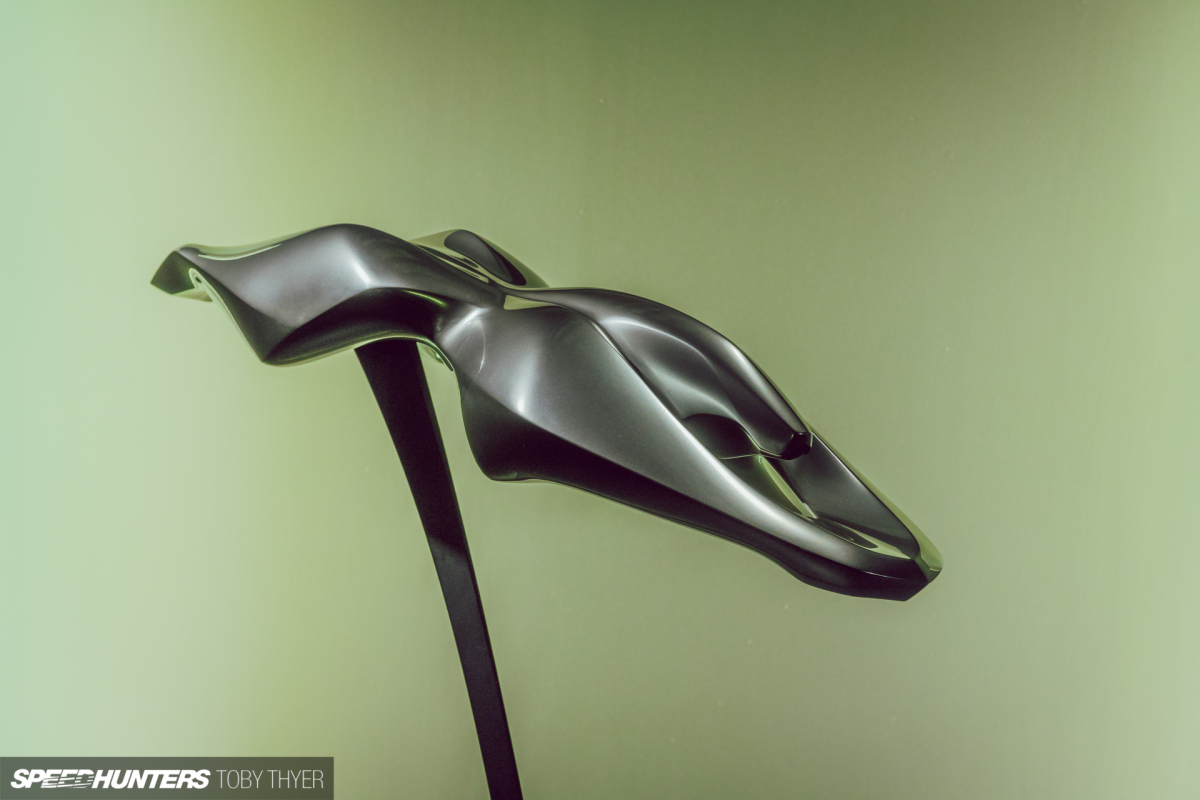

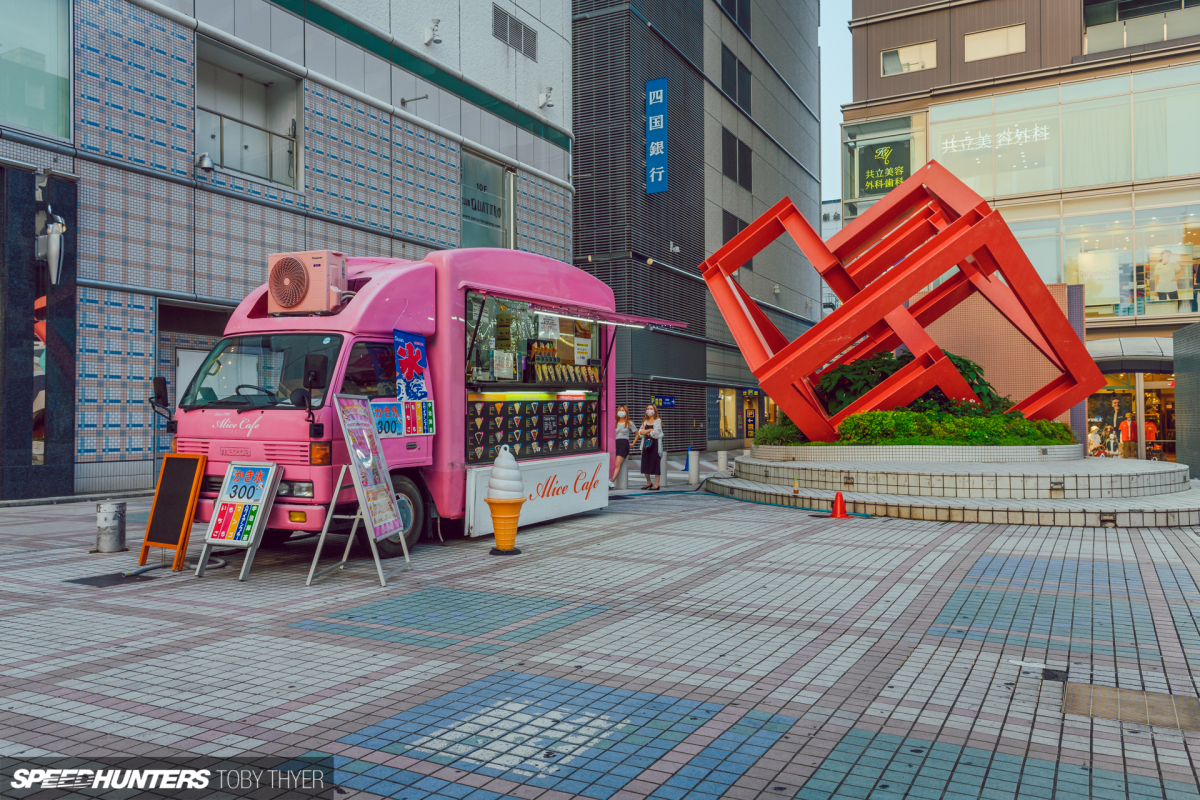
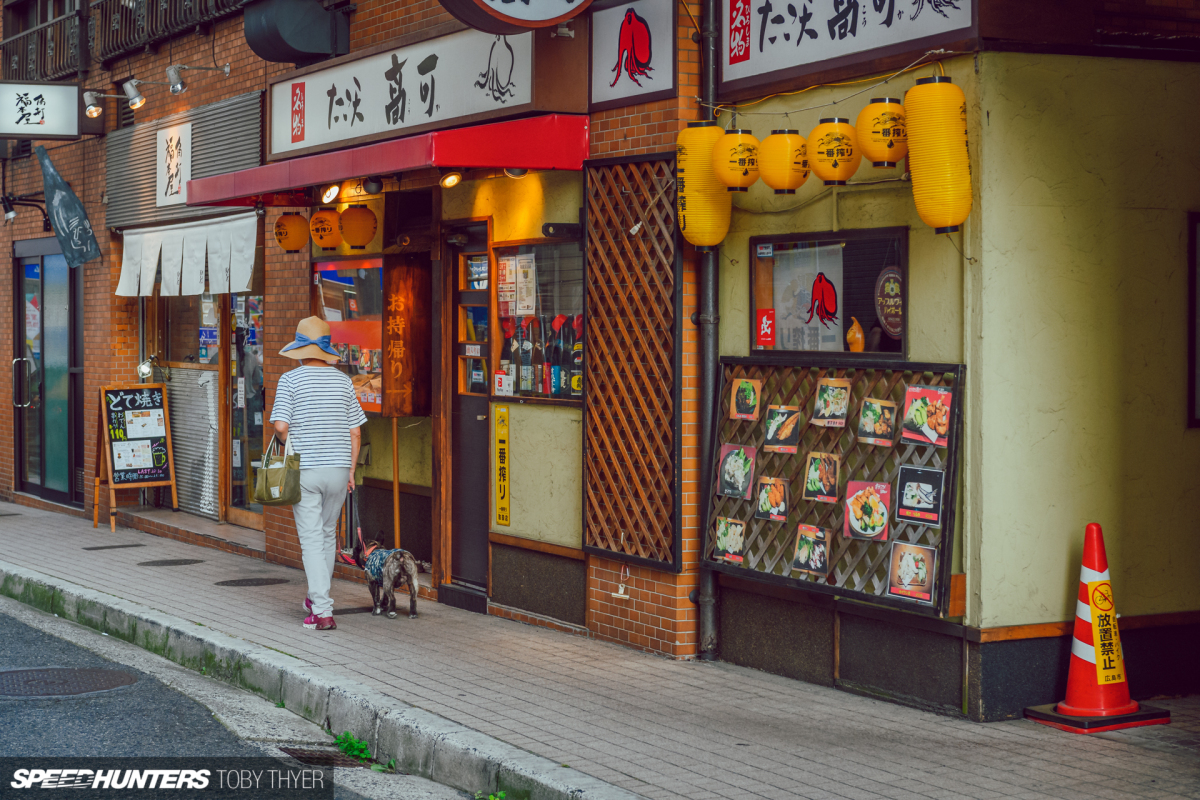
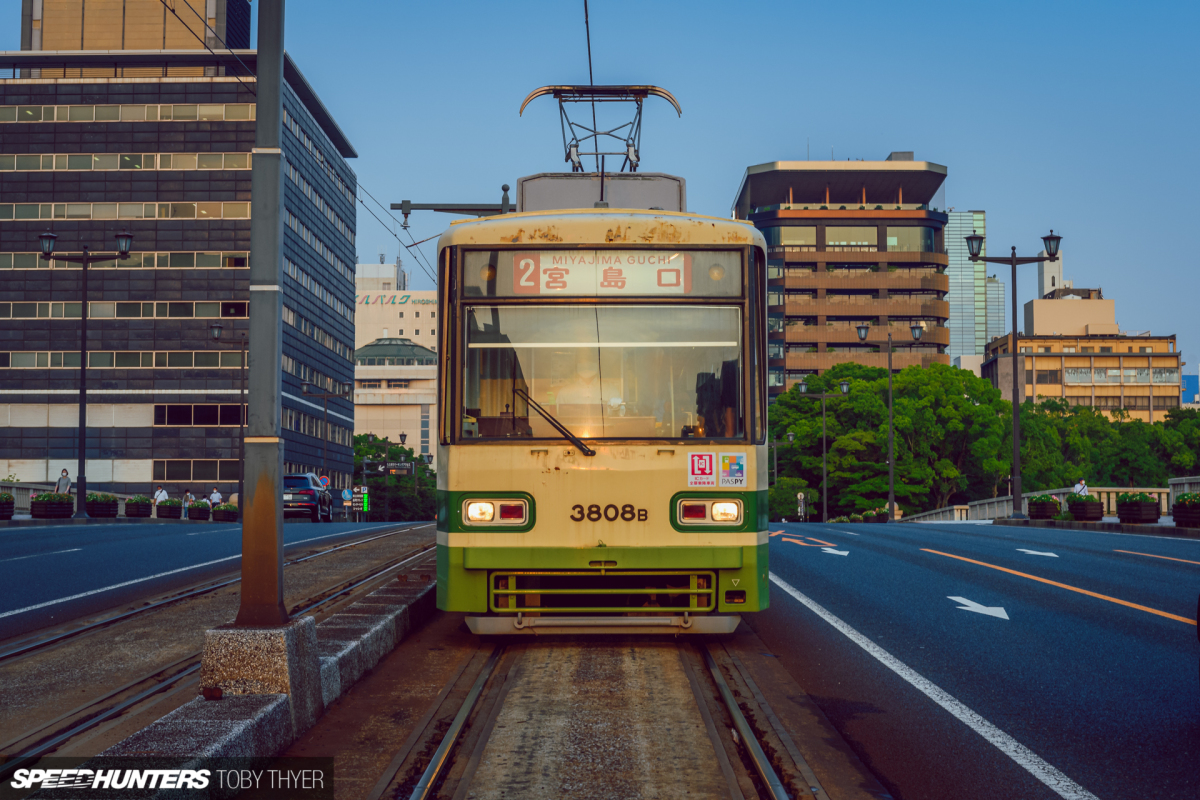
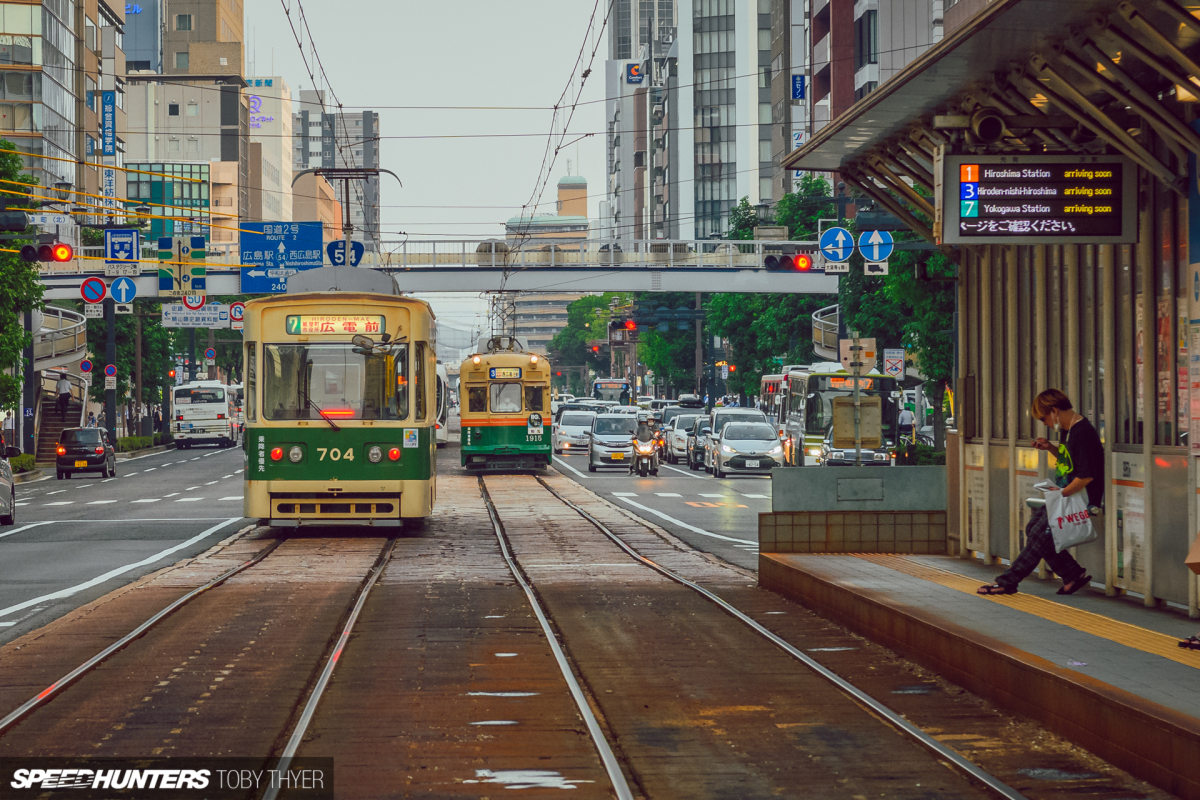
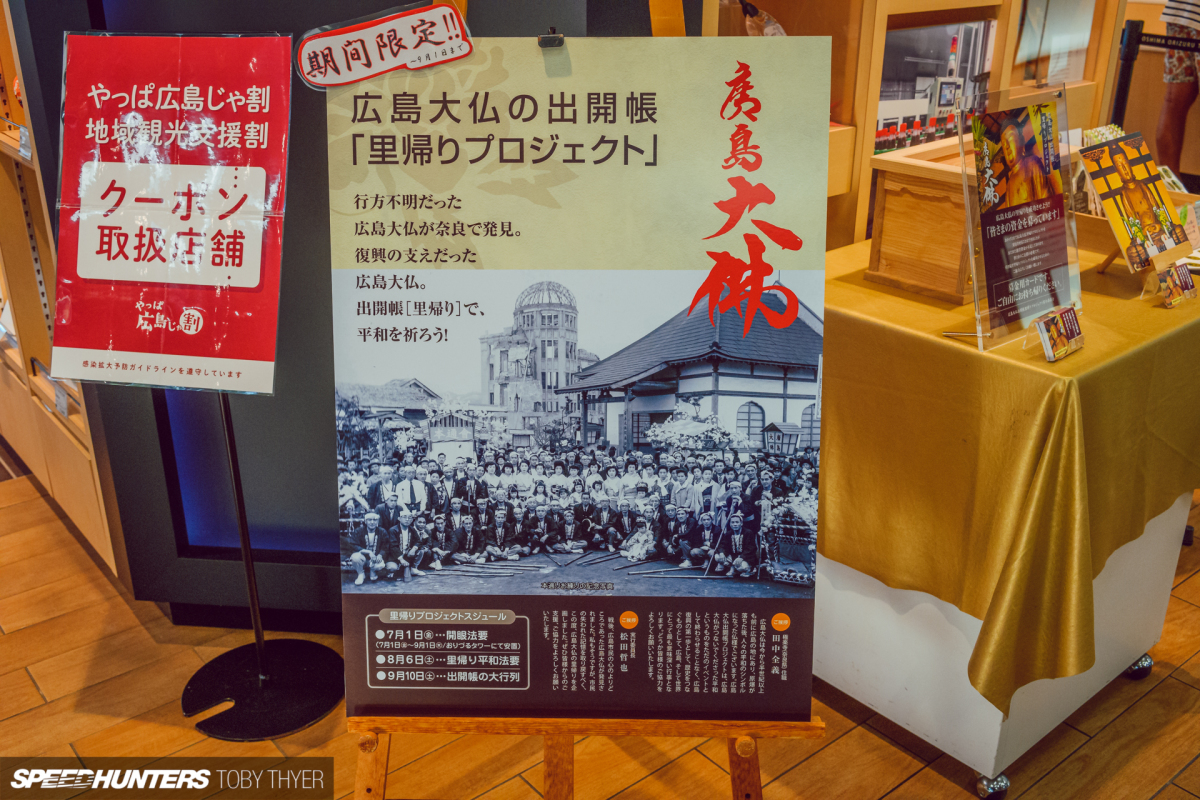
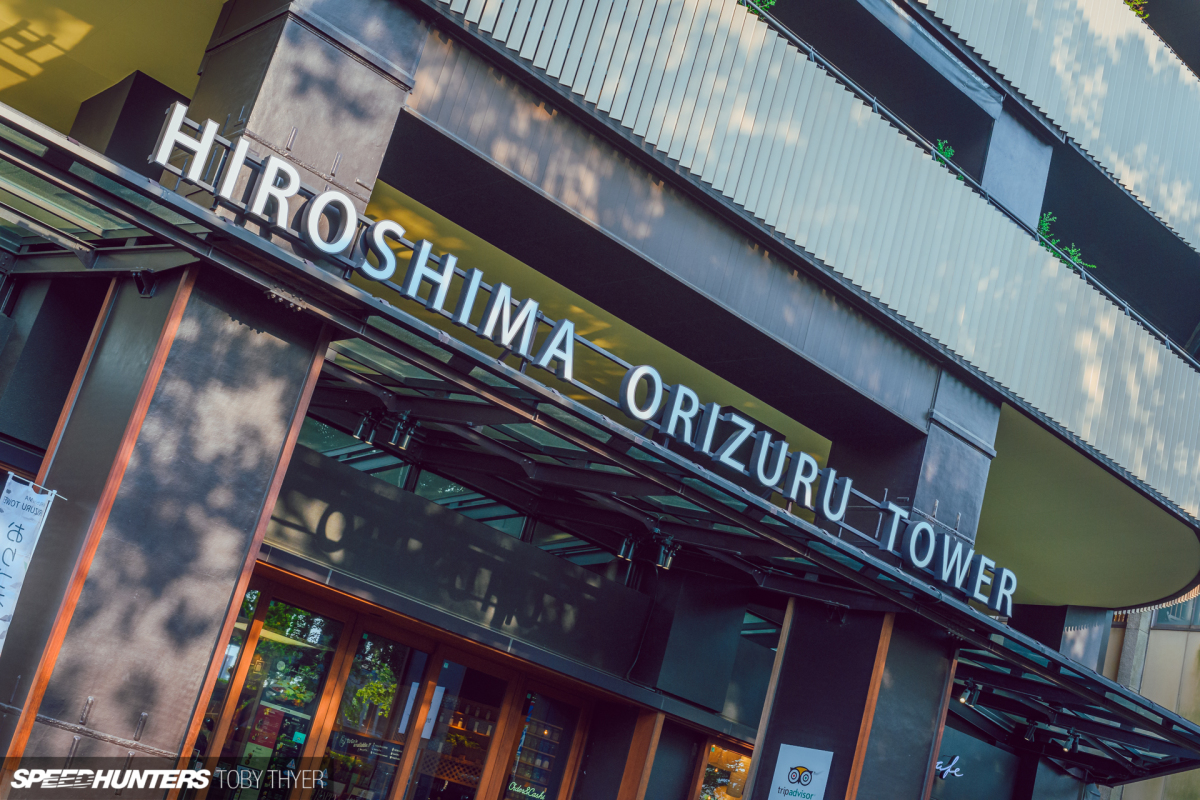
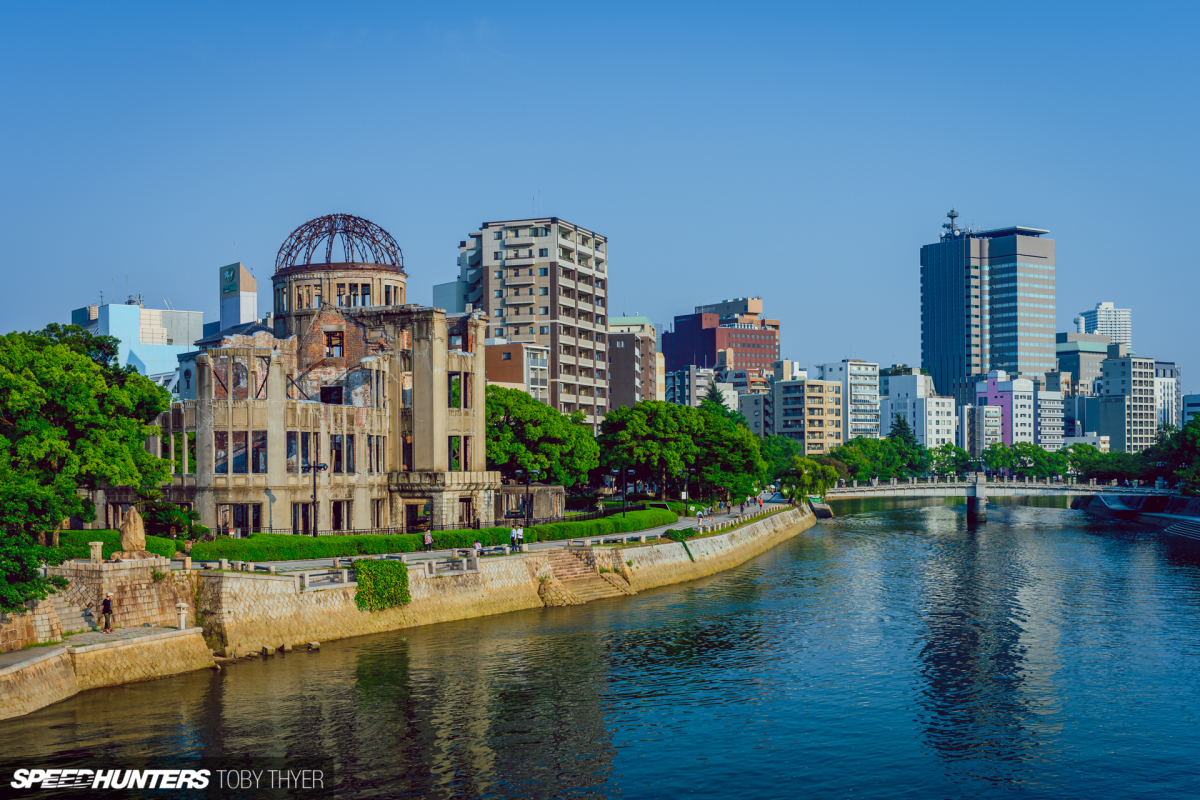
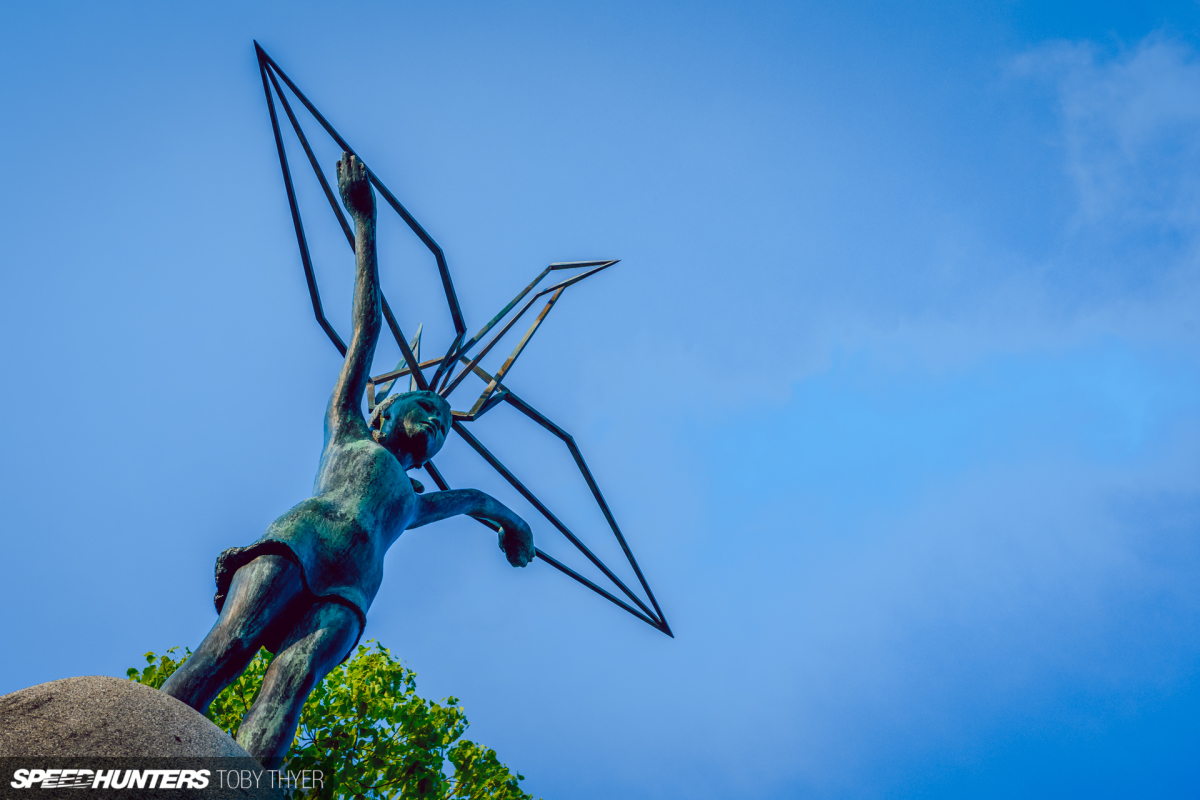
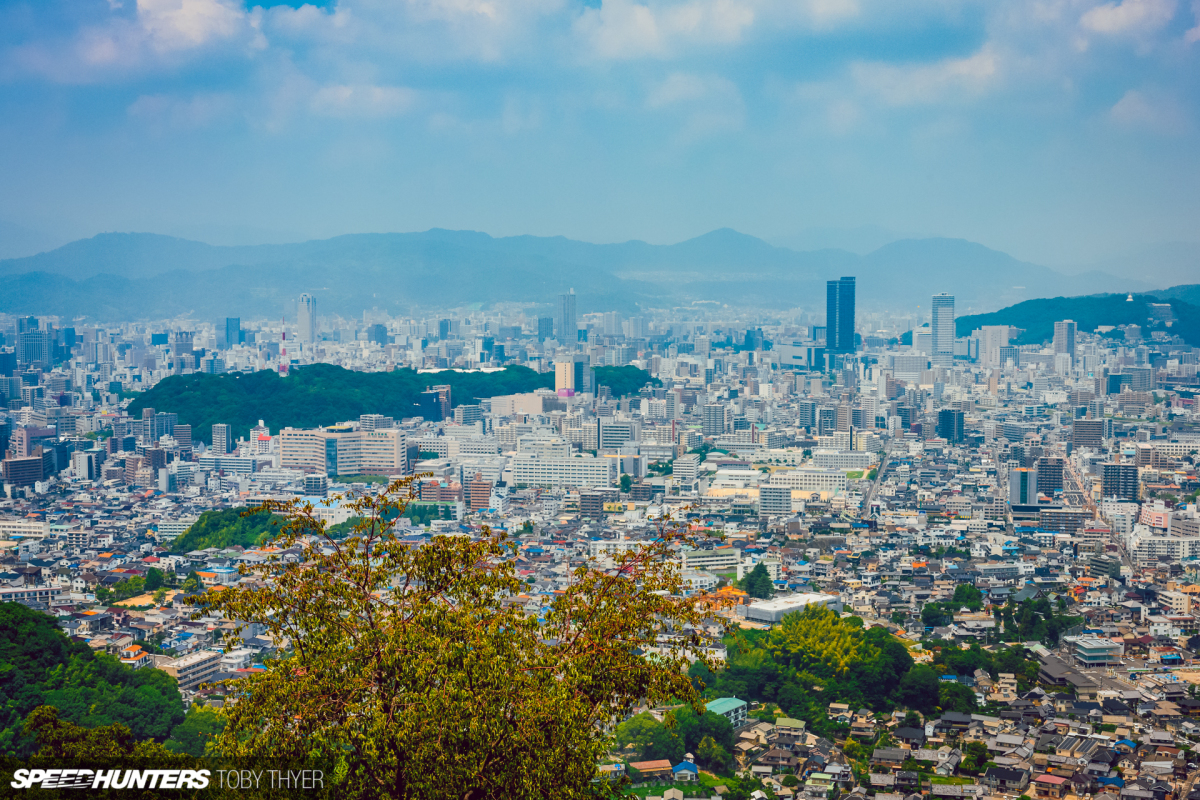
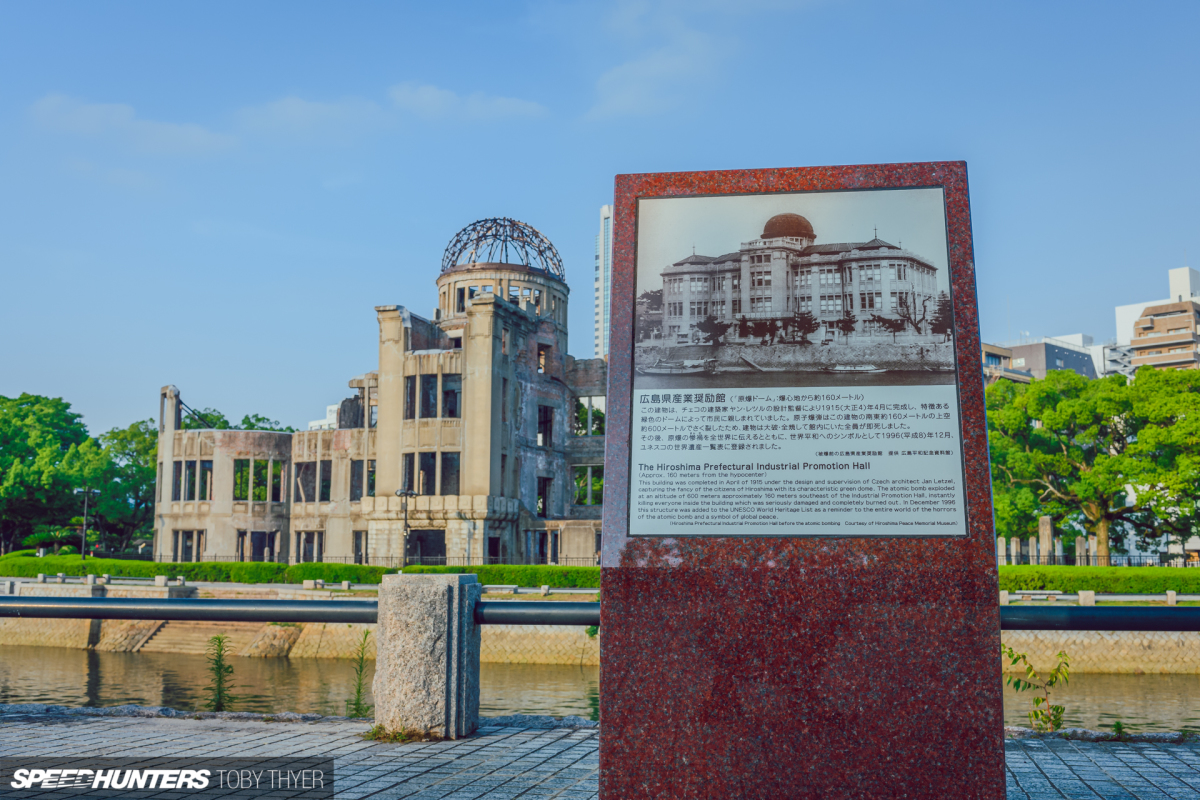
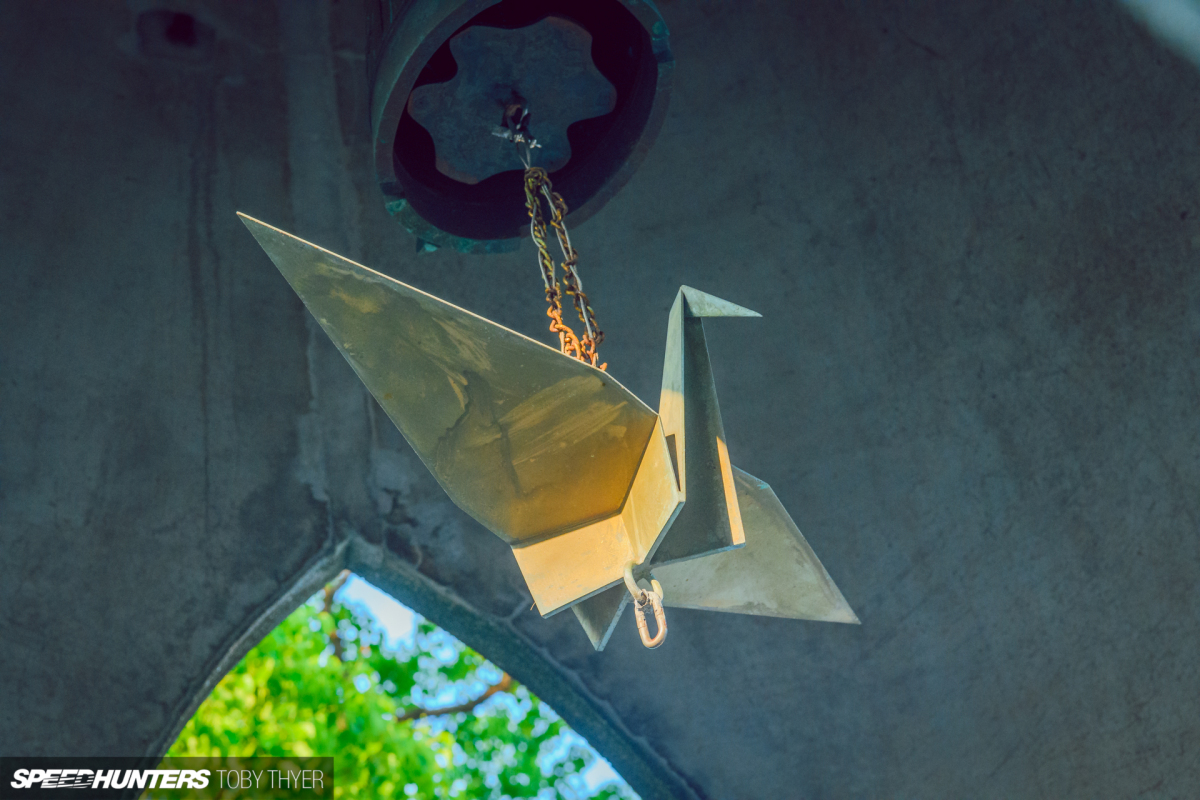
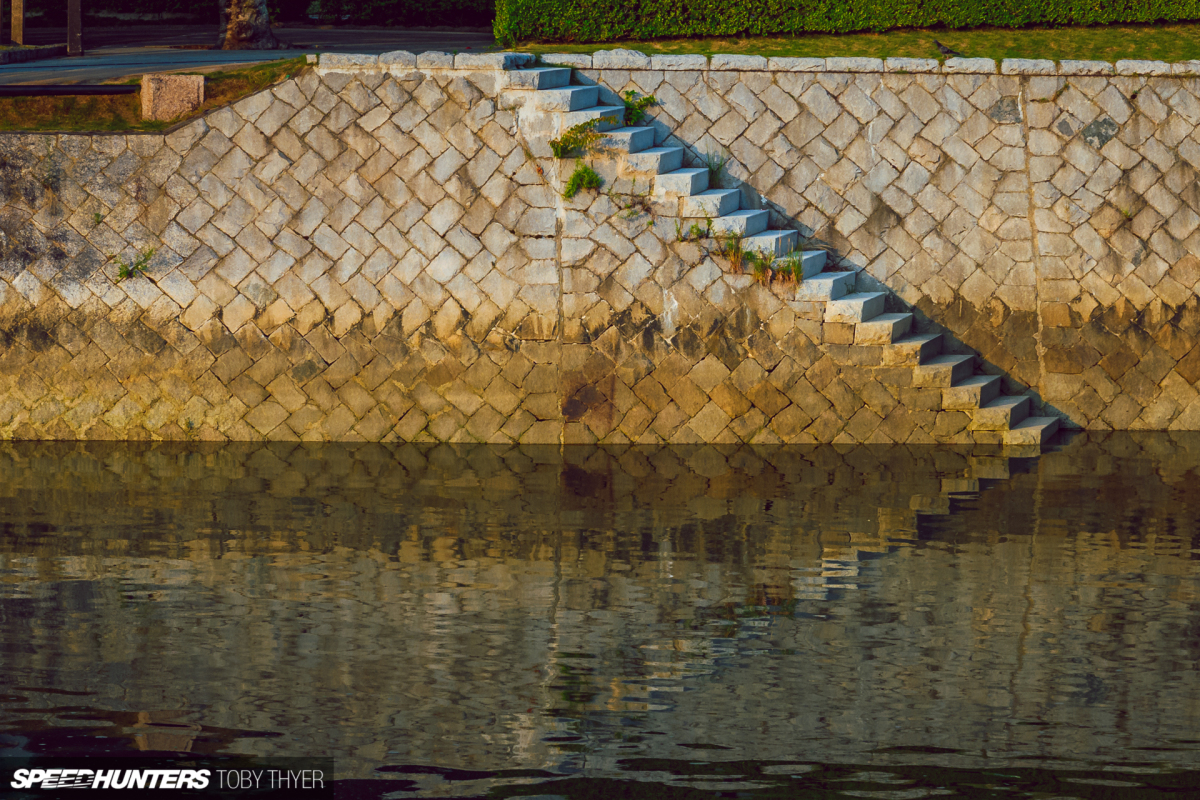

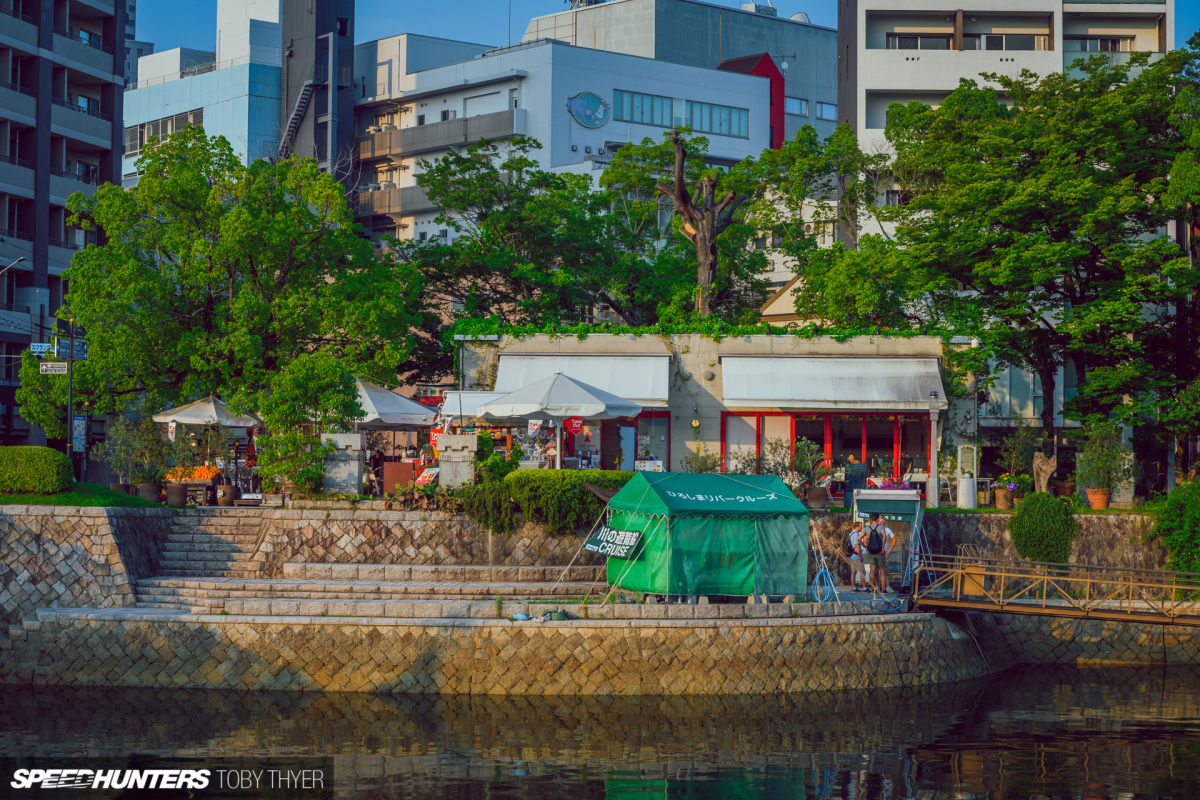

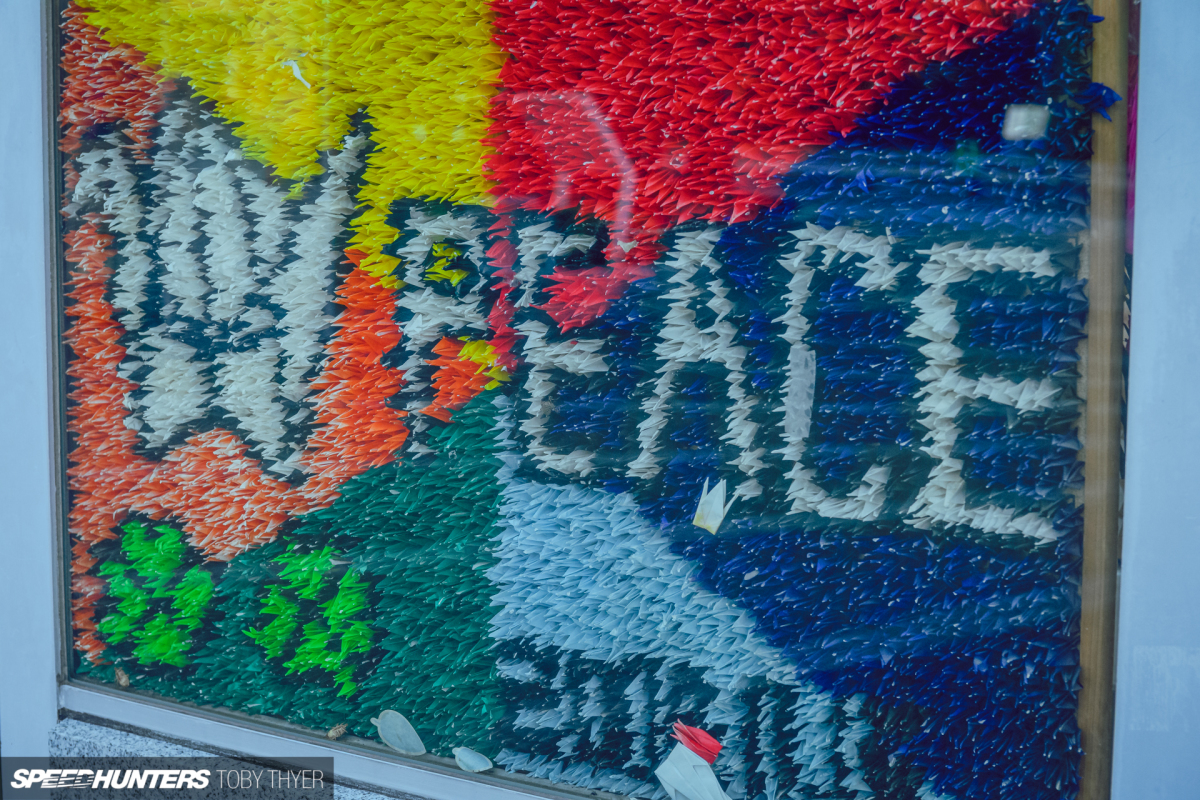
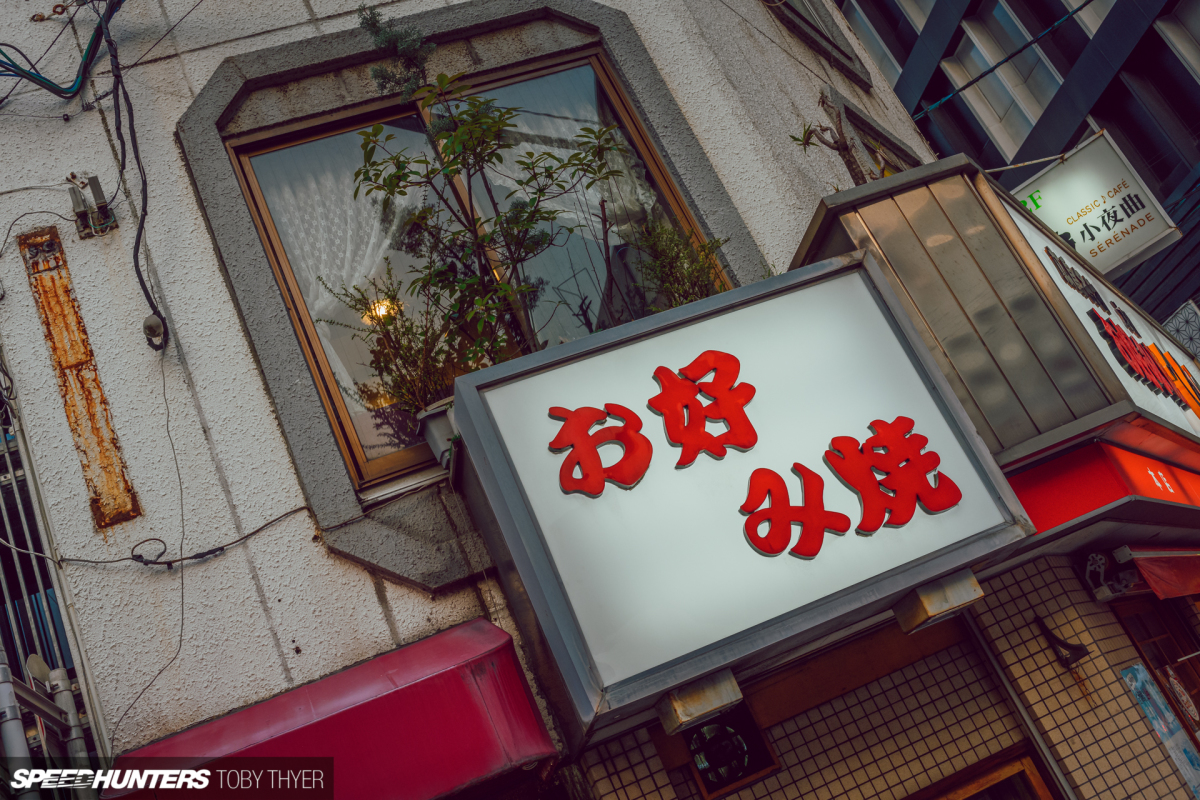
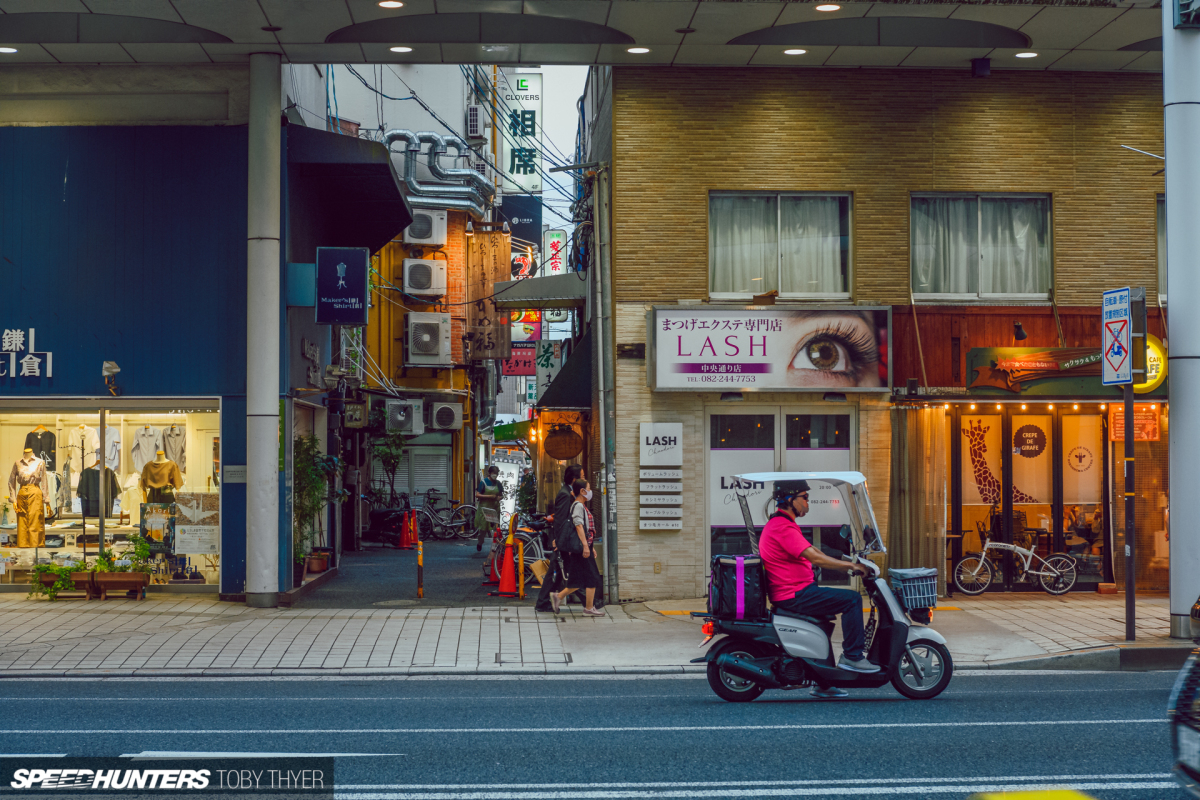
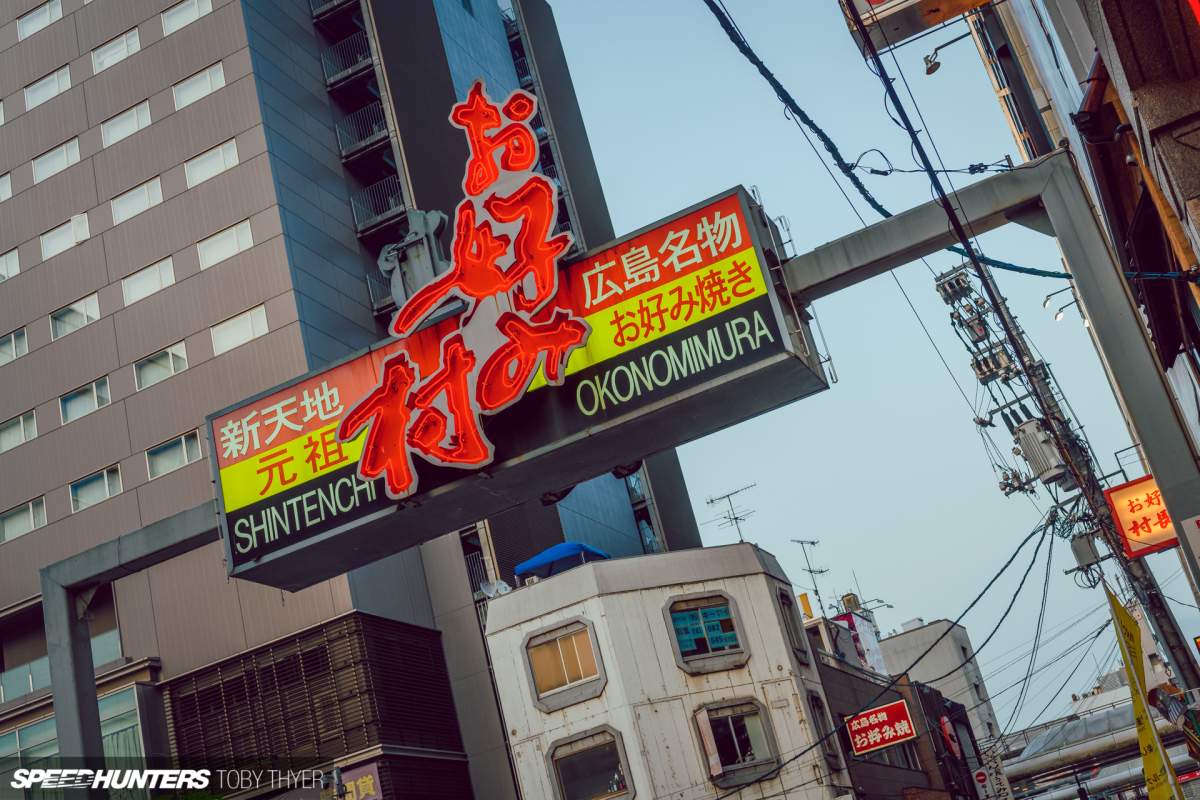
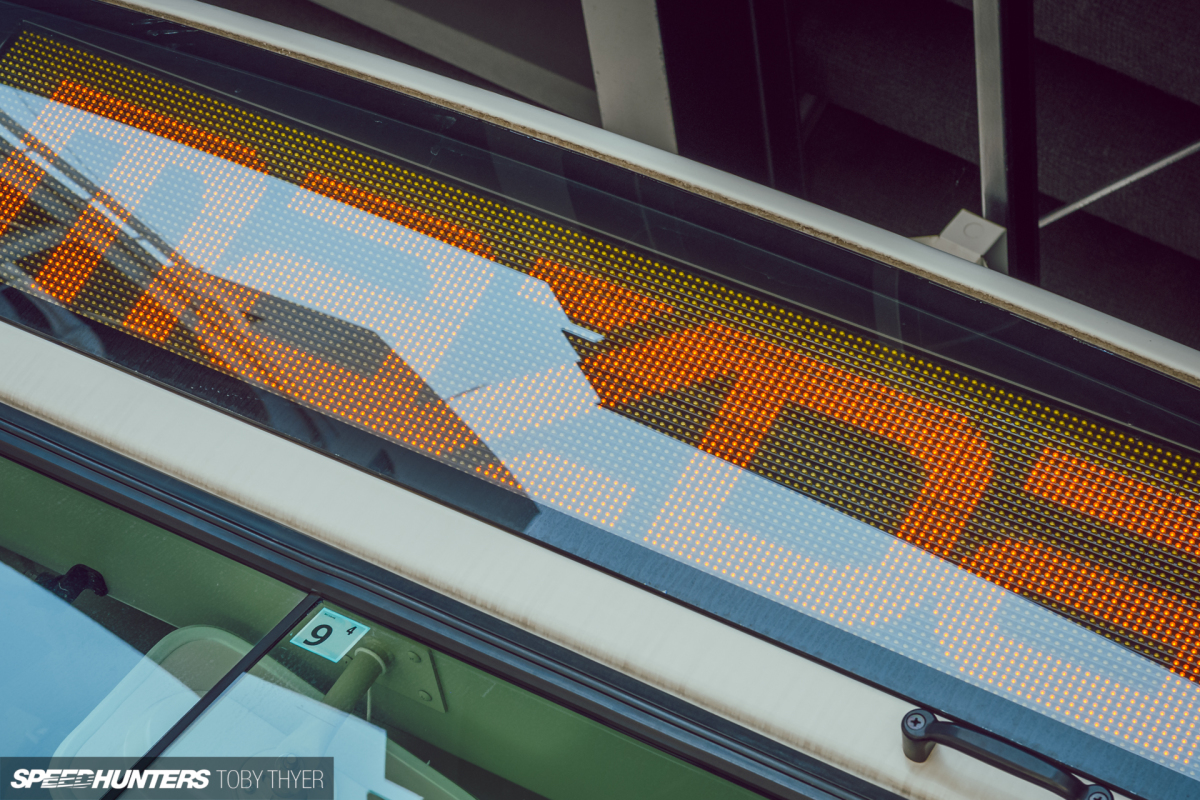
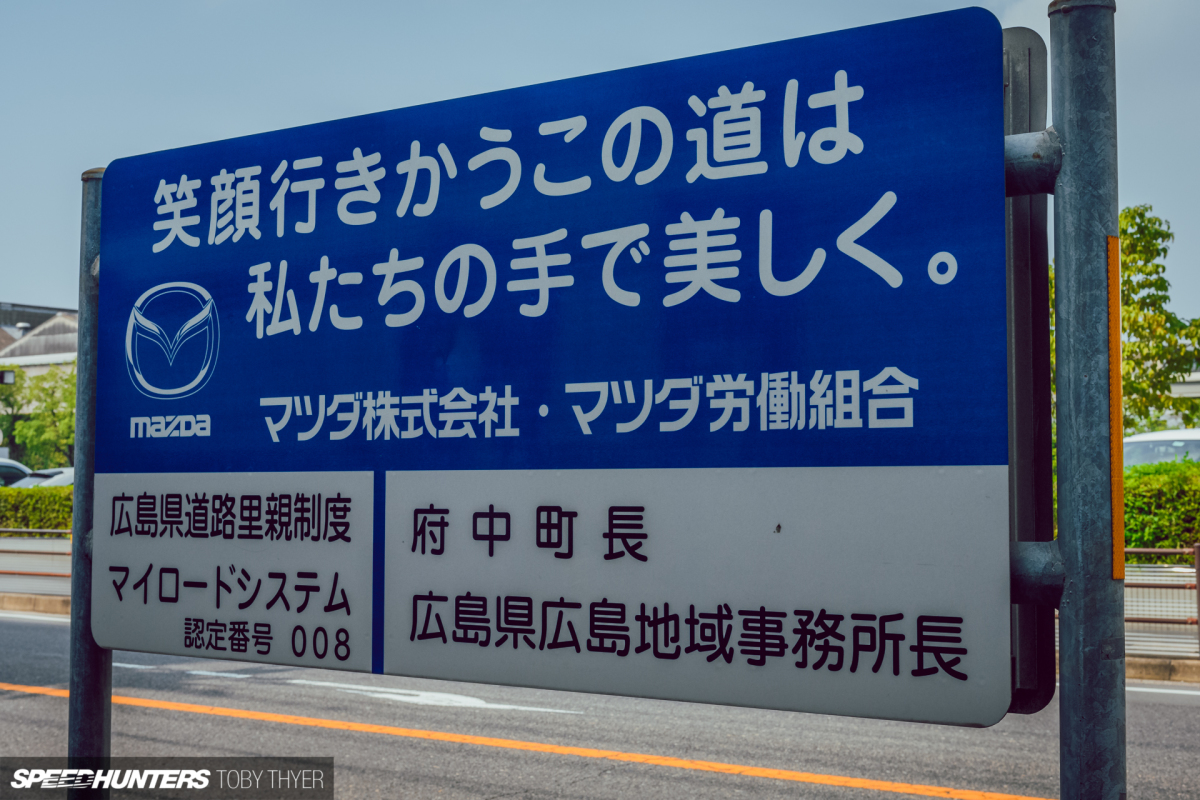
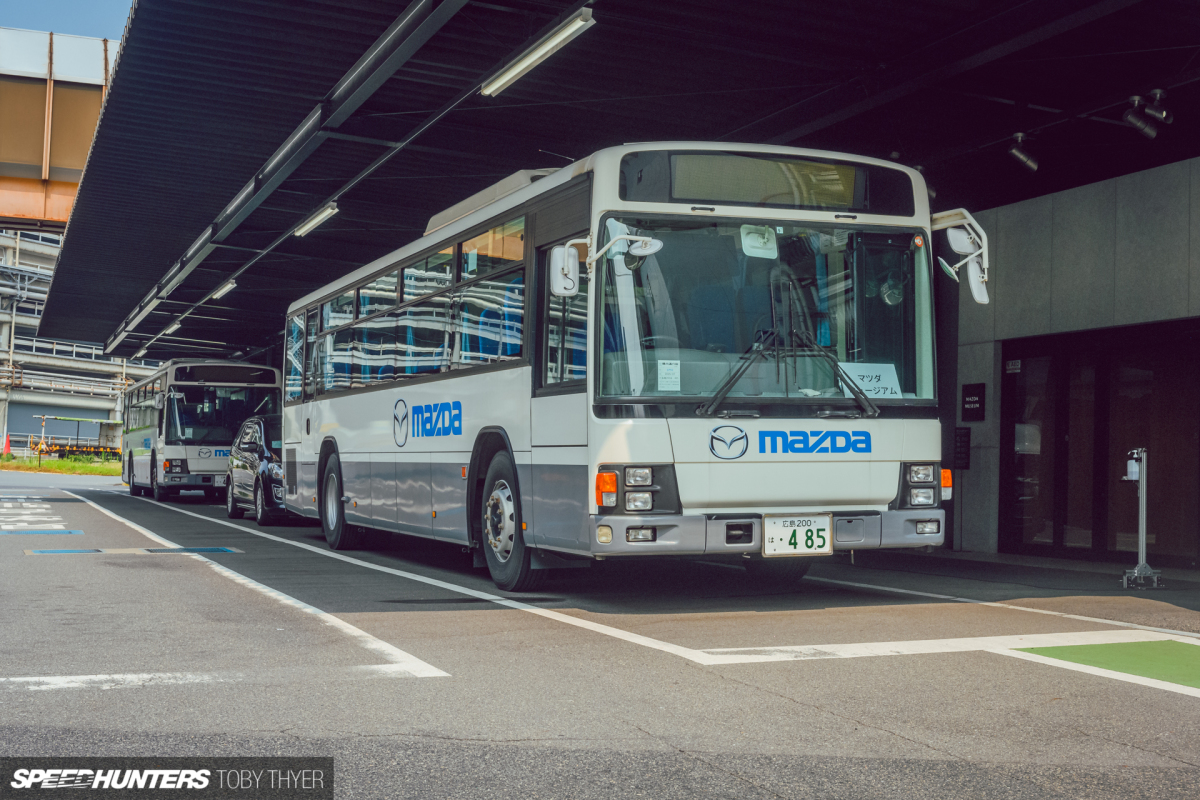
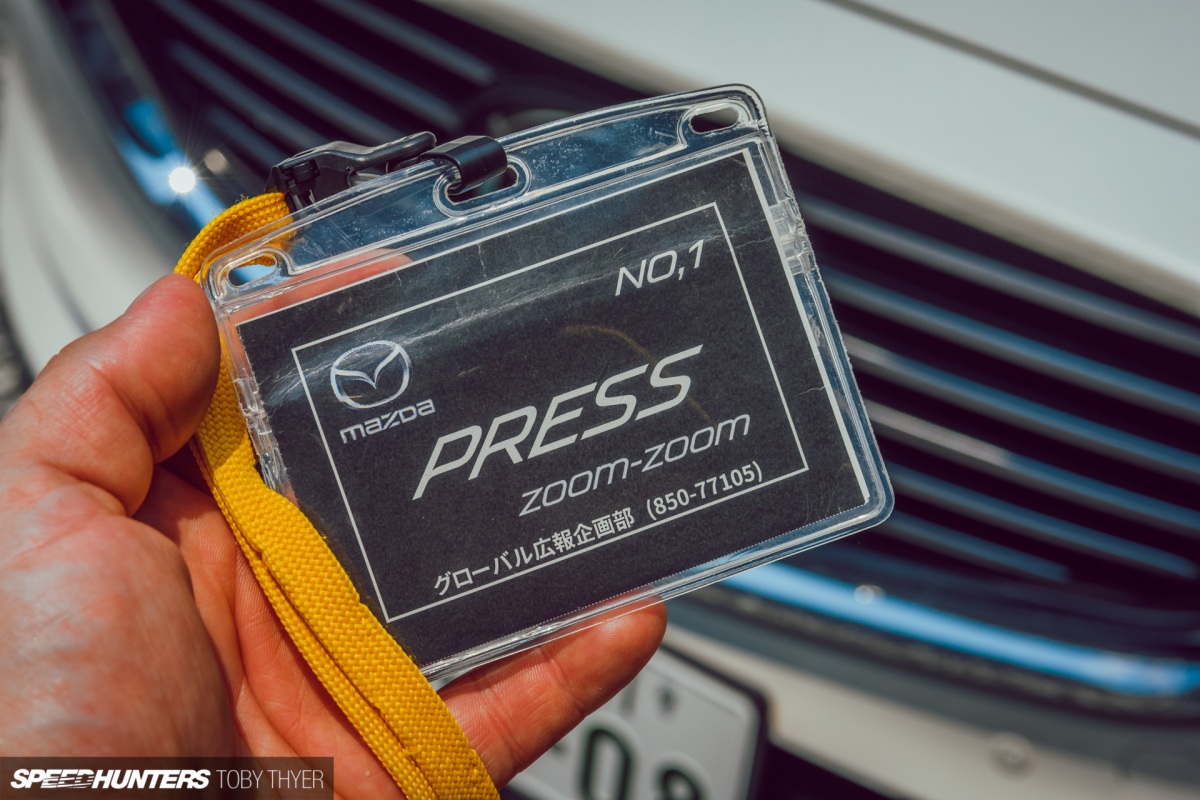
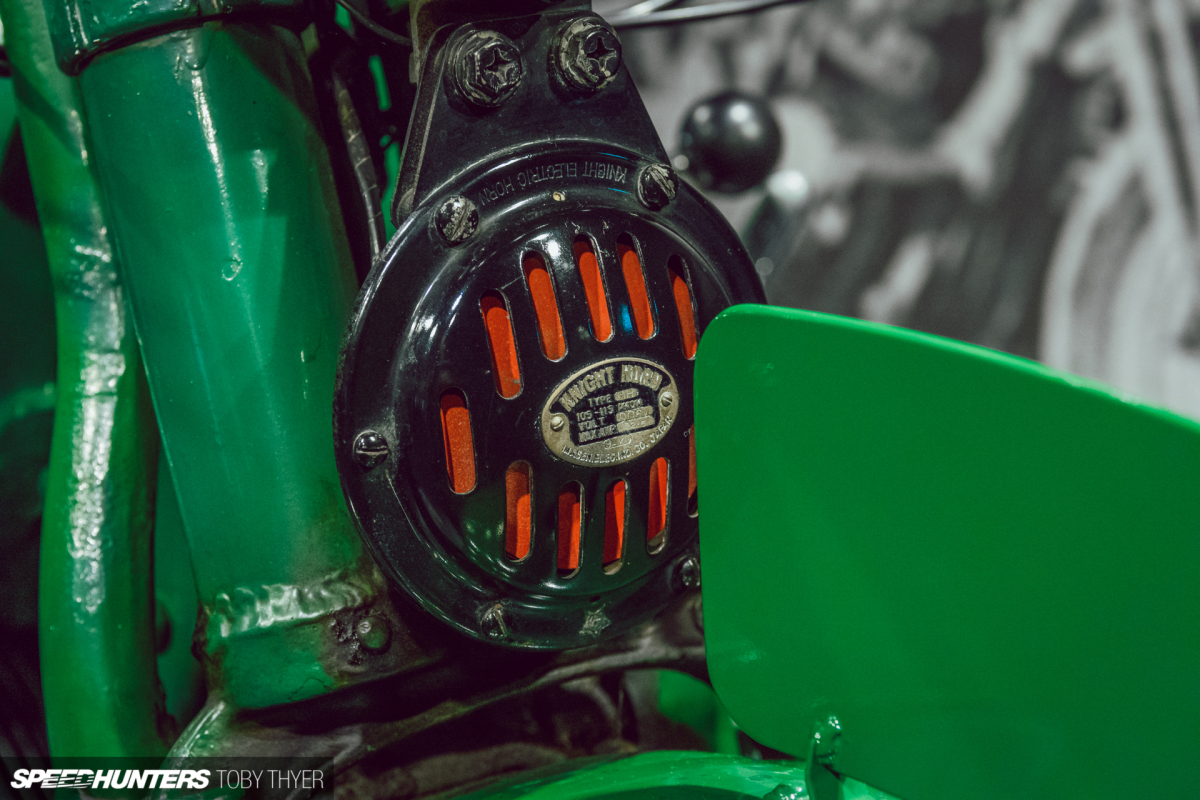
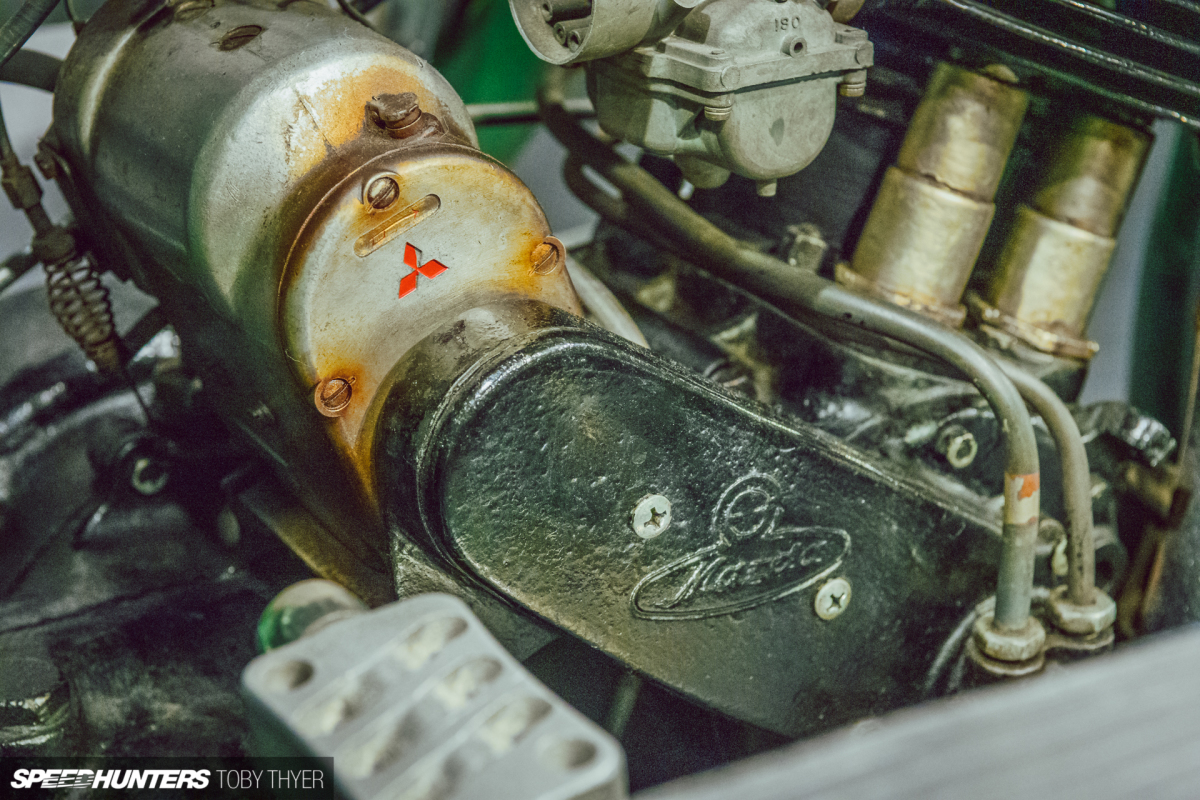
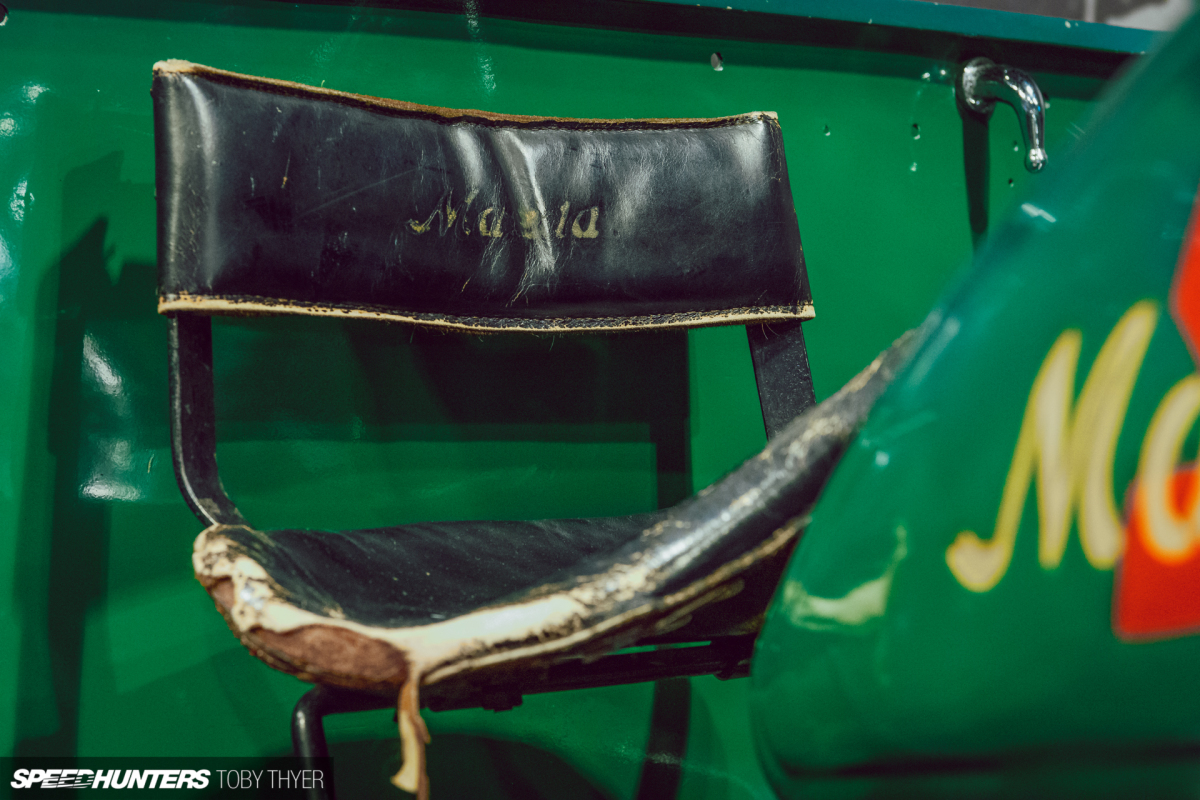

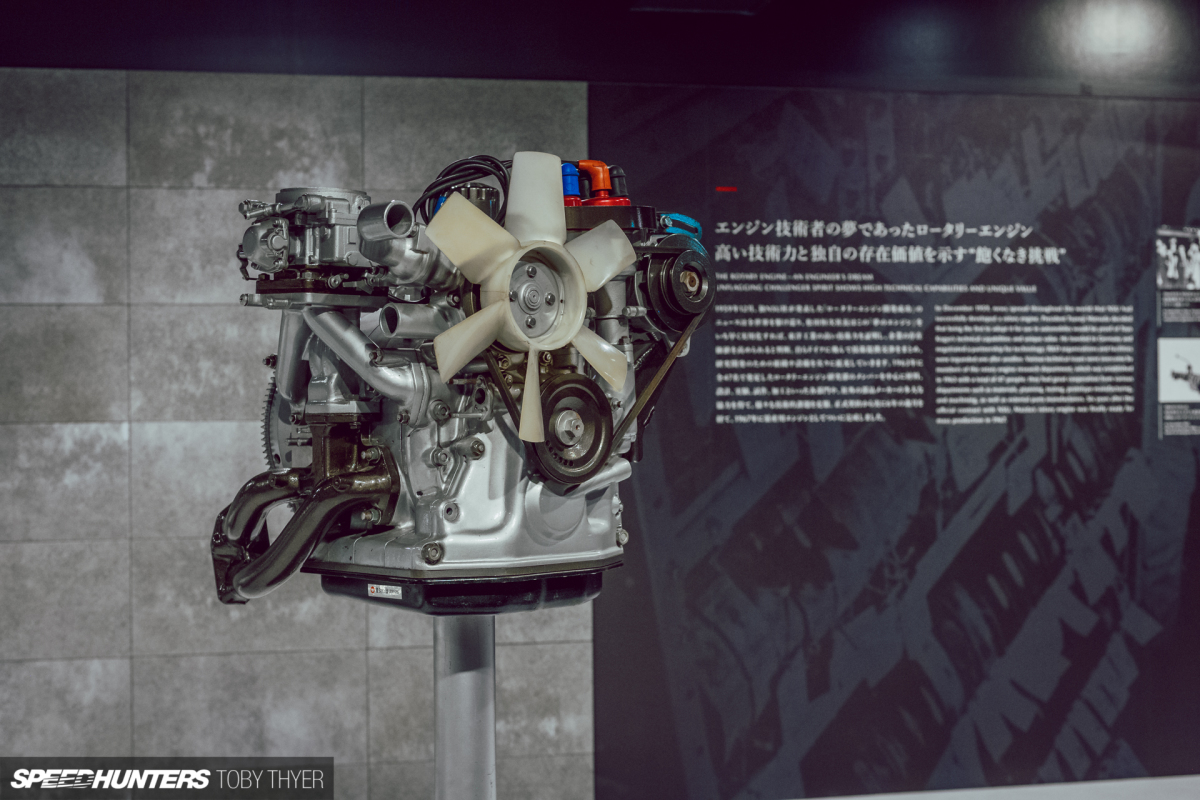
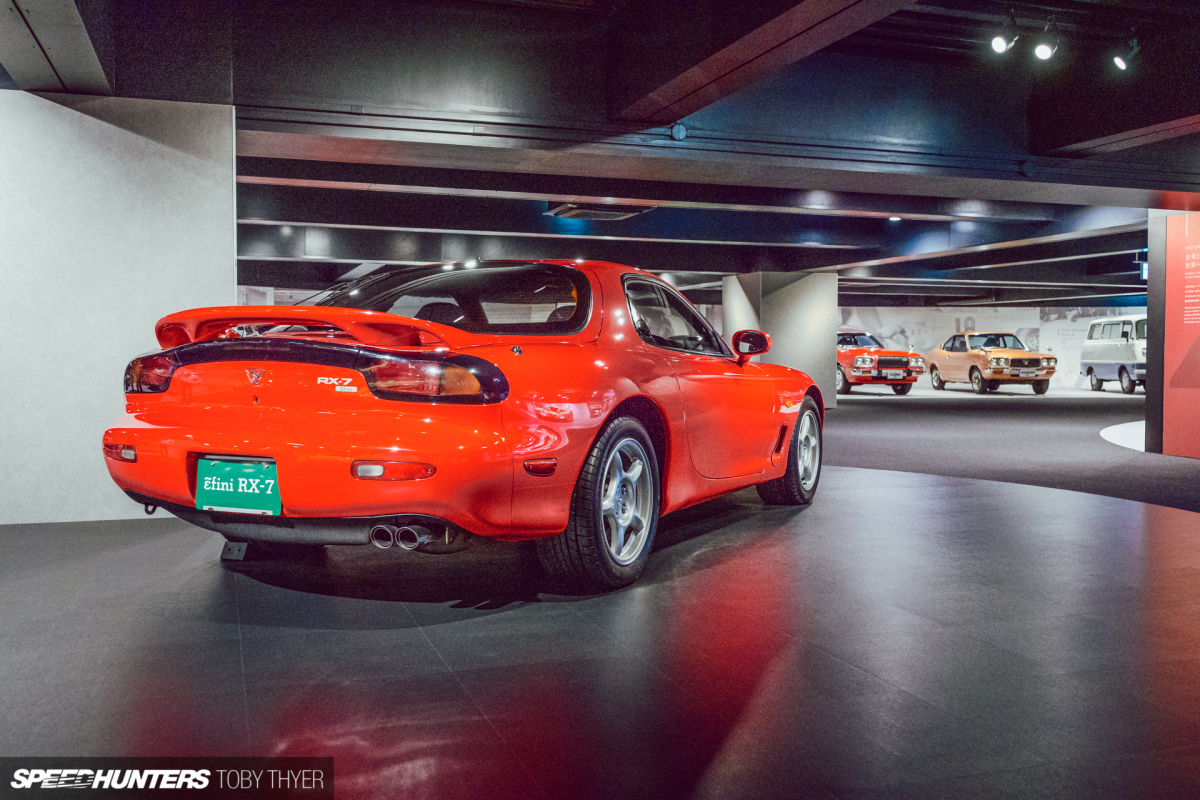
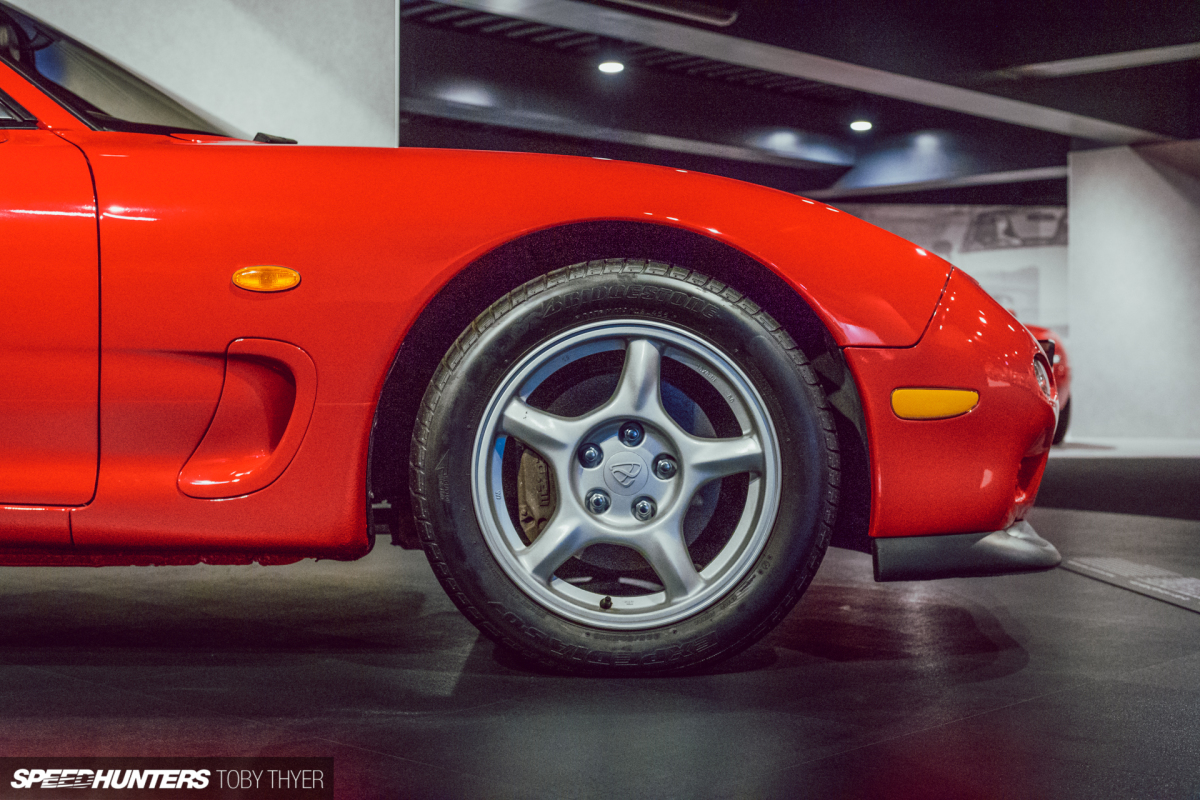
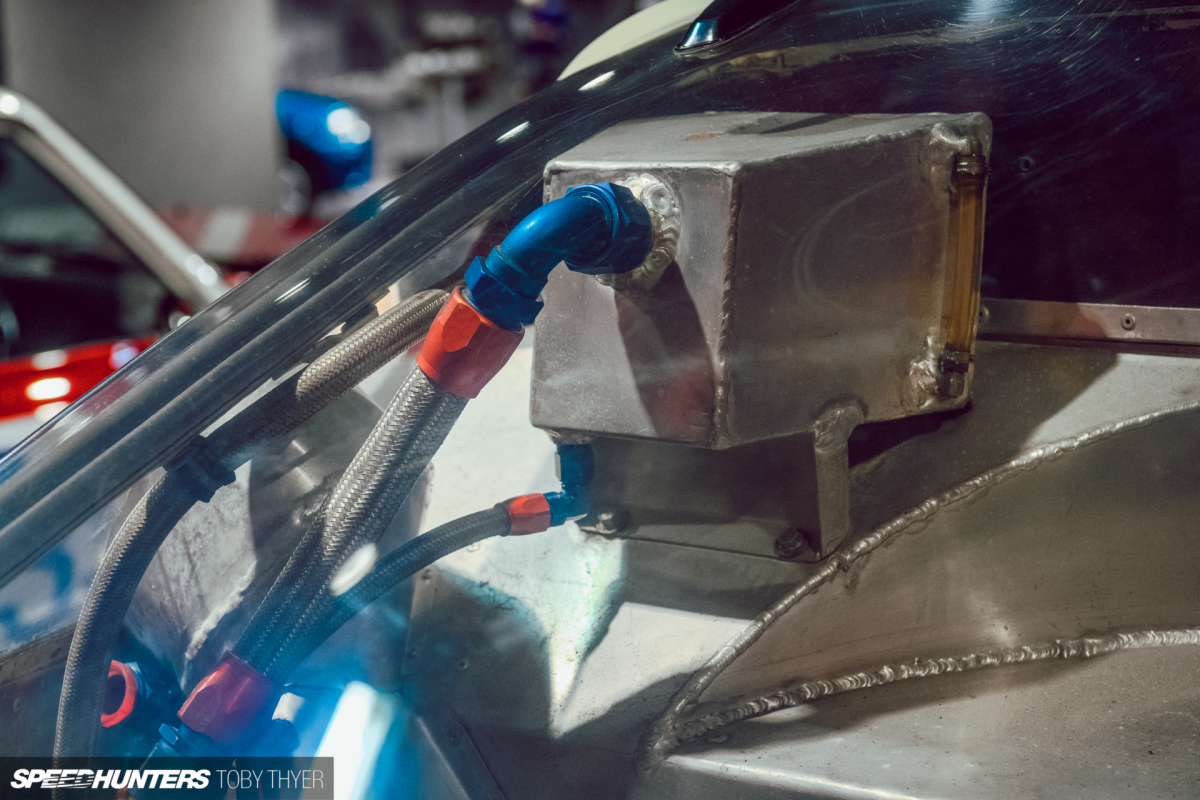
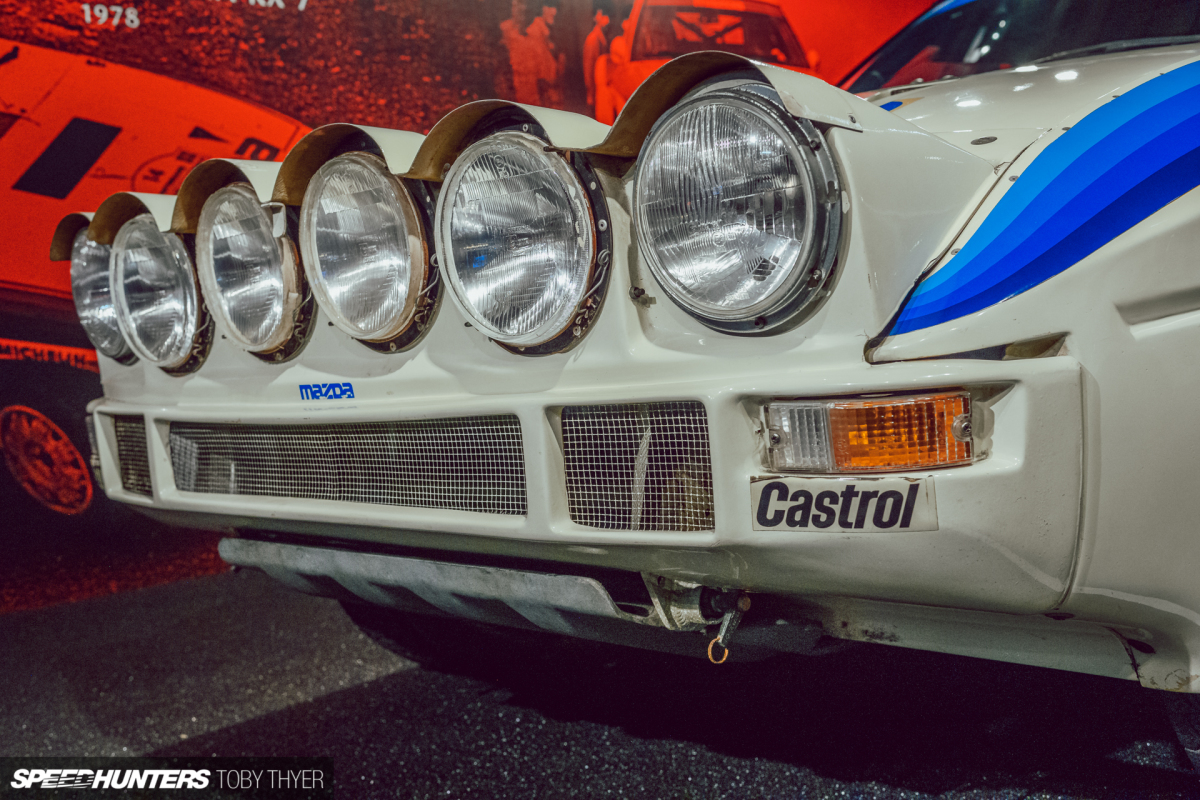
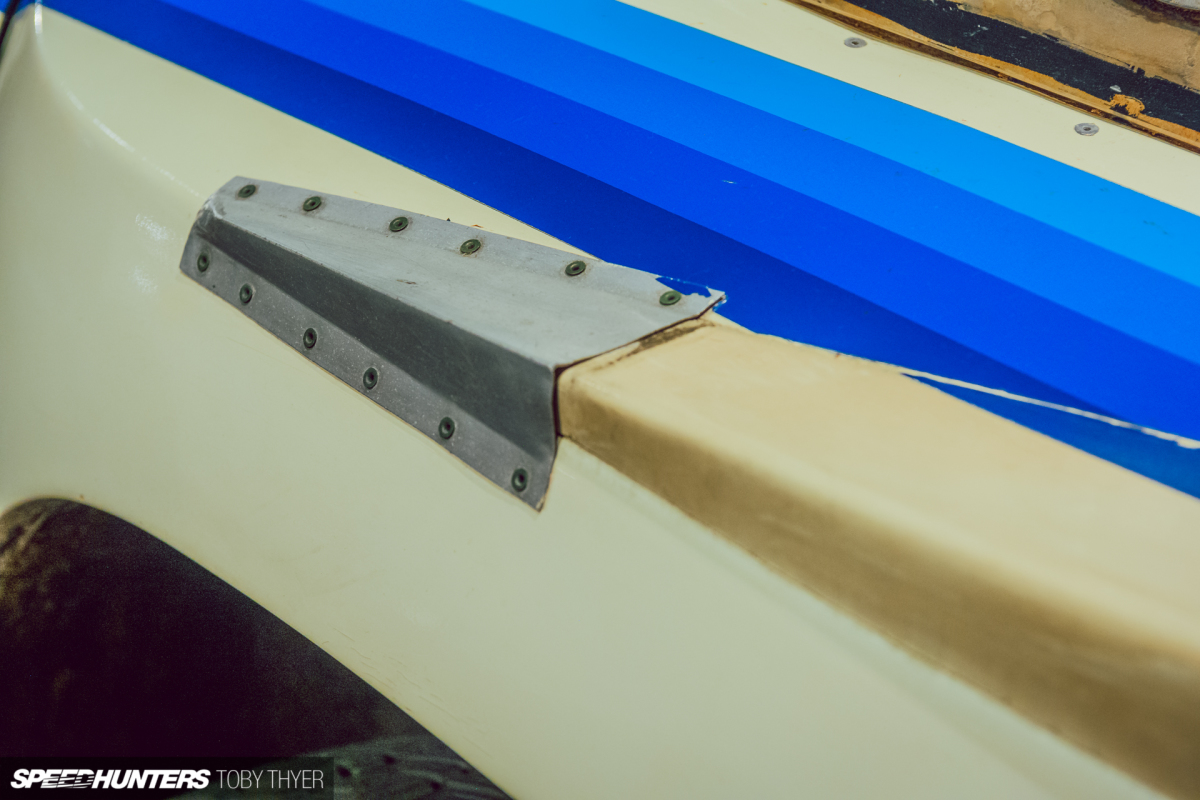
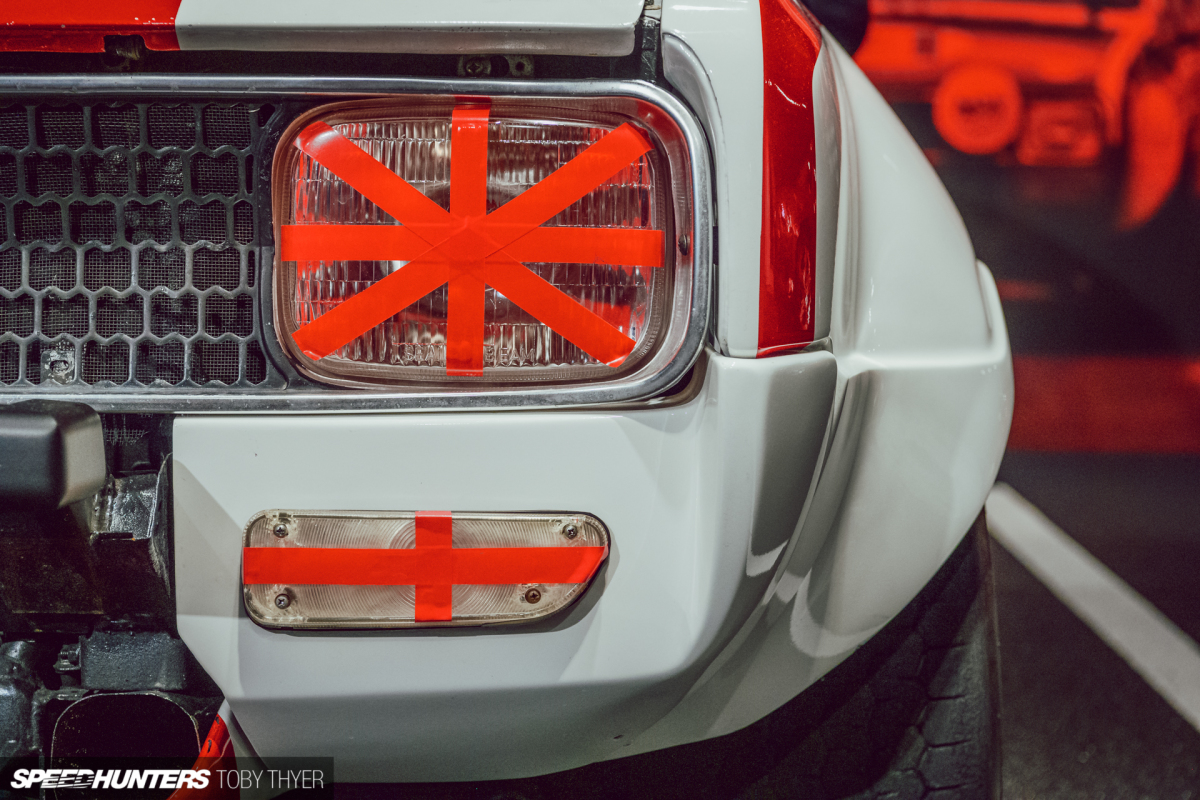

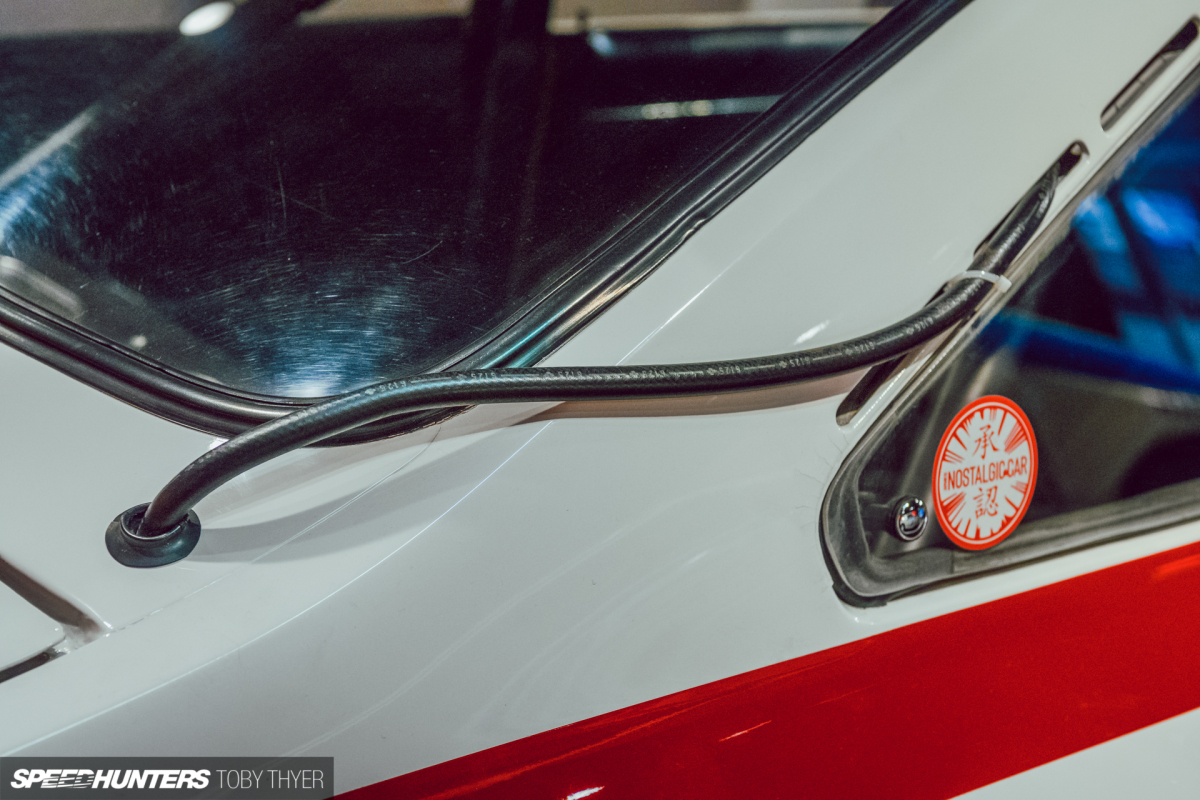
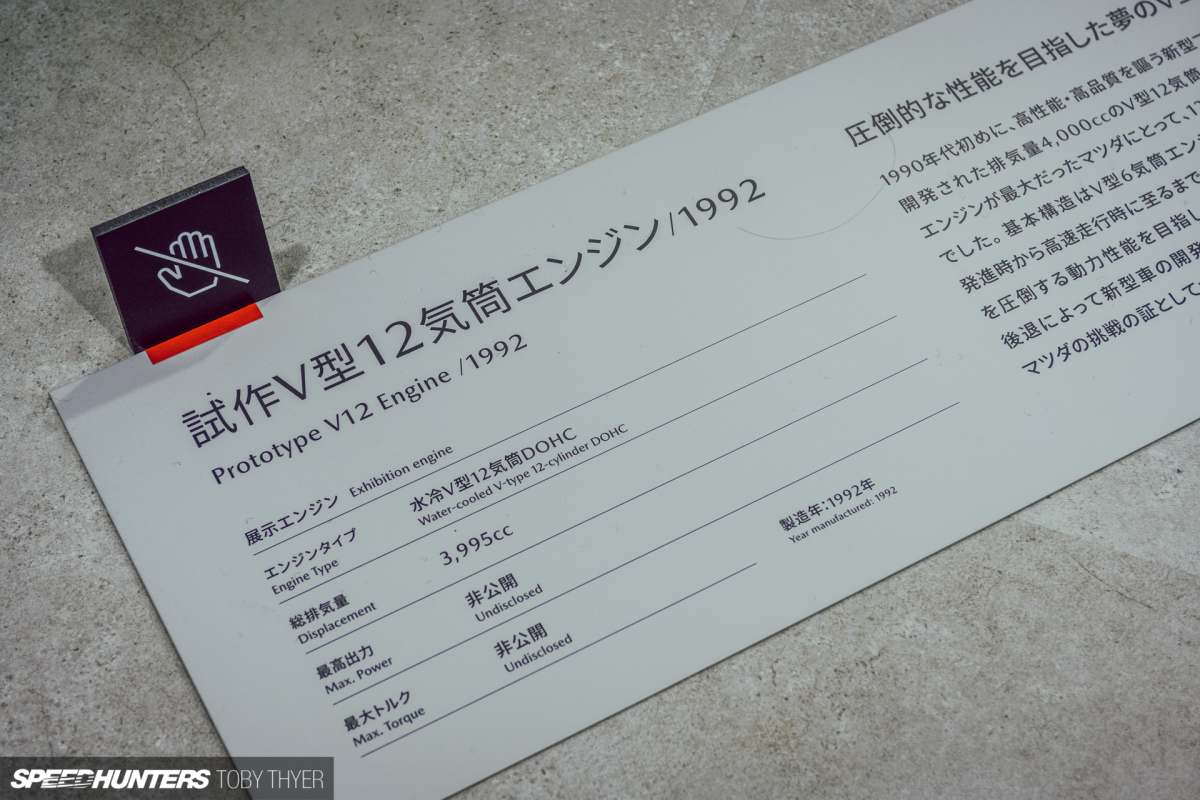
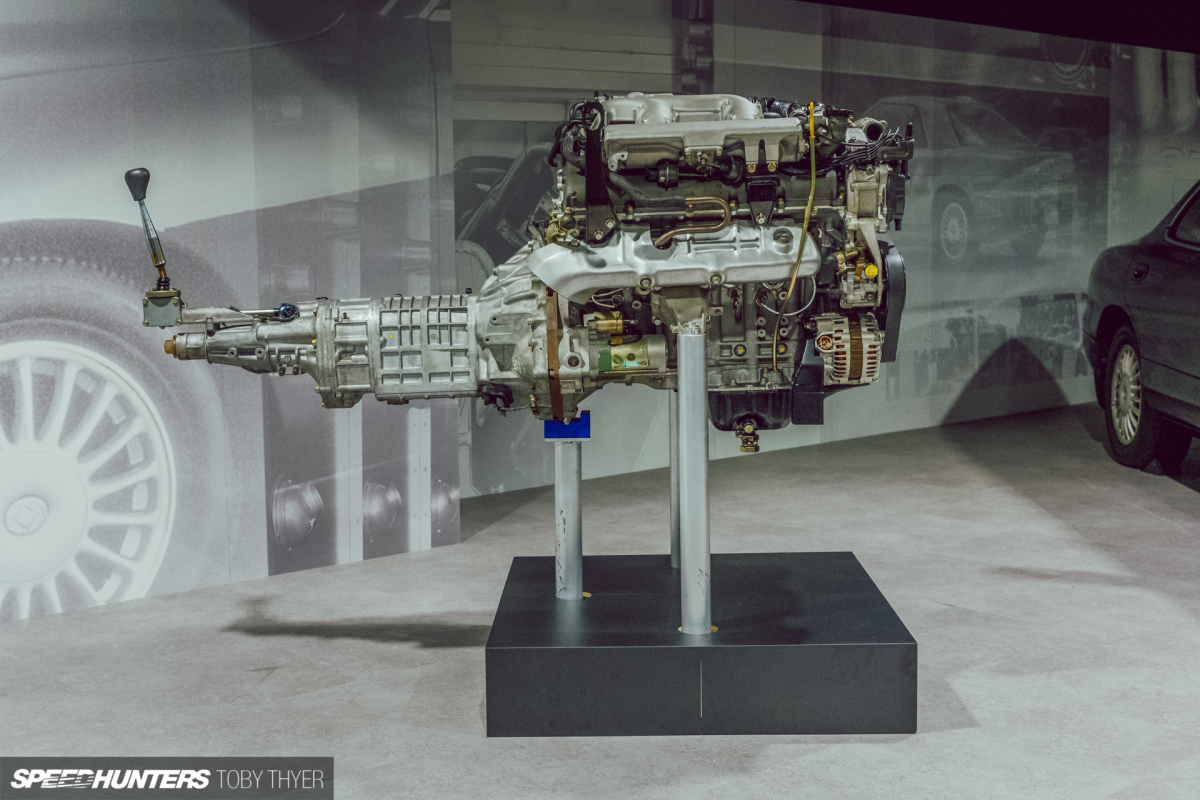
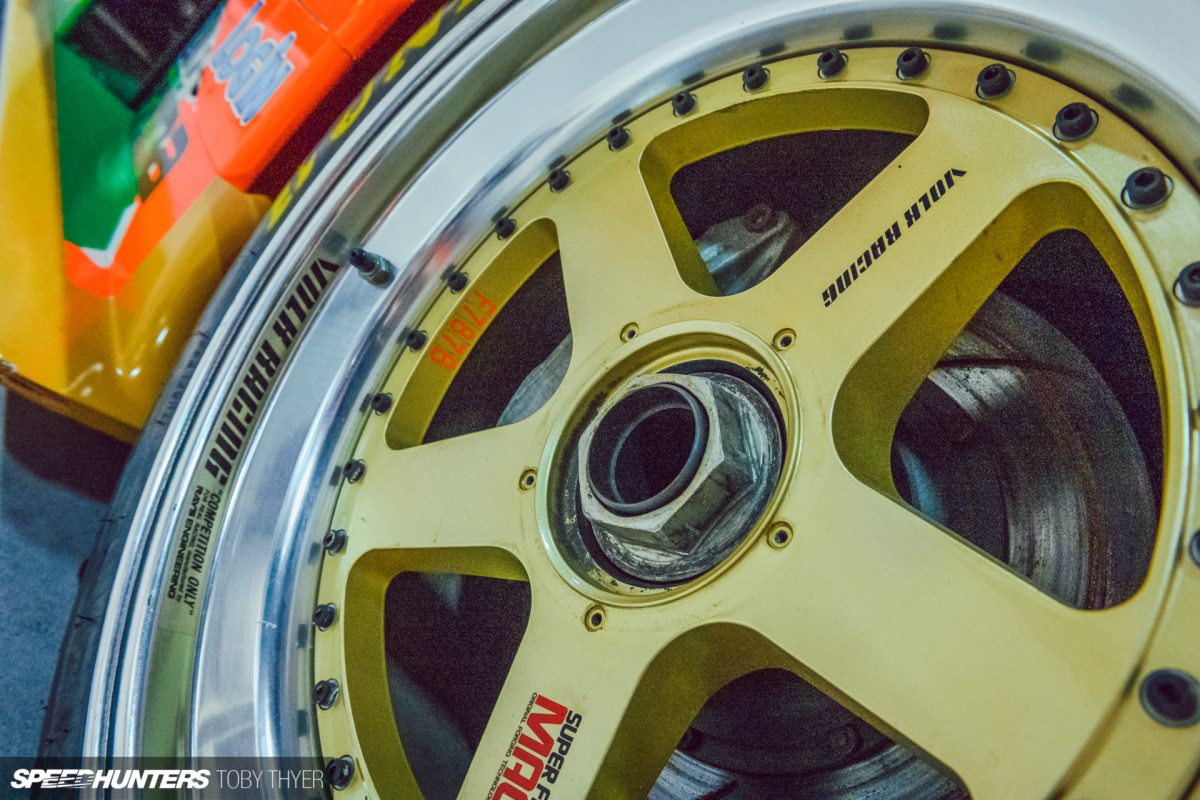
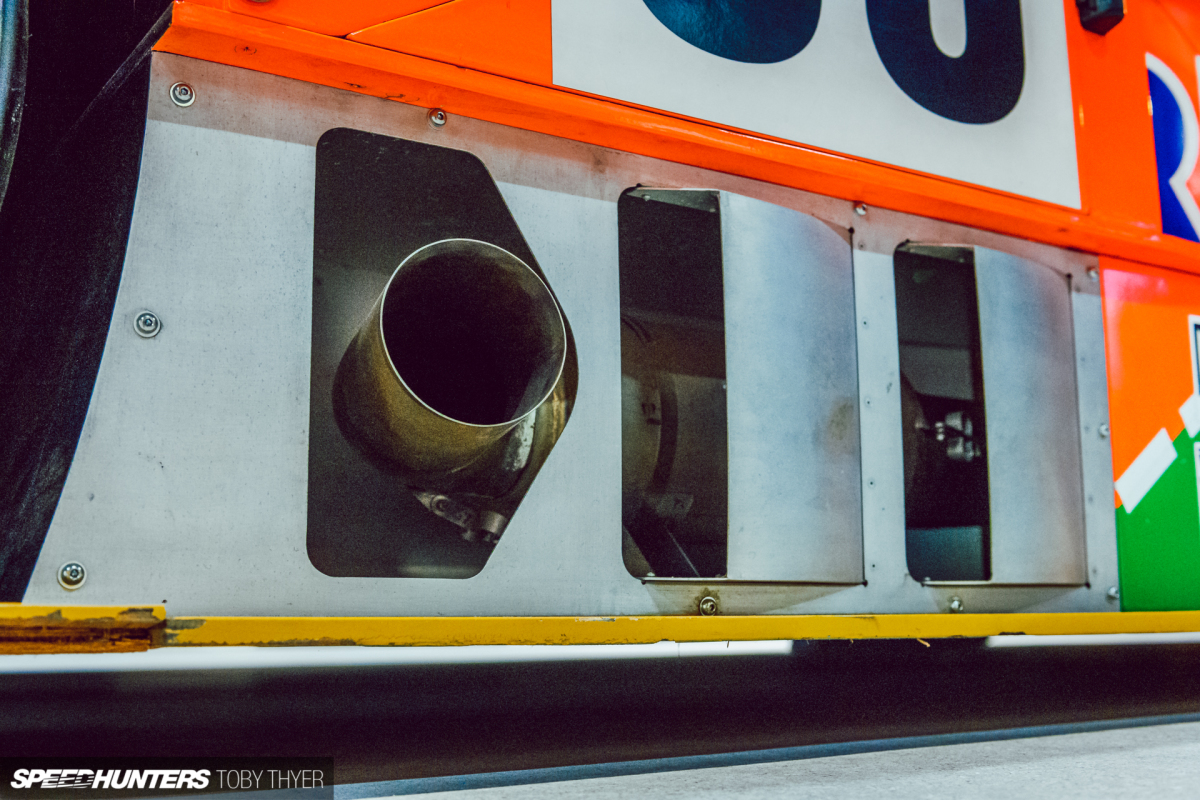
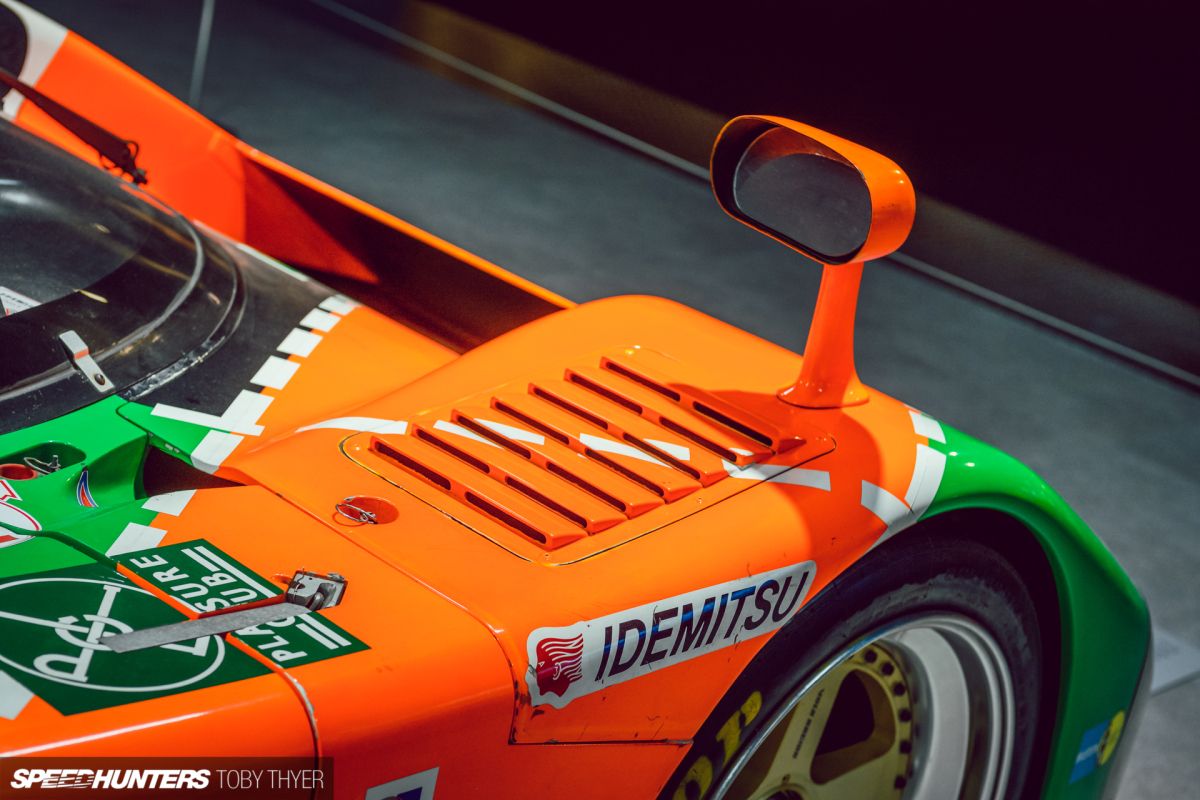

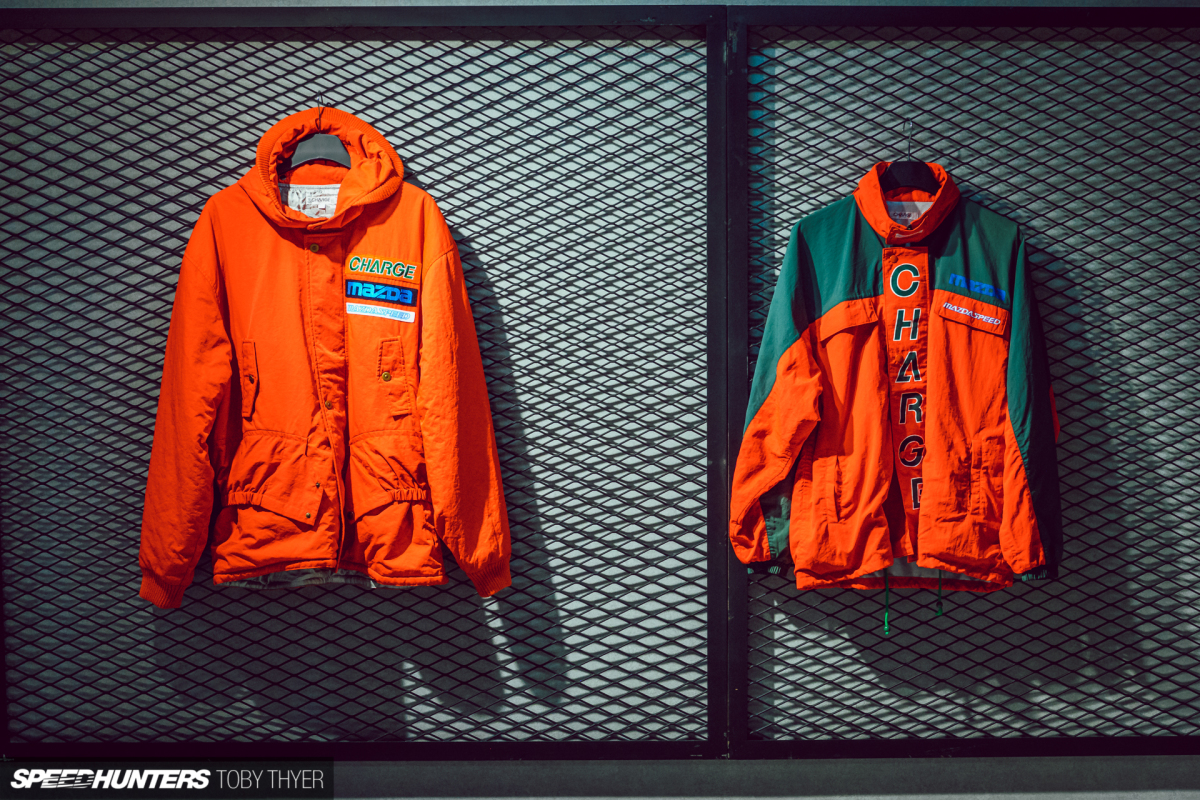

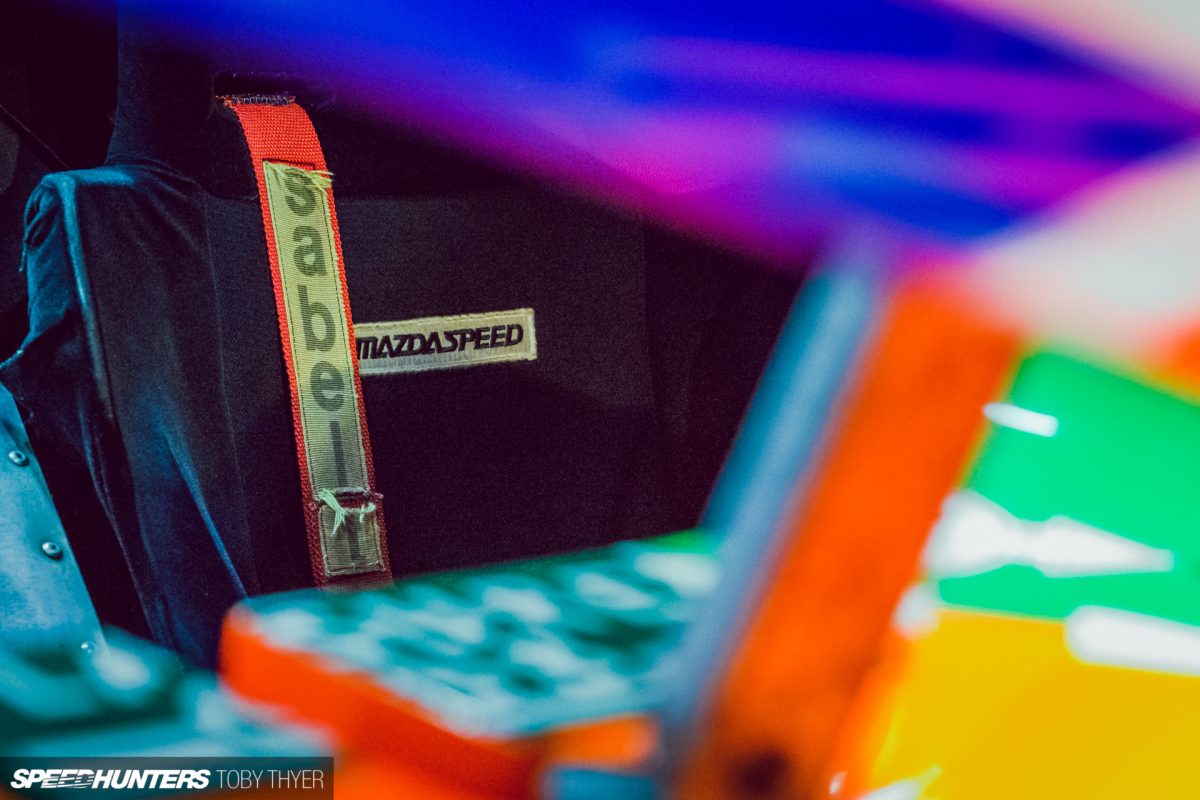
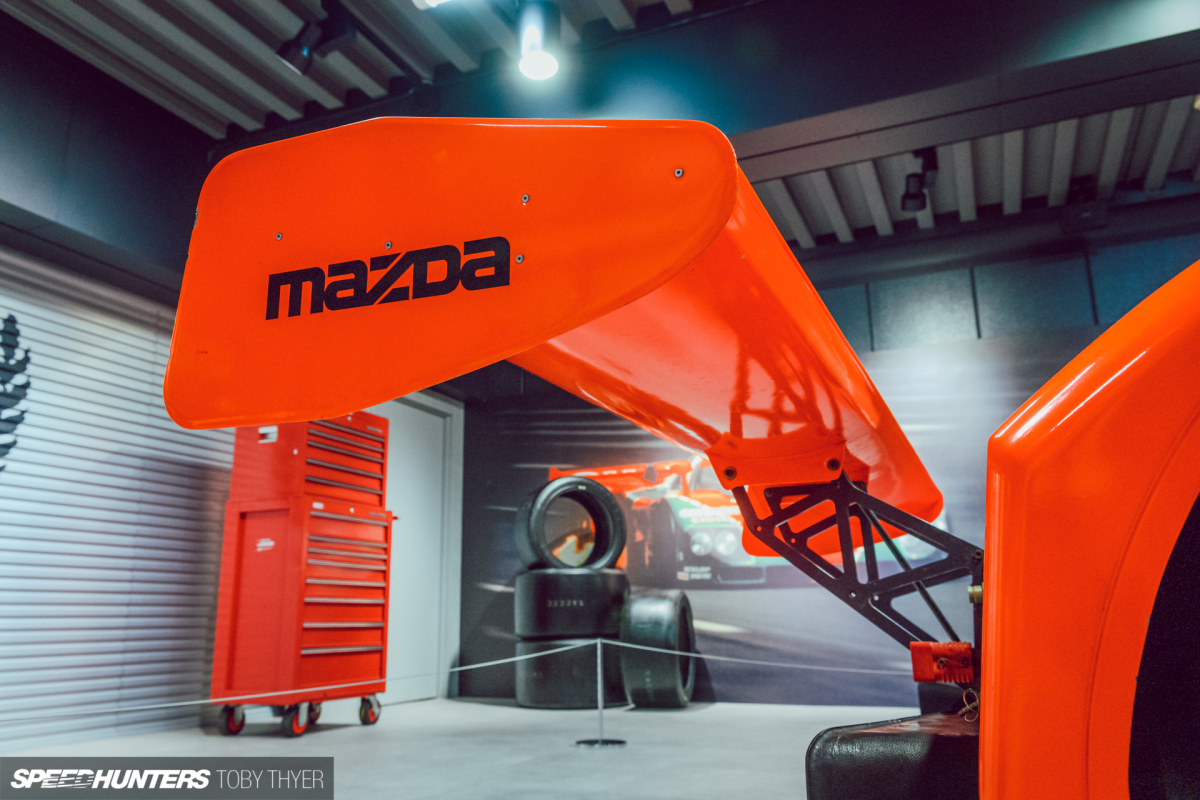
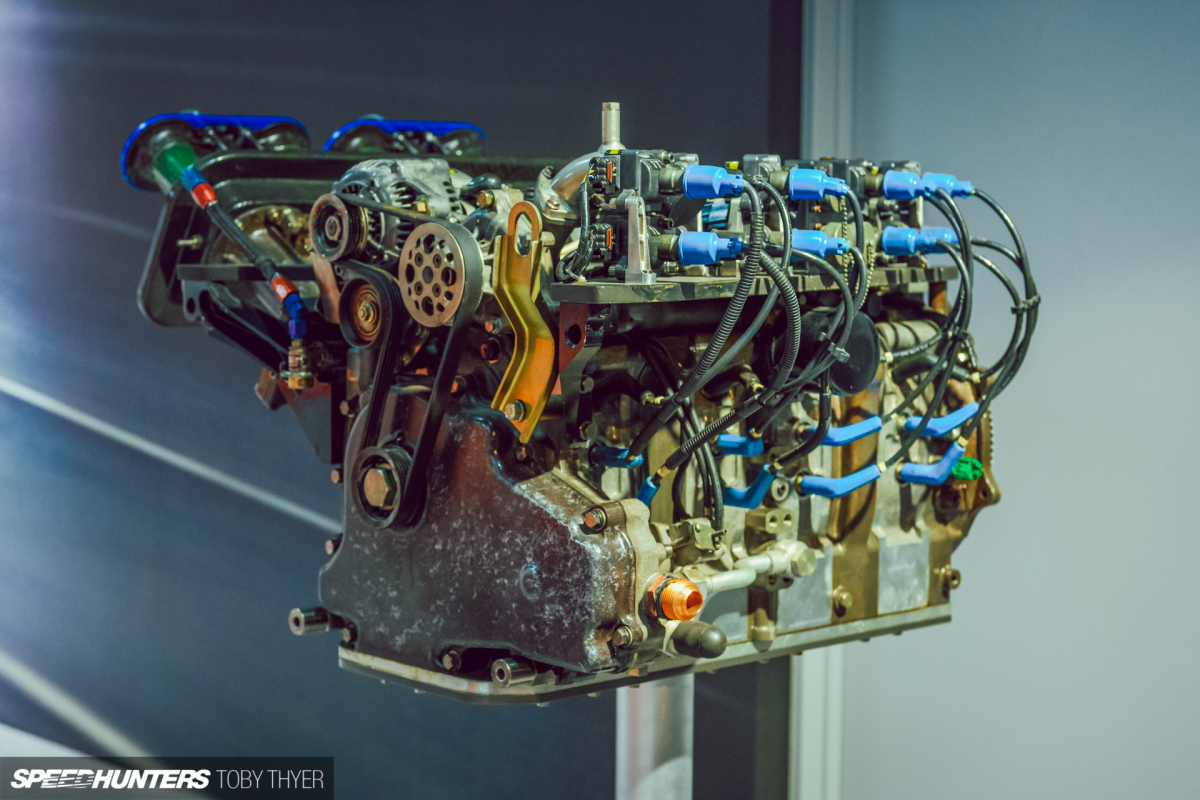
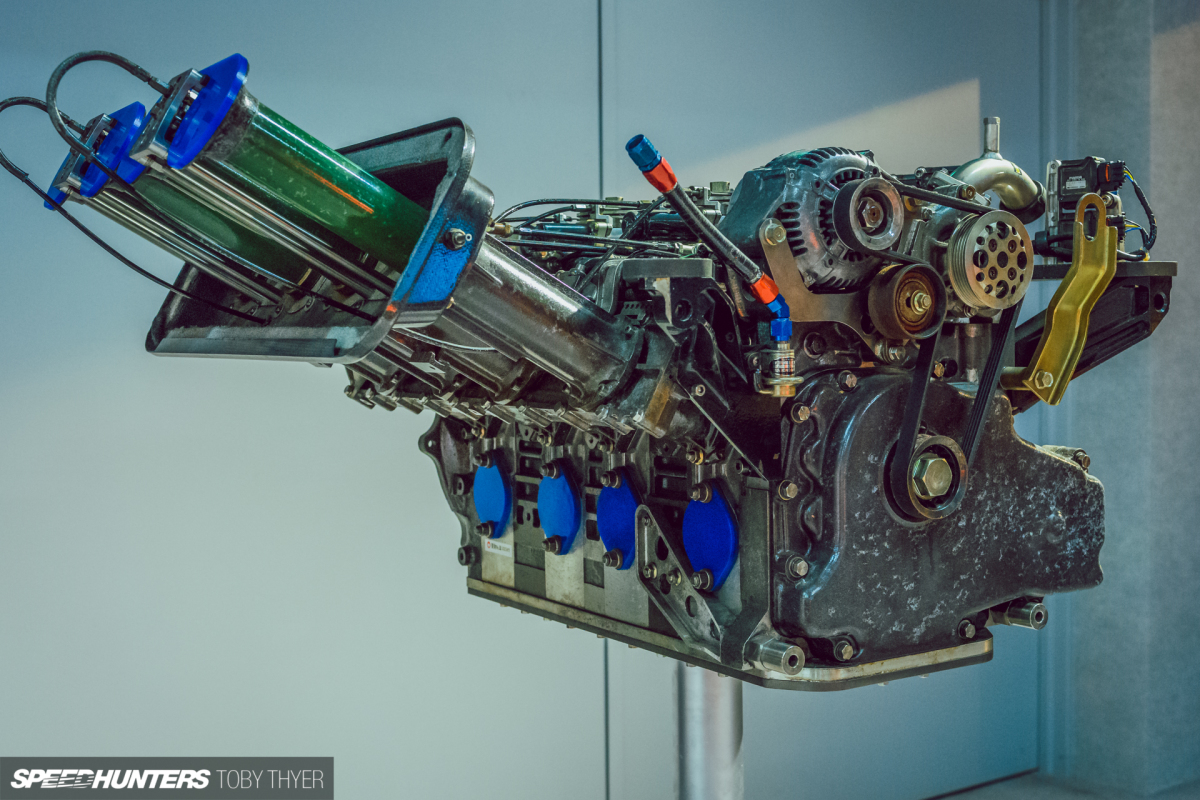

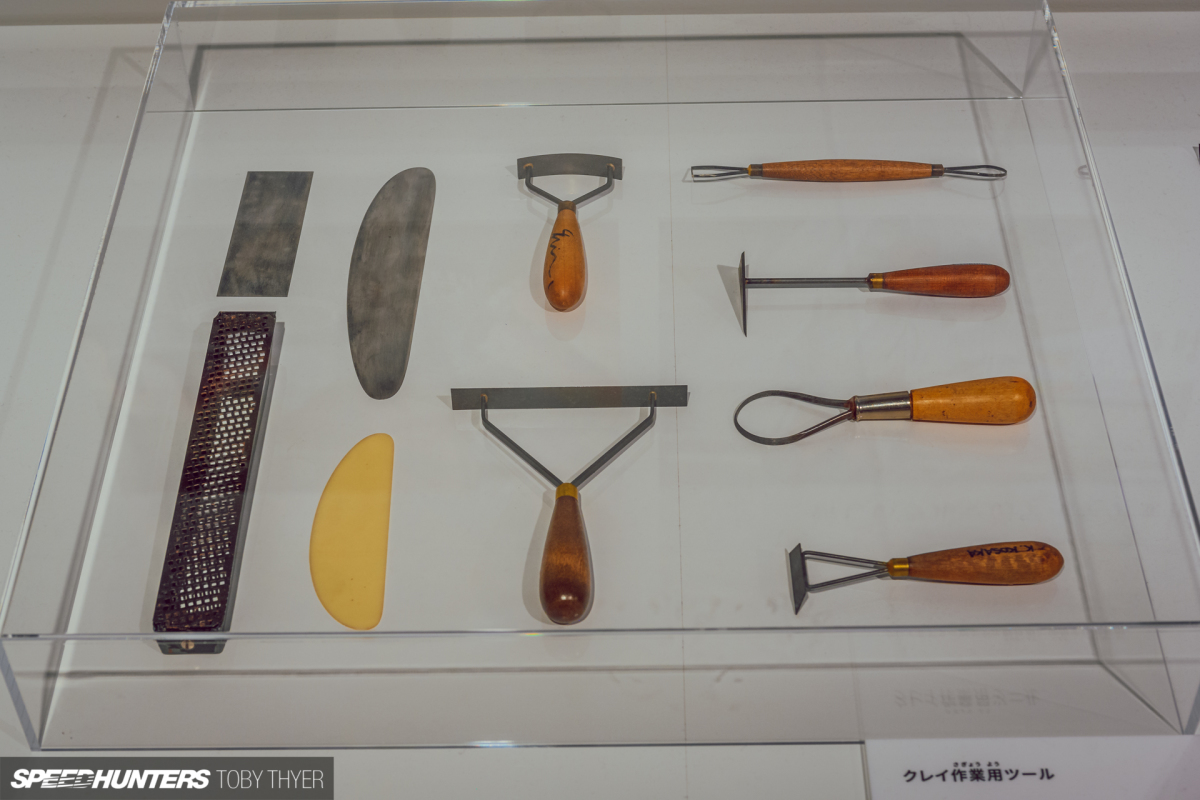
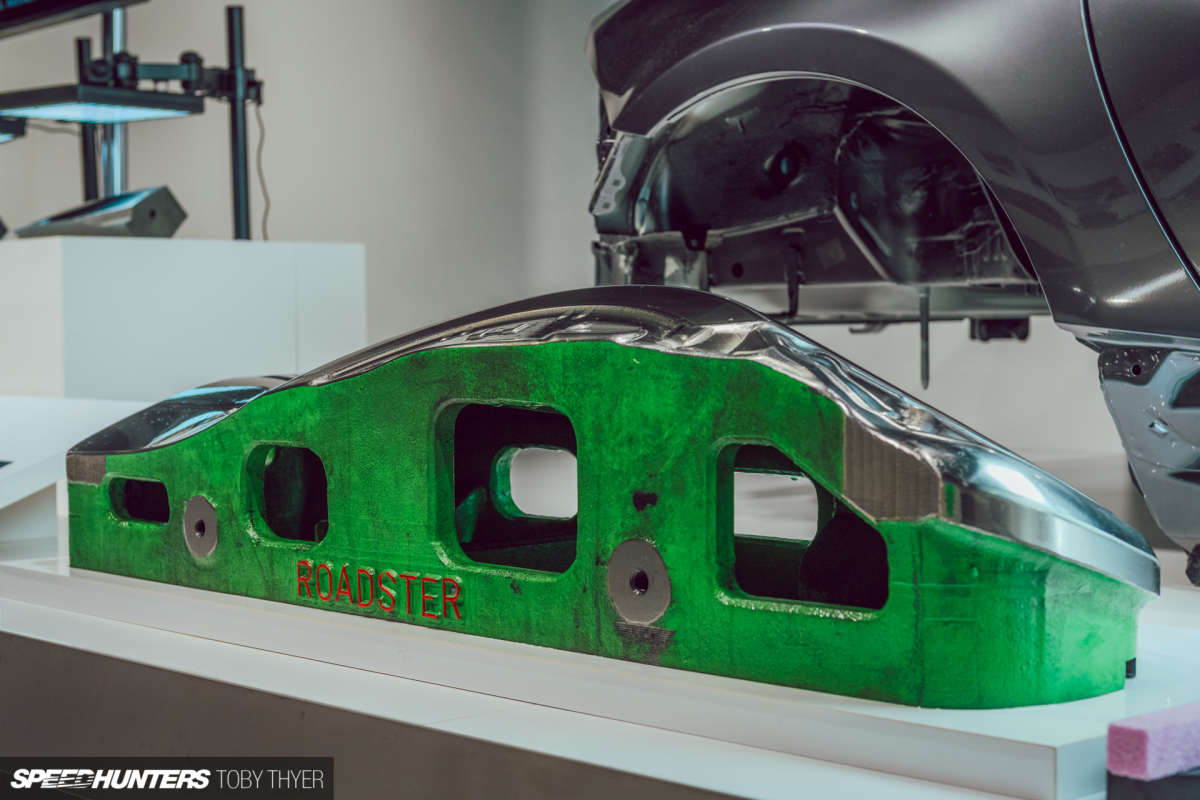
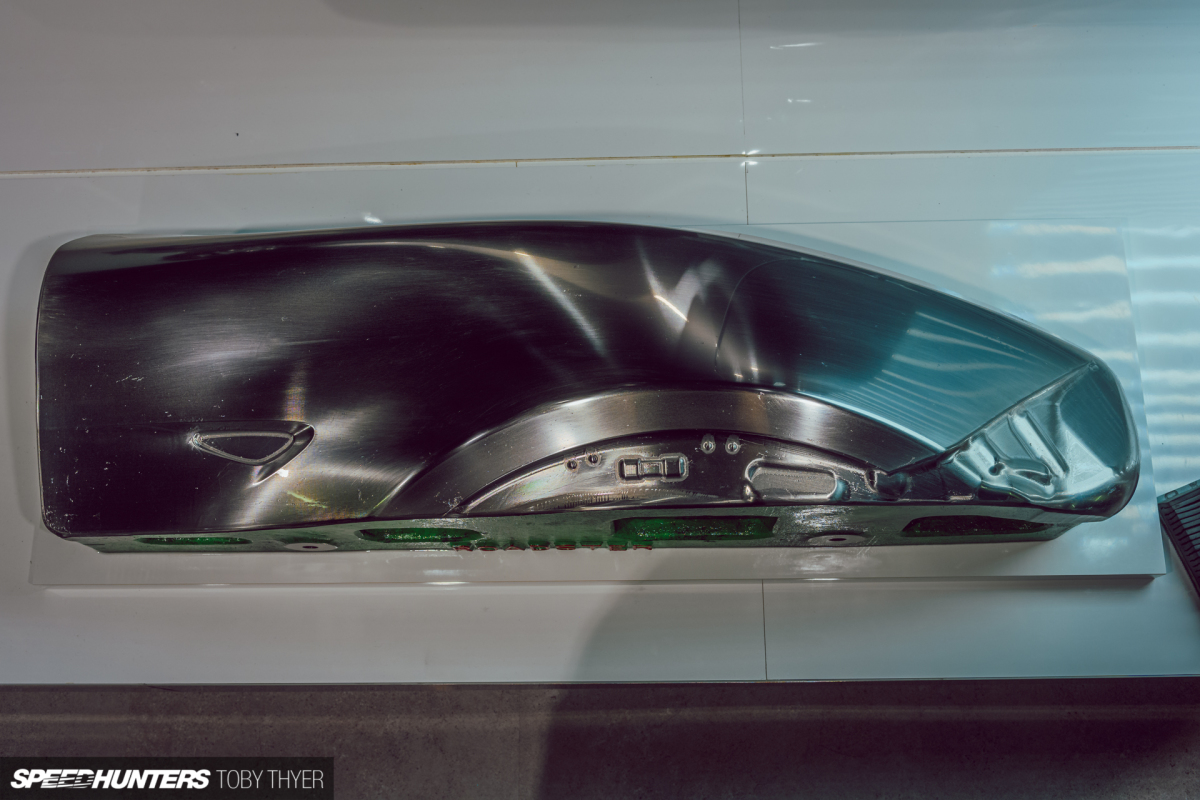
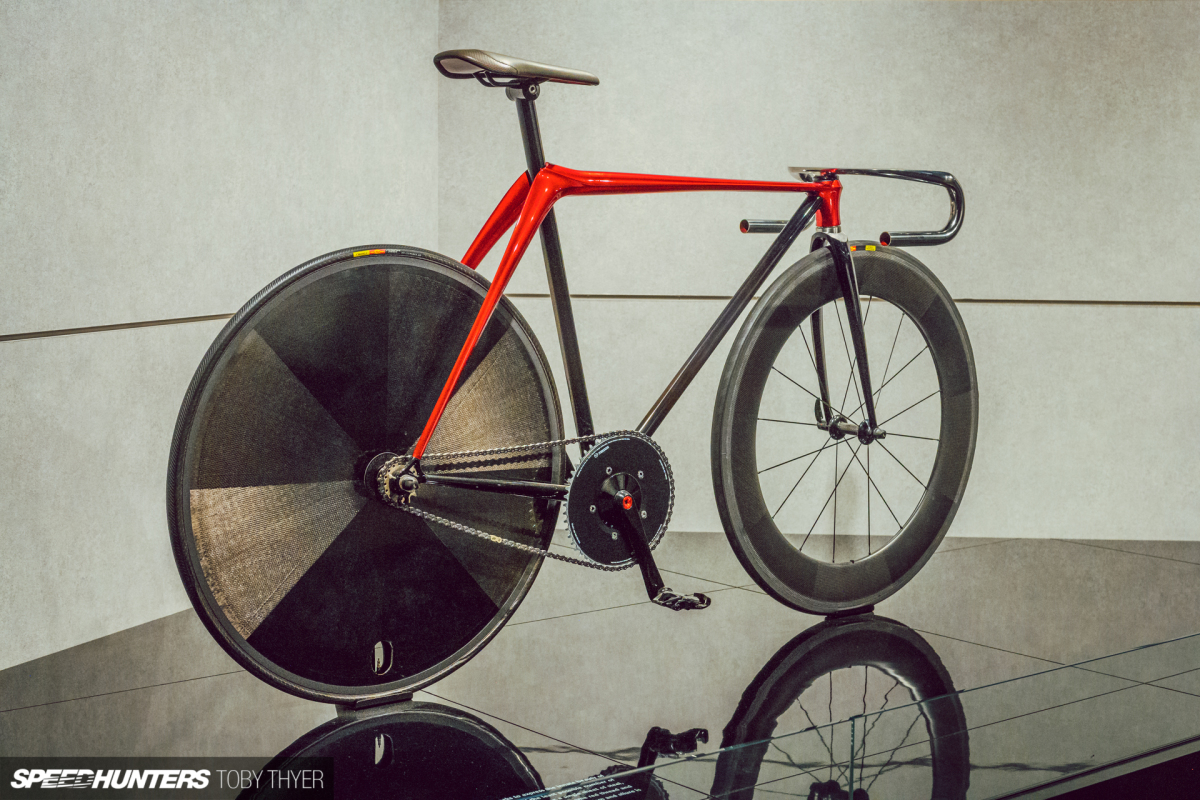
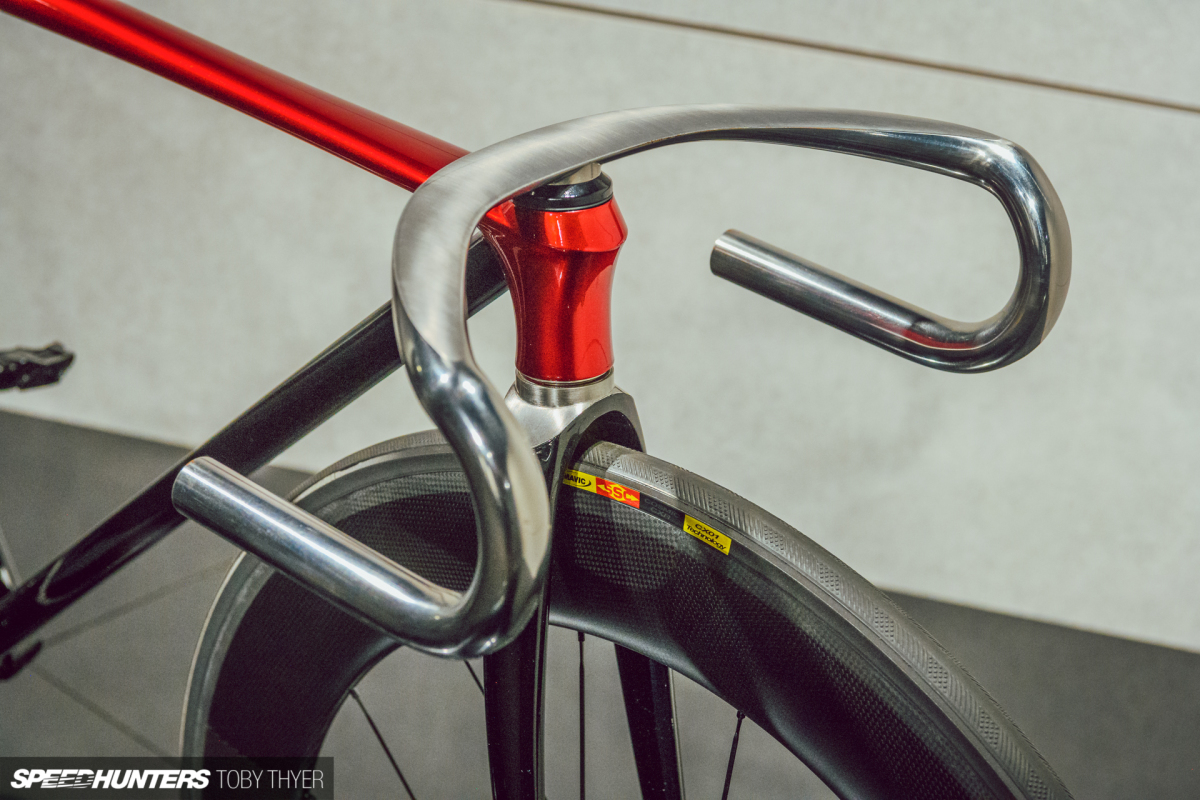
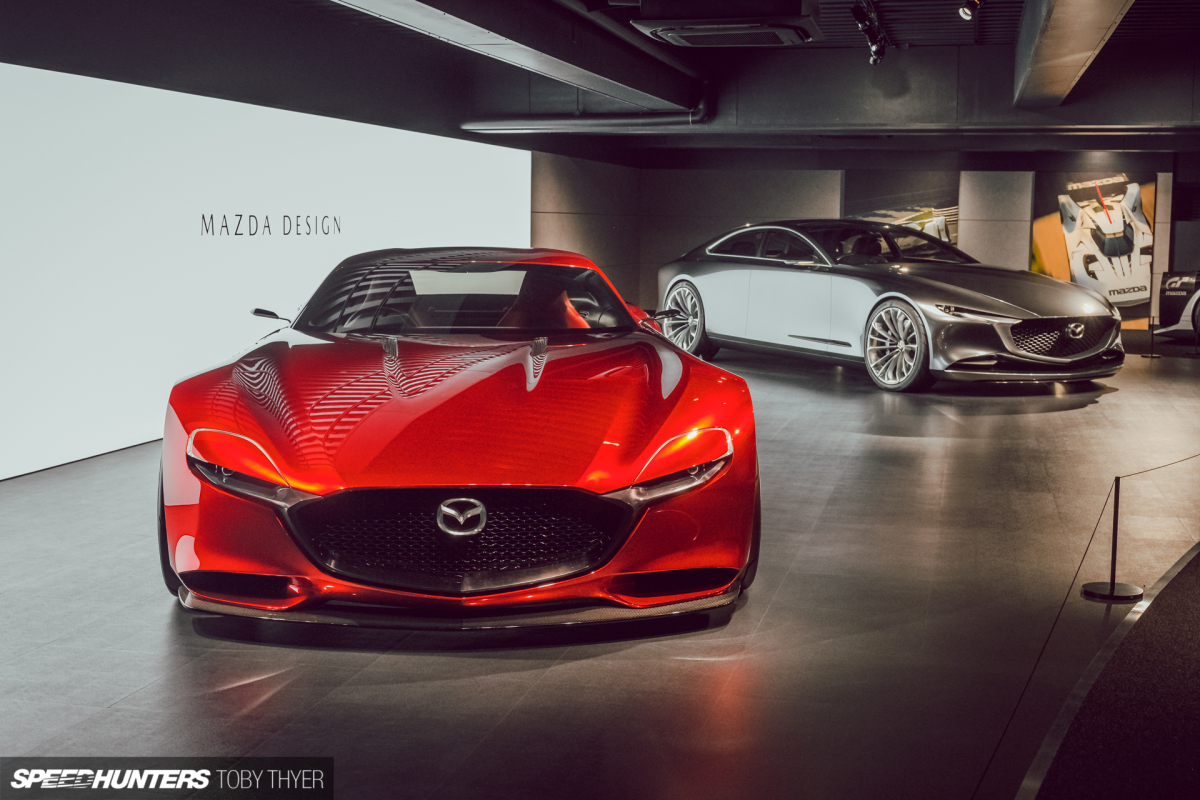
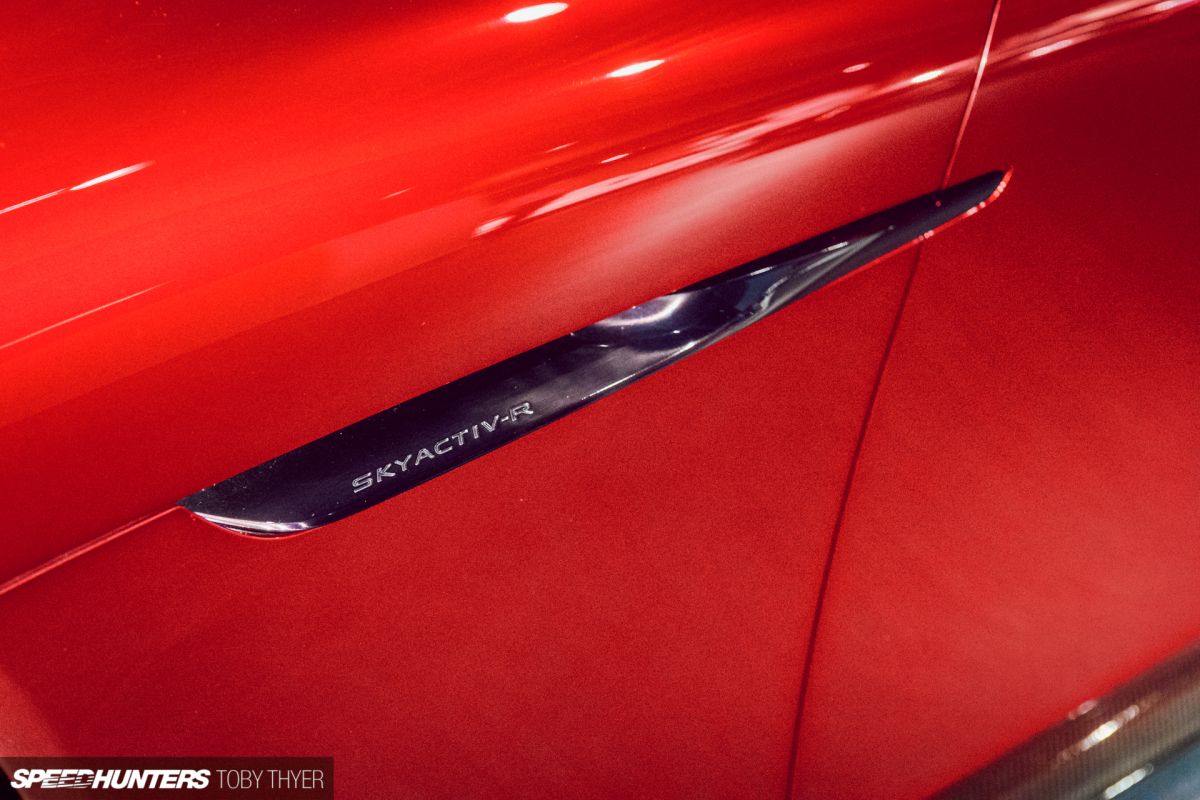
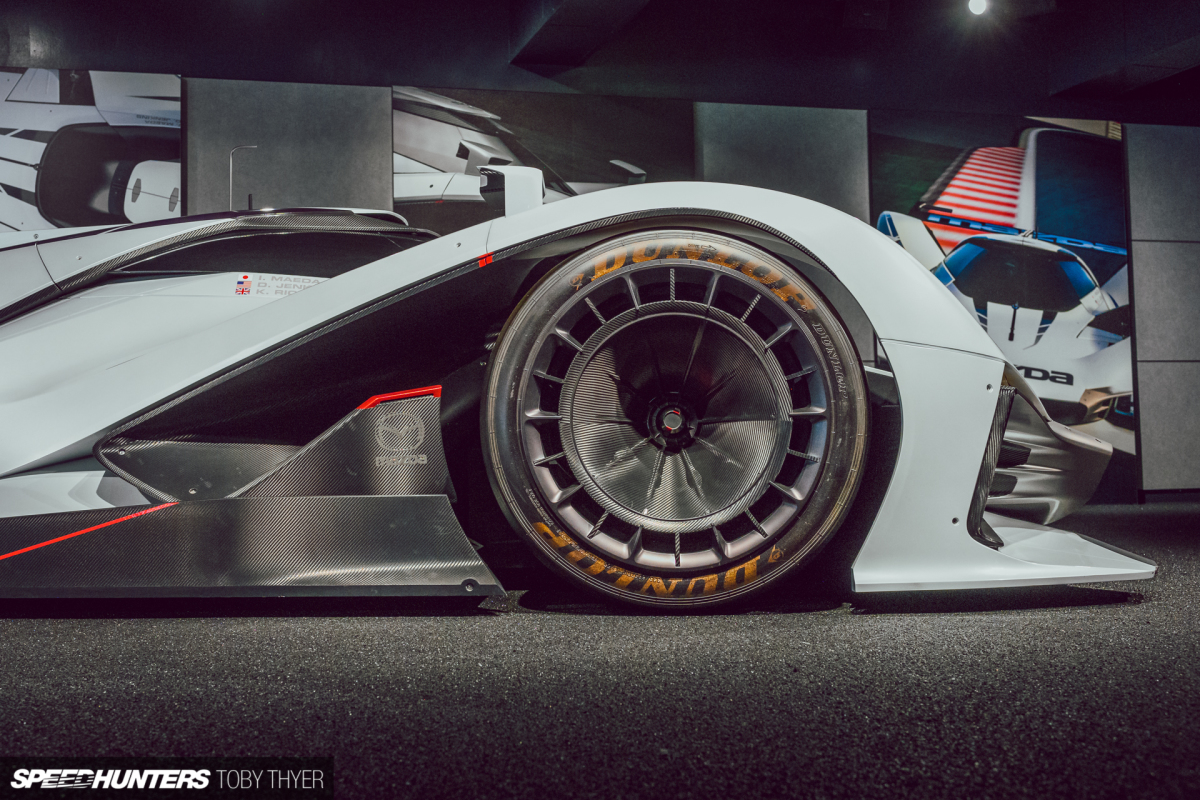
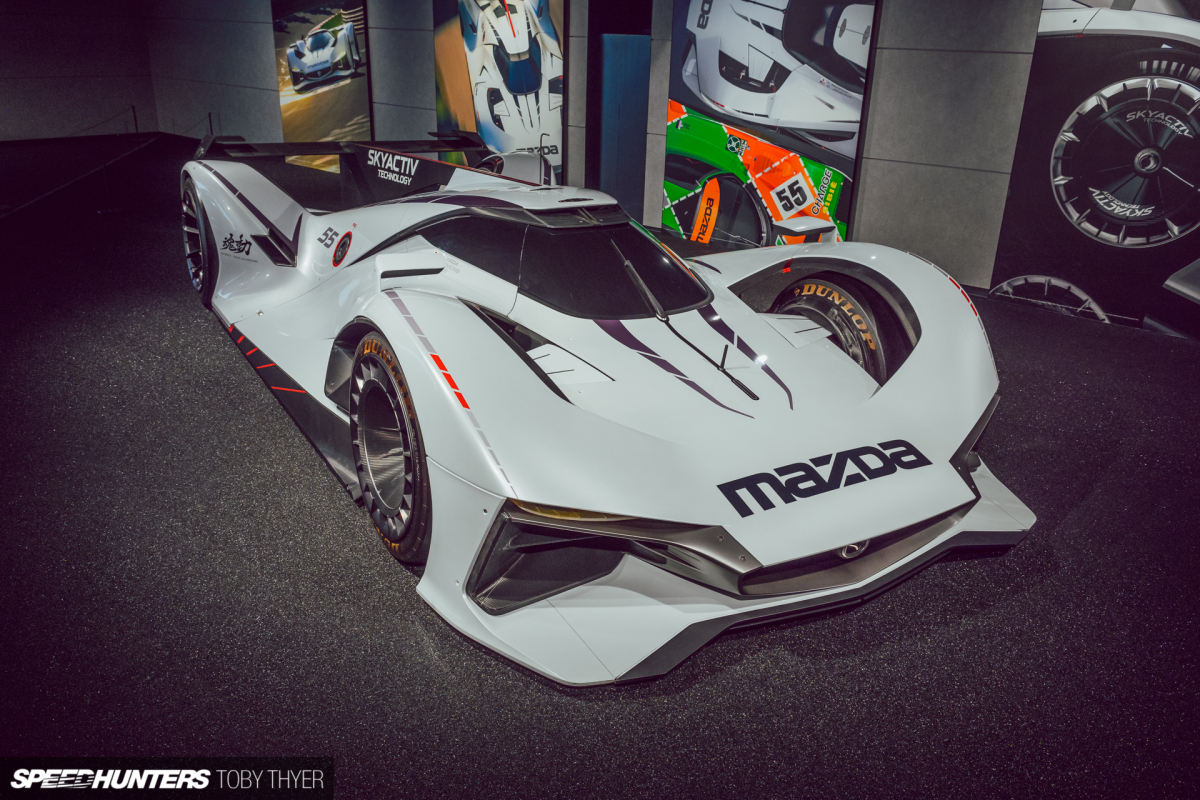
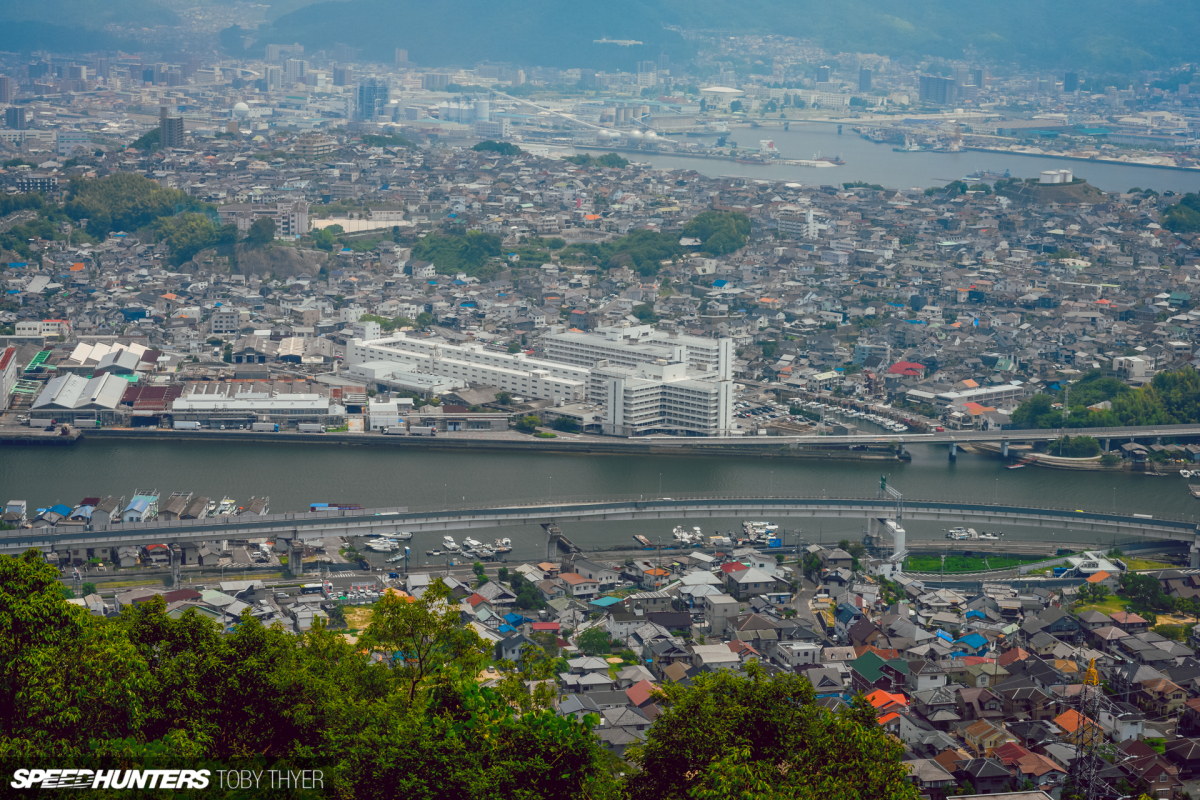
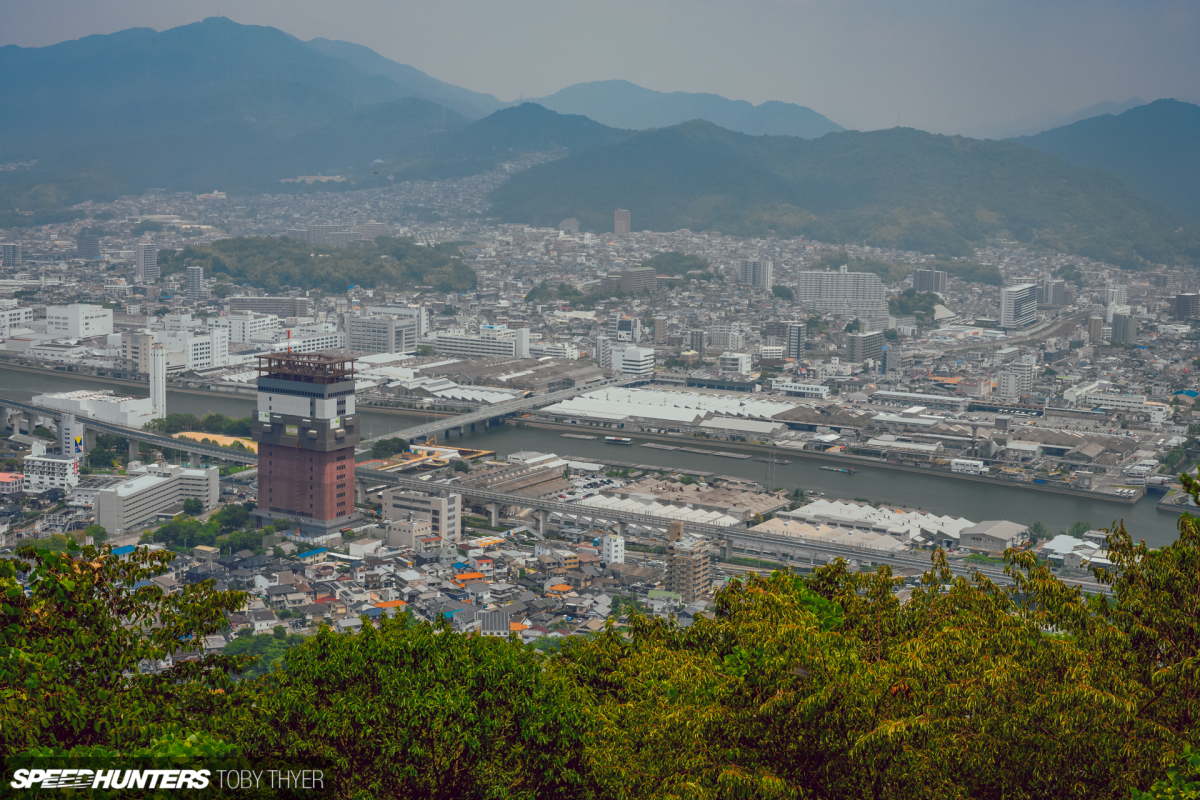
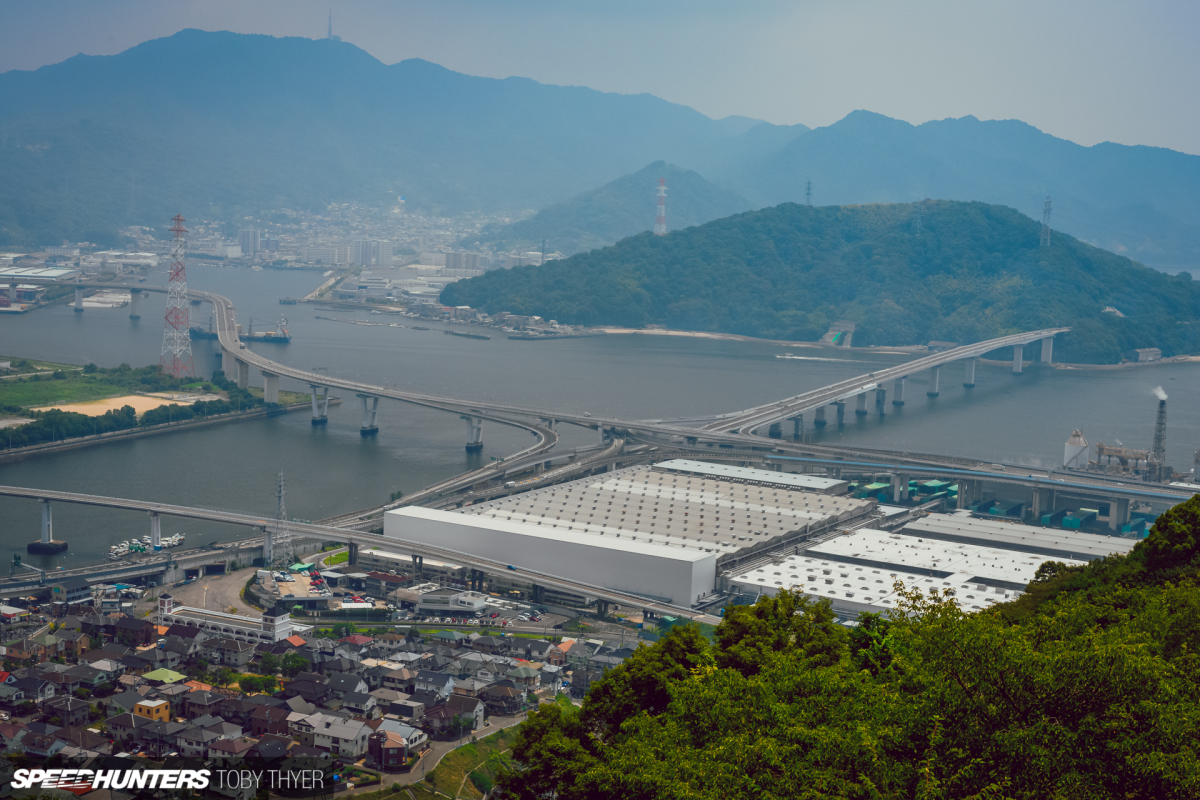
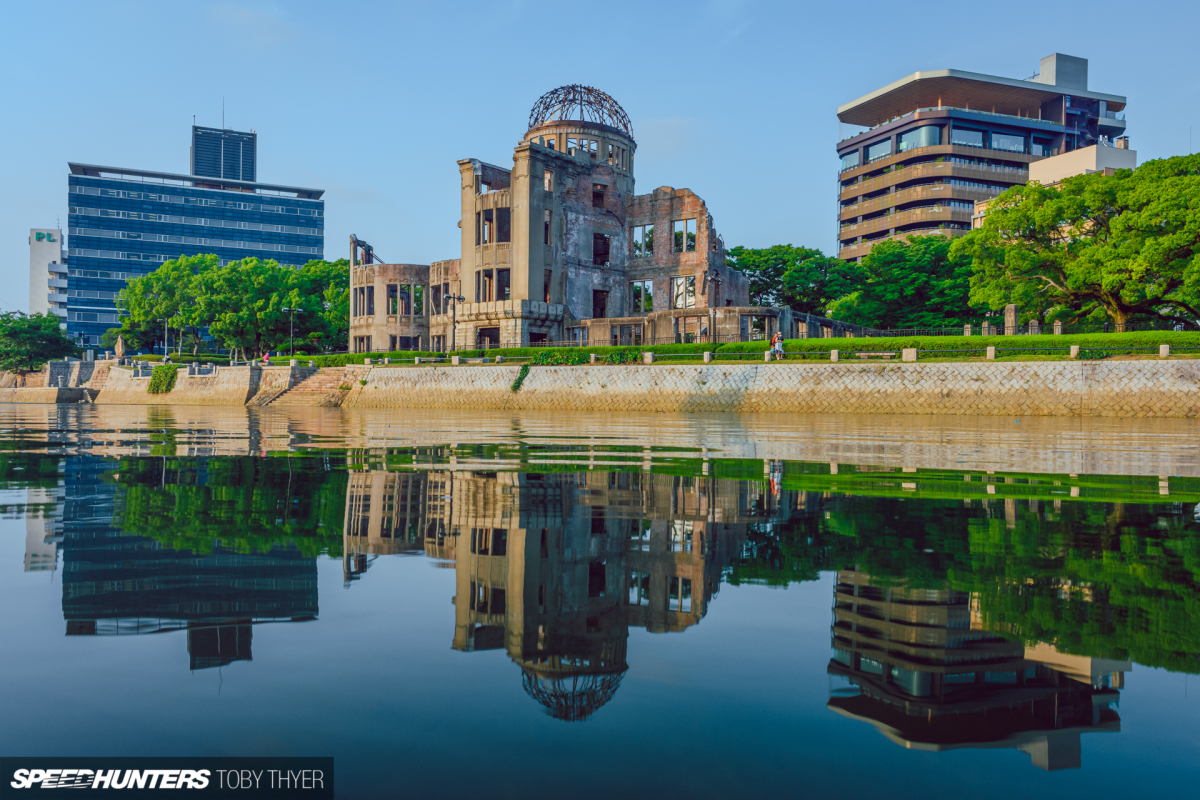
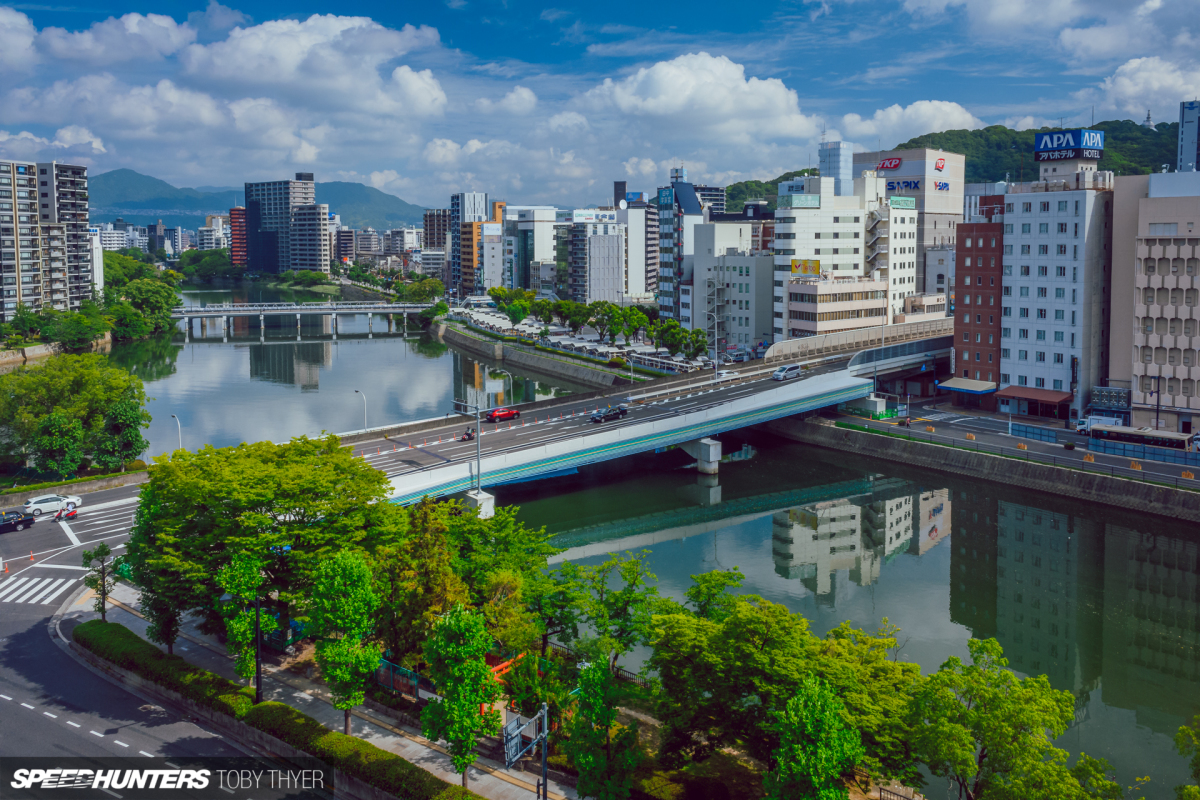
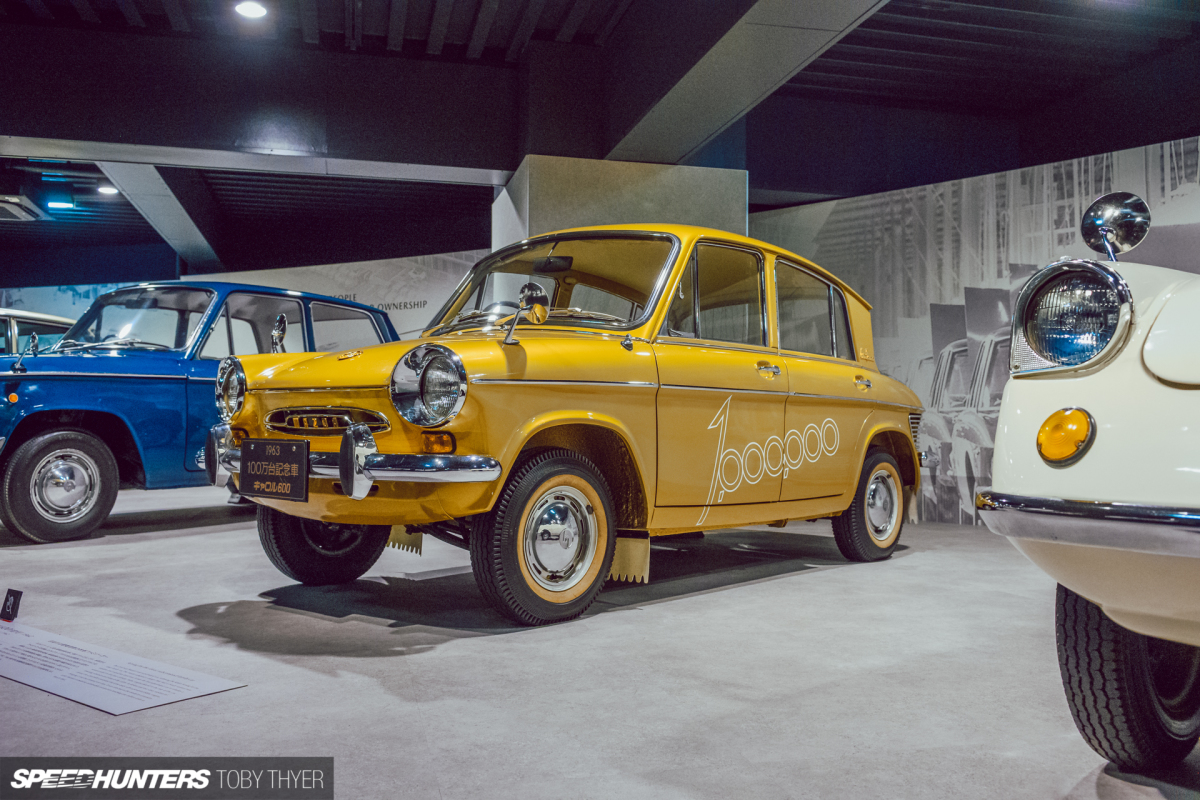
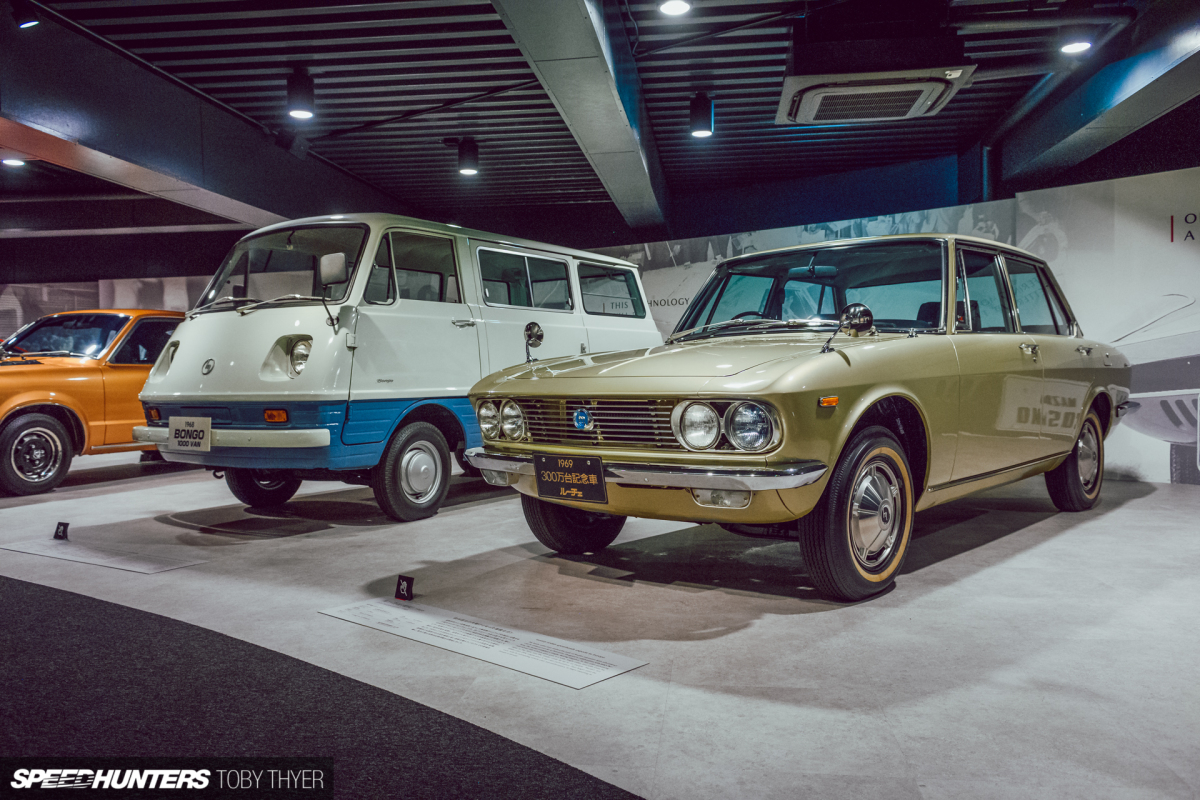
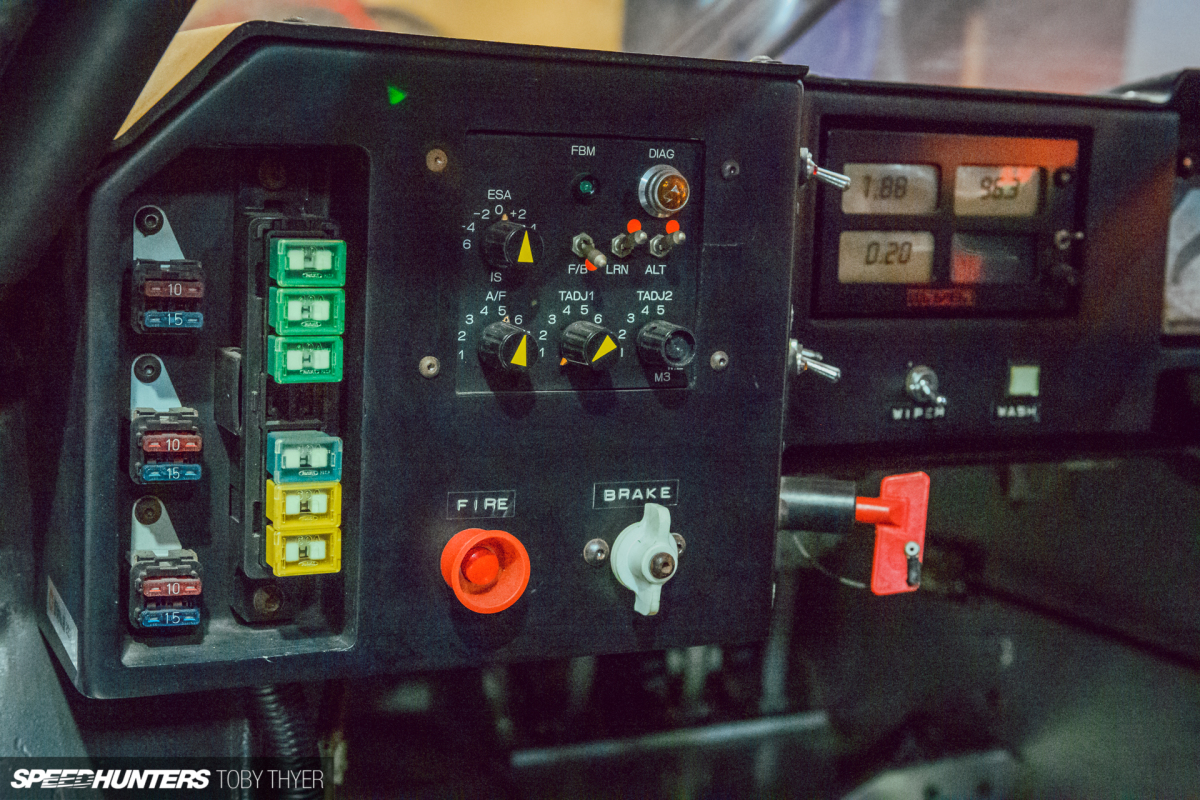
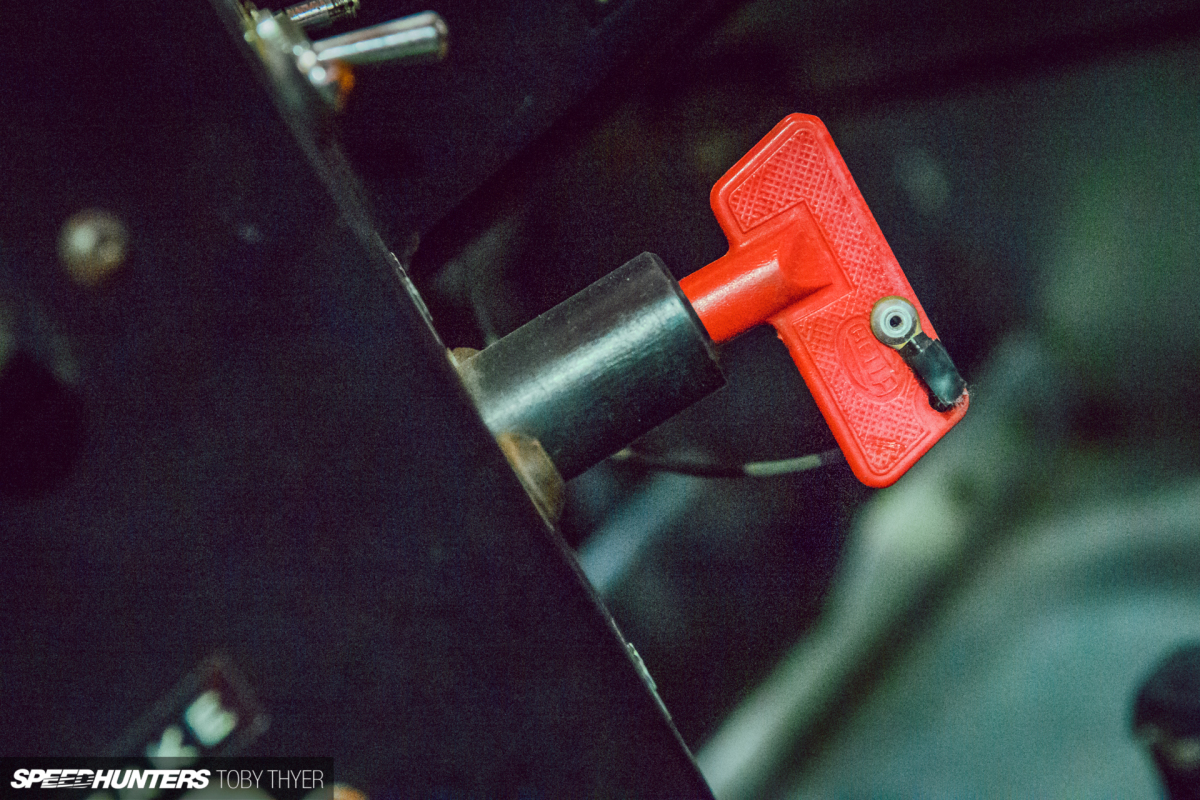
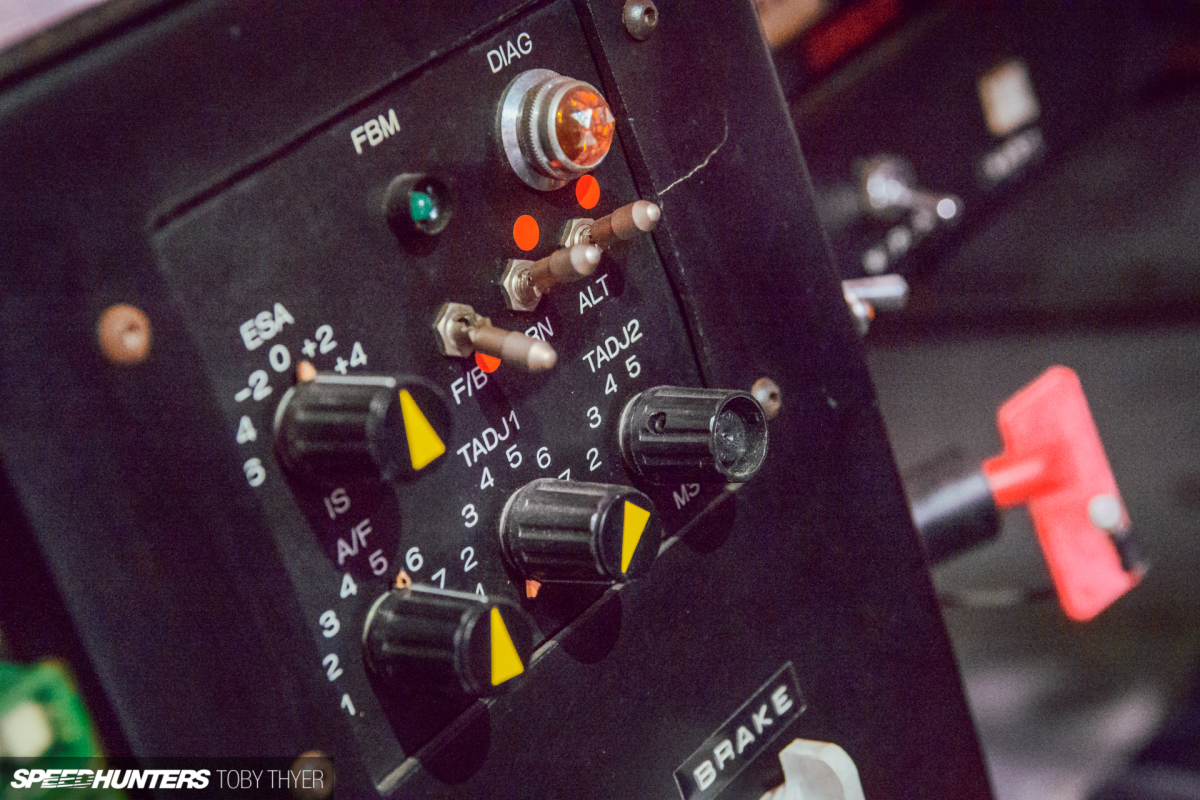
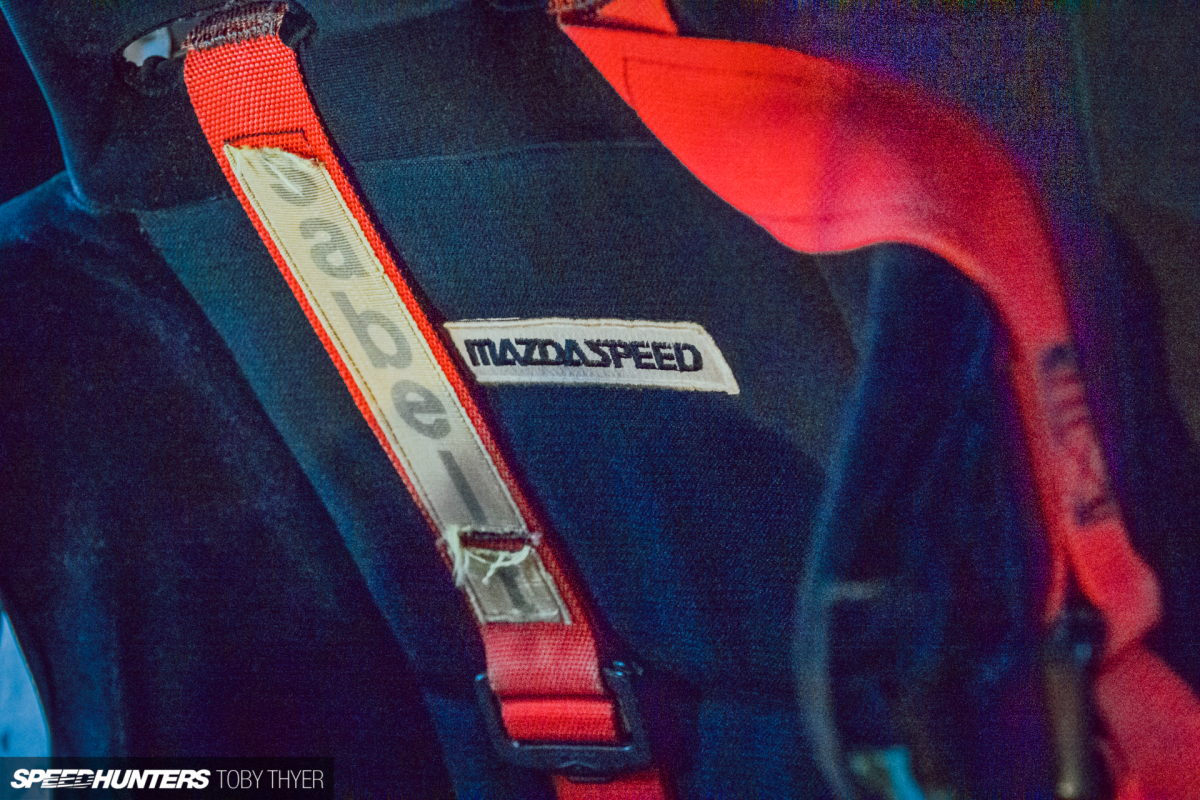
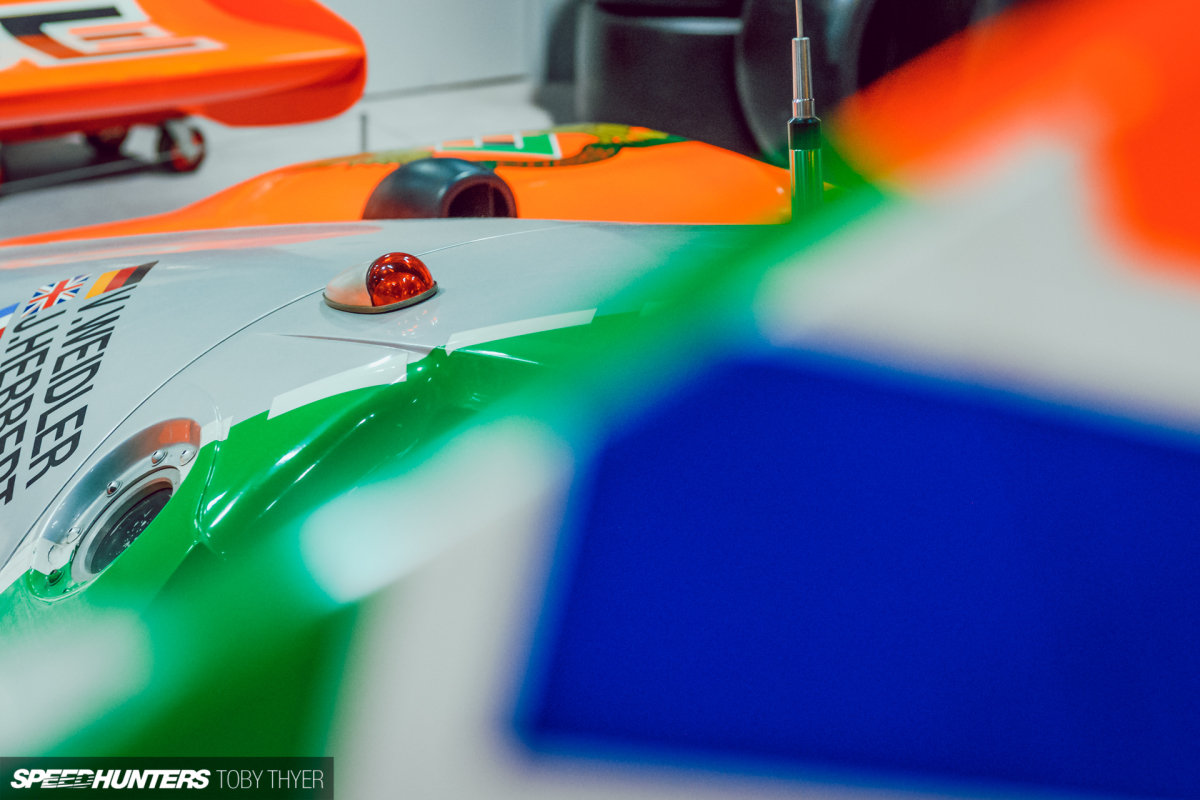
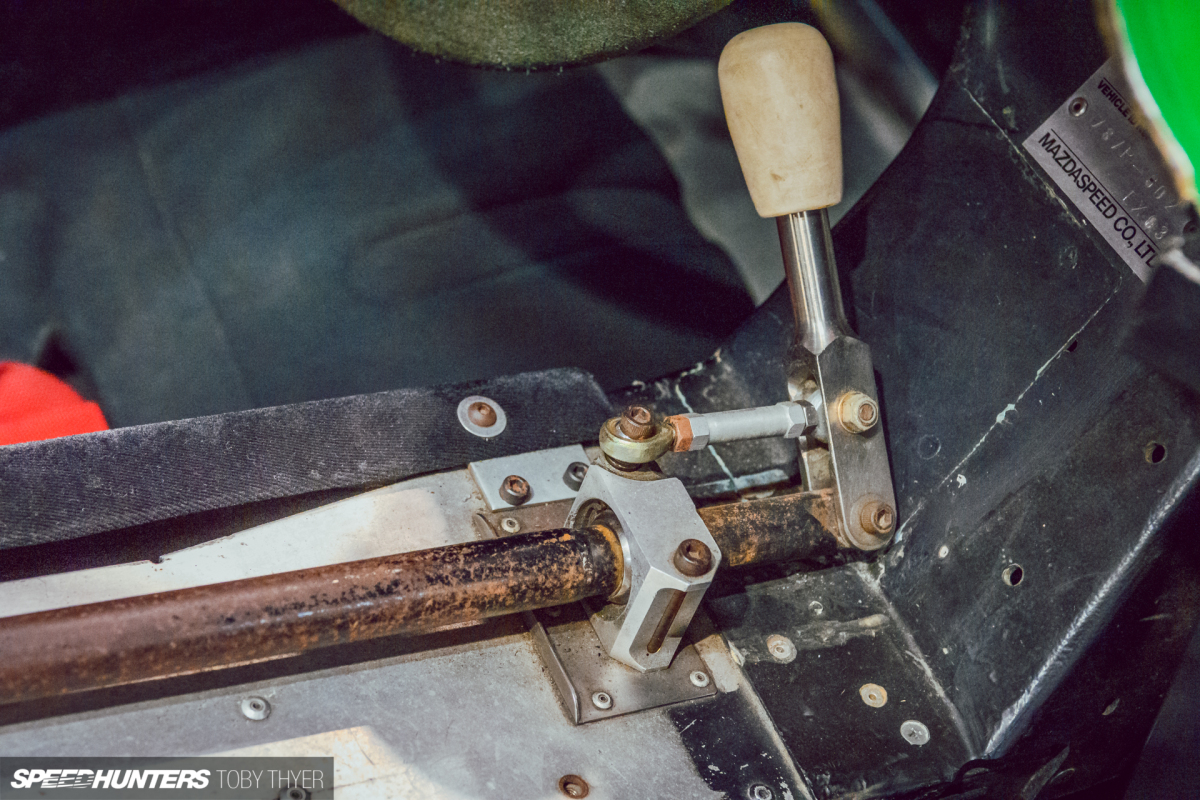
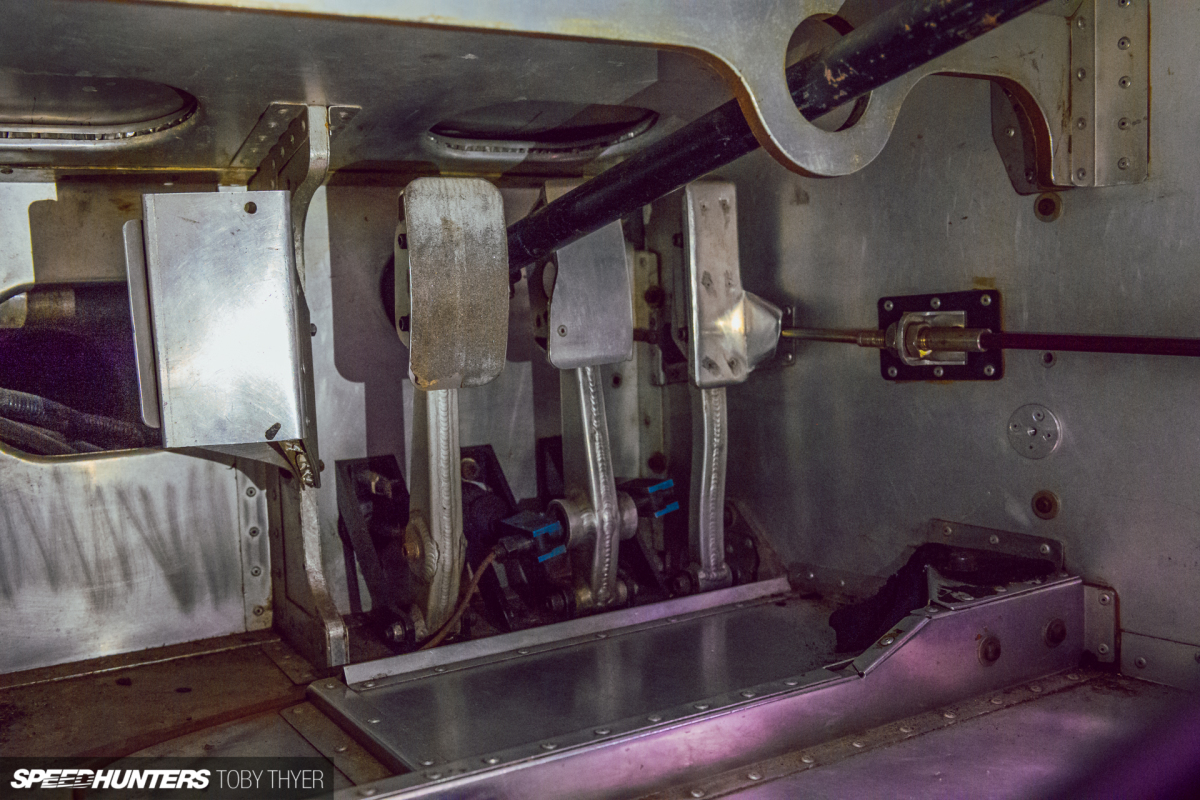
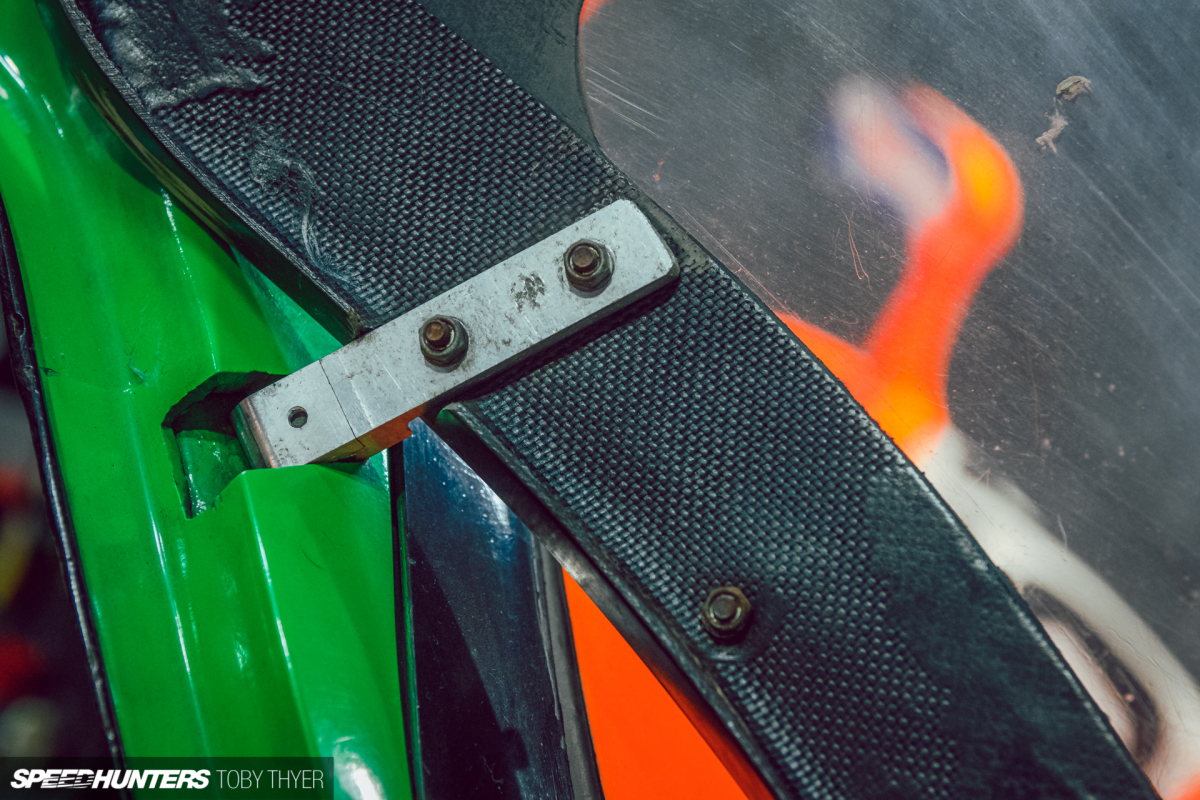
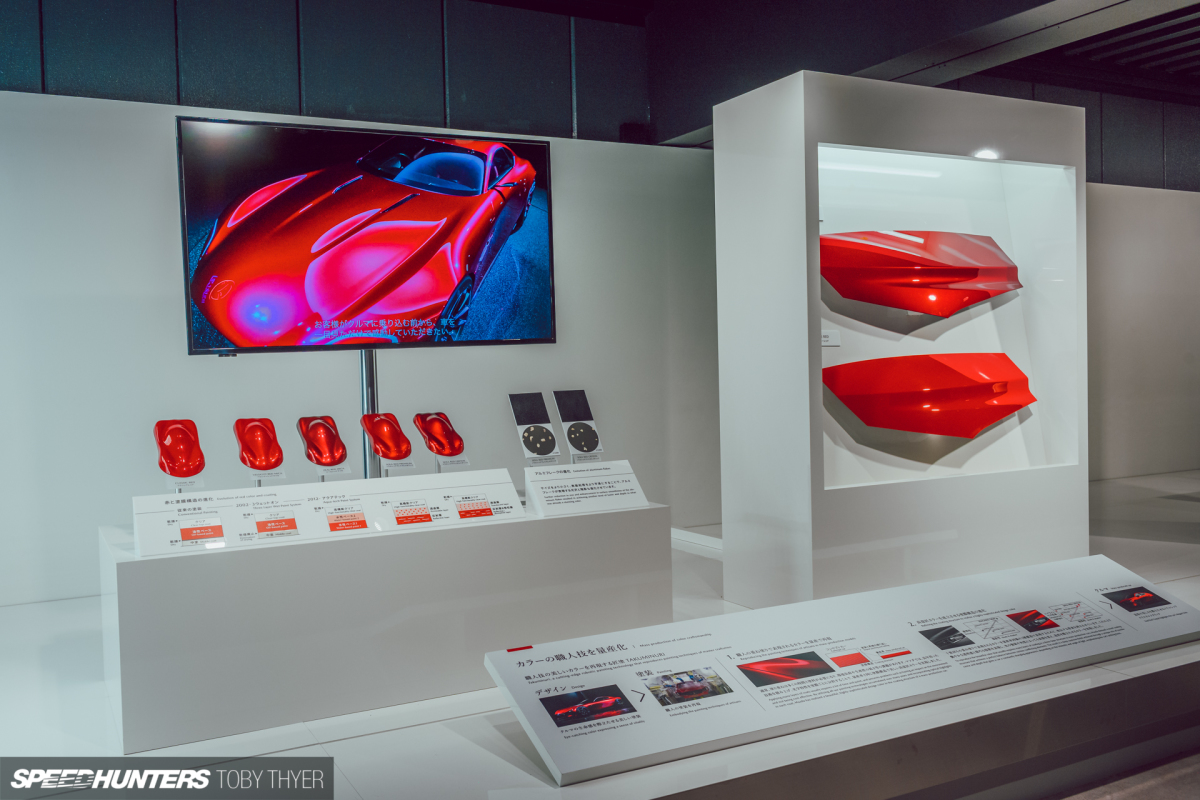
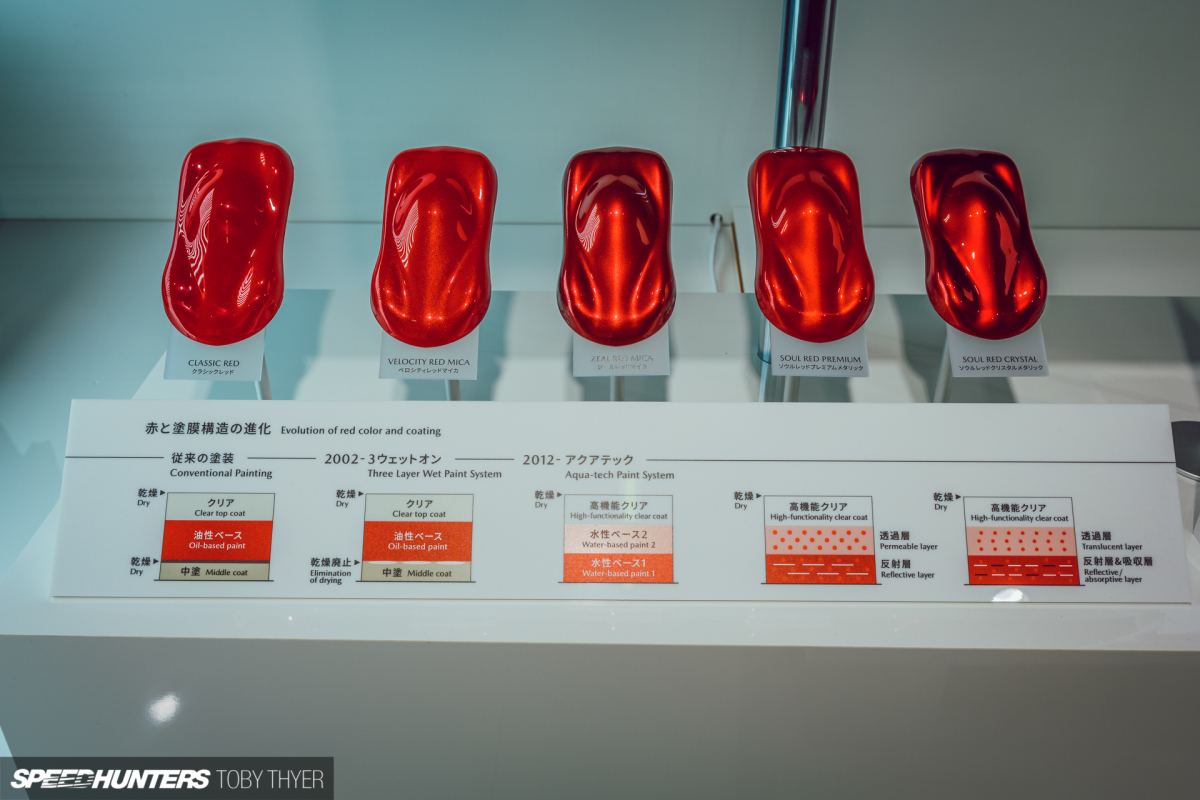
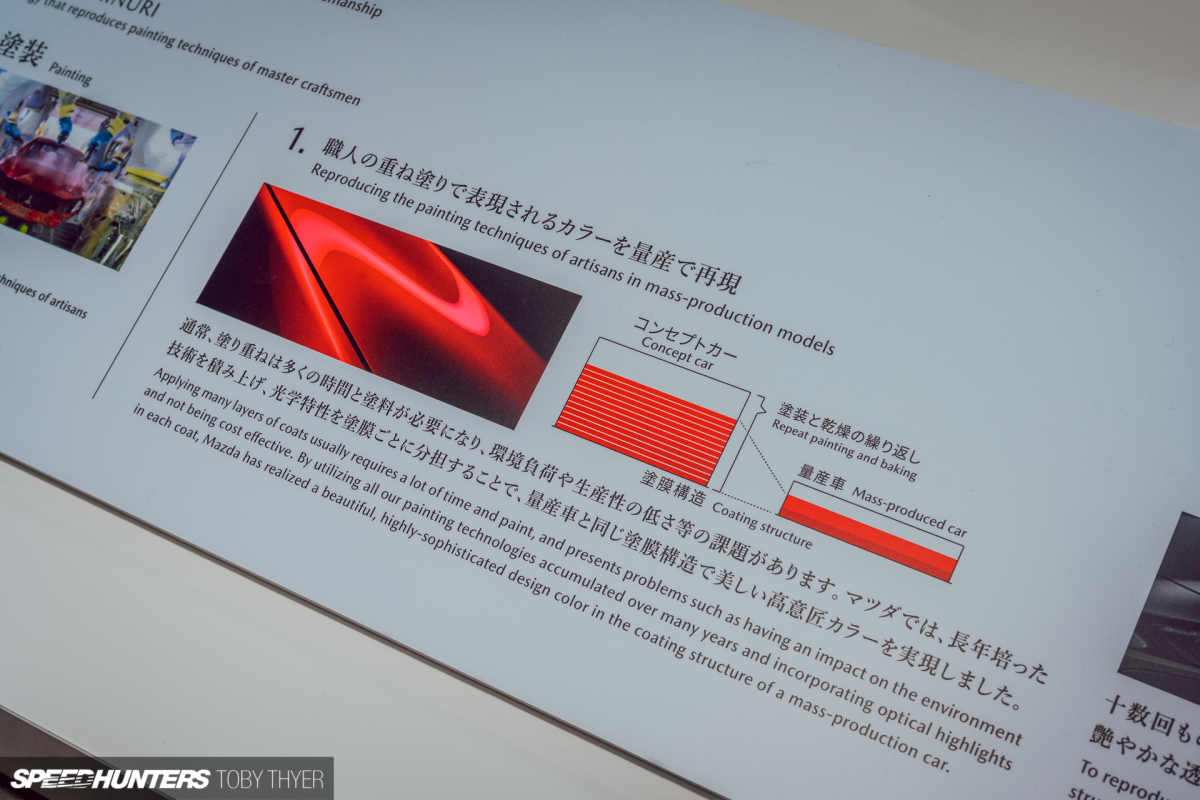
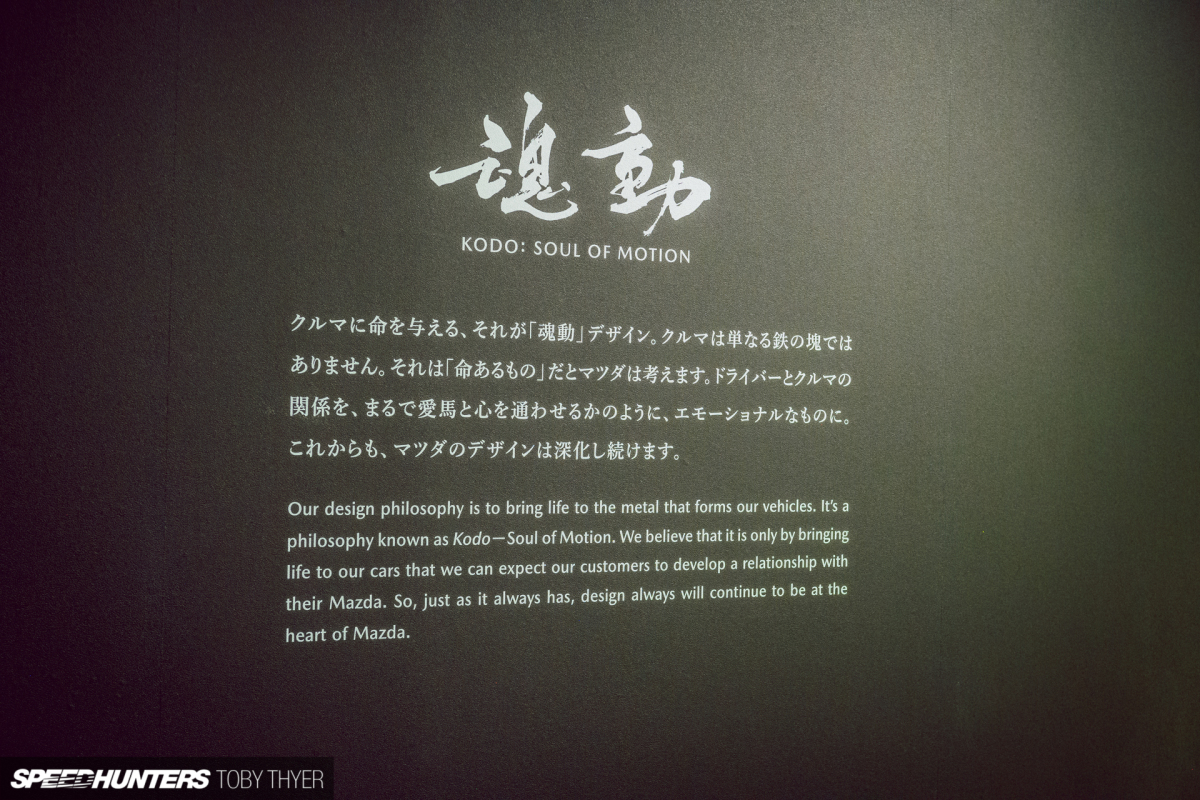
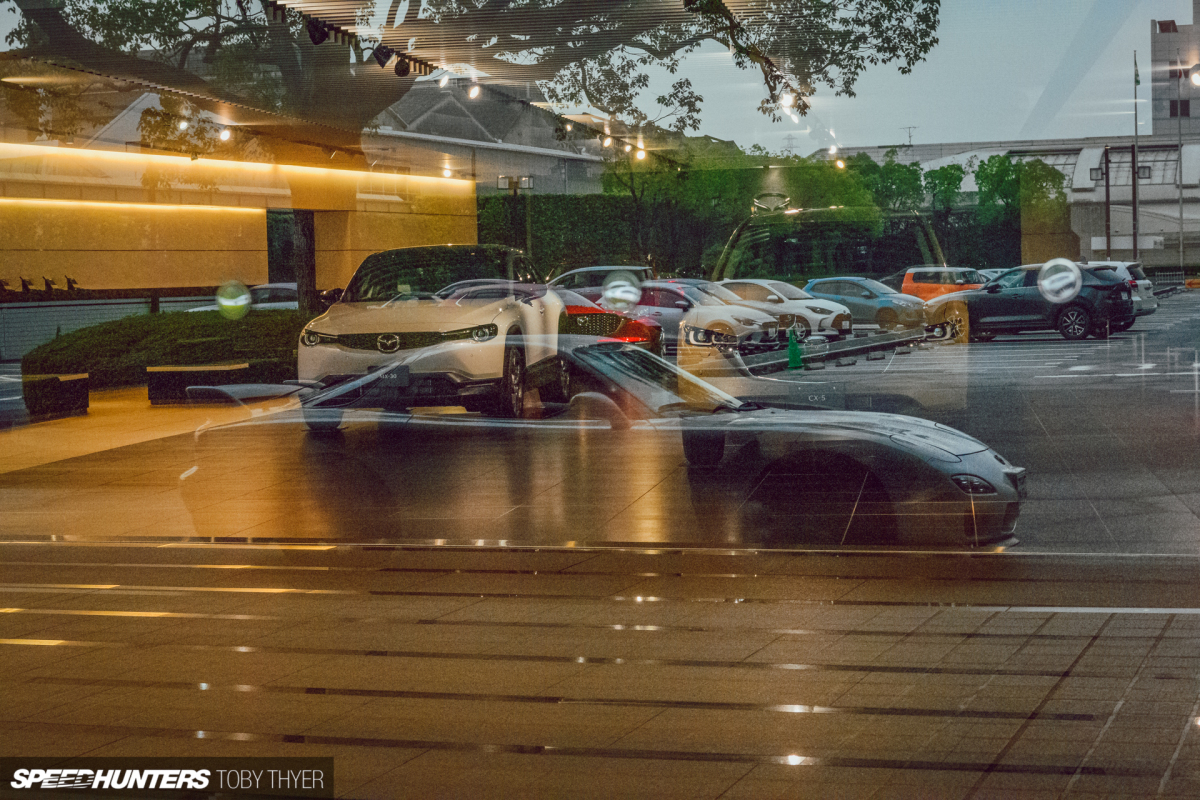





I'm seeing 3 plugs per rotor, the black leads at the top are the added 3rd plugs.
Great photos, doing the Mazda tour is one of my automotive bucket list items.
You may well be correct, there are black plugs going somewhere!
As a automotive design amateur, I got to know 魂动 involves great difficulties shaping the surface to manage the light and shade and it's quite hard constructing digital models and building actual parts. It would be hugely expensive to realise the shape and lines from original design in mass production but Mazda managed to make it. Salute.
I'm waiting for the day Mazda turn the LM55 Vision GT Concept into an actual functioning race car and enter competitions with it!
Man this city is so beautiful yet so haunting
Crazy how this is the home of Mazda where its legacy lives on
Since this article is as much about post was japan as Mazda please remember that this was not an innocent people. They started, continued and were not going to end the war so the weapon that would end it was used. Also remember the US spent over 2.2 billion dollars in helping the Japanese government rebuild. (18billion today). I enjoyed the article but Japanese of that era were not peace loving people.
The first sign of being truly lost is when a person willingly lets go of their own humanity.
What?
Was that supposed to be some snide or sarcastic response? It's honestly pathetic that a person can make such a broad sweeping generalization about the nearly 200,000 people that died from those two bombs in order to justify their deaths. You need to self reflect.
SMH.There's always one...
Wrong. It was just the Japanese government and army of that era that was the crazy ones. When the Emperor accepted US' terms to surrender, army commanders refused to admit defeat even after the 2 A-bombs were dropped.
That is just not true. The Japanese believed in an Emperor and followed him without question. The military used this to begin a war. But blame must be put on citizens who permited this. All of Japanese industry was building weapons. This article had just a bit too much “oh the poor Japanese” to me. The comment was about the fact that in that period the Japanese were not peace loving. The atrocities and behaviors were not peaceful. The recovery was just a incredible feat and today they are peaceful. So that was why my 1st comment. Thanks
So the people of Germany were also not peace loving eh, given they were forced to produce war supplies for Hitler's genocide.
You missed the point of the whole article man...
The peace museum is a place that left a haunting memory from seeing graphic pictures of suffering that must never again be brought to reality for humanity. Tears streamed down my face from seeing the suffering, and reading the harrowing stories of so many during my visit.
Mazda is also a special manufacturer to me, as owner of an FD3S RX-7 for over 20 years. No Japanese car design is more beautiful or focussed in its execution, in my view, and the rotary engine remains unique.
Looking at the 767B's engine bay closely, then watching & hearing it do a couple of laps at Tsukuba during an RX-7 event about a decade ago, was unforgettable.
It's wonderful to see some pictures of the Mazda museum. Thanks for sharing your experience of Hiroshima.
Amazing write with a necessary introduction 10/10
Great one Toby. I miss my trip to Hiroshima and the Mazda factory from a few years back.
Hey thanks Vladimir! They've just finished updating the museum so hope you enjoyed it!
Yeah, I noticed some changes!
Remarkable article Sir. Thank You for doing this. It felt like i was there
My pleasure, glad you enjoyed it
CLEAN I LUV IT
The fact that Toby, the king of rolling shots, is writing an article that features so much /stillness/ makes the article even more poignant.
Great content! And amazing Pictures!!! Its great to see how proud they are of the Rotary!!! Intresting how different are the Paint Samples! Now we need a another RX!!!
Man, this is awesome
Hey Toby. Thx for the history lesson. I always enjoy when the car world exposes me too culture/history/geography etc, sometimes accidentally, sometimes intentional. Very well presented.
Well written. Your comment on the number of deaths in the Pacific war is short by a long way.
The numbers are huge.
http://pwencycl.kgbudge.com/C/a/Casualties.htm